Introduction to After Effects: A big Mecha
March 8, 2021
Everything went wrong that day. I was feeling pretty down after coming to terms with the truth that my latest job application would also go unanswered. It’s was tenth or hundredth application—I couldn’t tell anymore. It was noon. The sun was shining outside. Not a cloud in the sky. -1 C. I felt hunger—and not for food. “Pity party over!” I told myself, grabbing the gear bag, tripod and a few plastic action figures. “High time I did something for myself”. My fingers froze before I got to the first traffic light, my gear cart rattling behind me as if it too was cold. Quick weather check: it actually feels like -11. Damn windchill. My slow brain ignores the obvious, dangerous implication of working with plastic figures in strong wind. I can only think of getting to the shooting spot I have long ago selected: a fake, 5.5 feet tall fake rock at one side of the playground across the street.
It’s a struggle to put the camera on the tripod. My fingers feel like they've been replaced with giant sausages. As I look at the sketch I made earlier, I also struggle to keep the phone on my hand. The wind is picking up. Unbelievably, I still don't make the connection between high wind, the tall rock where I'm going to shoot, and a large but very very delicate plastic model, made up of hundreds of little tiny very breakable pieces. All I care about is the idea. I turn and twist the robot into something like an action pose, then pick it up and move its pieces around again and again, trying to find some type of balance against the wind. After a few moments, I leave the robot on the rock and move behind the camera. When I look through the viewfinder however, all I see is a clear blue sky, with a little bit of fake rock at the bottom of the frame: My subject had fallen off the rock, and was now cartoonishly sticking out of the mulch like some type of sci-fi ice cream stick. When I pick it up, I notice the upper torso is missing.
“Must've hit something on the way down” I tell myself, “don't panic”— Mulch is soft and to my relief, nothing seems broken. A blind man can already see where this is going. Two, three times, the cheese sticks that are my fingers somehow manage to turn out an interesting pose for the robot (I’ve already abandoned the running pose idea—its impossible to balance the guy in two legs, let alone one). By the fifth shot all I’ve managed to capture is blue sky. On the tenth shot, I capture an impressionistic blur--the exact moment the robot plummeted to the floor once again. I begin feeling anxious and at that moment, the wind died down. Hastily, I put the robot into another pose with precarious balance. I decided to stretch, with my left hand hovering near the figure, shielding it somewhat from the returning wind, and my right hand reaching and pressing the shutter button. Since I cannot see what I’m shooting, I entrust my focus and exposure to a Hail Mary. The wind dies down again; I jump behind the camera—and the wind picks up again. Blue sky. I bend to retrieve the figure off the floor and die a little when I recognize missing parts on the right arm—the tiny little fingers of the left hand, so prominently displayed in the blind shot of moments ago, were broken. I've had this kind of thing happen to me before—I know there's no fixing this. I sigh for ten minutes straight.
Dismayed, and at the border of tears, I pack everything up and head home—the rattling of my gear cart calling the attention of everyone around. I feel ashamed, defeated and bitterly cold. Back at home I don’t bother putting stuff in its place. After an hour or so @lopeskatlynnudges me to at least check the photos I shot. I glance at the broken figure and think, perhaps childishly —“I owe myself this much.” I flood the computer chair, while feelings of hope and cynicism flood my brain. There’s a perverse delight in self-punishment, and I feel ashamed to acknowledge that I’m craving self-flagellation. The first image is a disaster. “Obviously”. The second one is too. “Naturally.” But the third one is not too bad. Then the last one: “…I can work with this.” And so, I do. I spend hours pulling and pushing pixels, changing colours, adding effects. I consult with a peer about how to improve the composite; I make the changes I can, and shrug off the ones I cannot. “Ehh, good enough for the first time in a long time.”
Digital Art inspired by Mechwarrior, Titan Fall, and Battletech
Companion animation done in After Effects. This is supposed to loop but the .mov is much smaller than the gif and offers far better quality
so... :/
It's still photography even if it's done inside a video game
Feb. 27, 2021
Welcome to Assassin's Creed--the game that restored my self confidence as a photographer. Sounds like an oversimplification, an exaggeration and a lie doesn't it--but its true. Because of Covid I had not touched my camera in any professional capacity in months. Schools were closed, I stayed with my daughter home for 16 hours straight. I loved those days, but they left me exhausted. After a few weeks, I turned to videogames to help me cope. Assassin's Creed offered the perfect level of activity for my remaining energy. I appreciated it offered me enough challenge to keep my brain engaged, but not so much that I'd have to actually be hyper focused in order to progress the story. By accident, I took my first shot (the one with the eagle raising in the sunset) and something inside

The image the started it all. Before
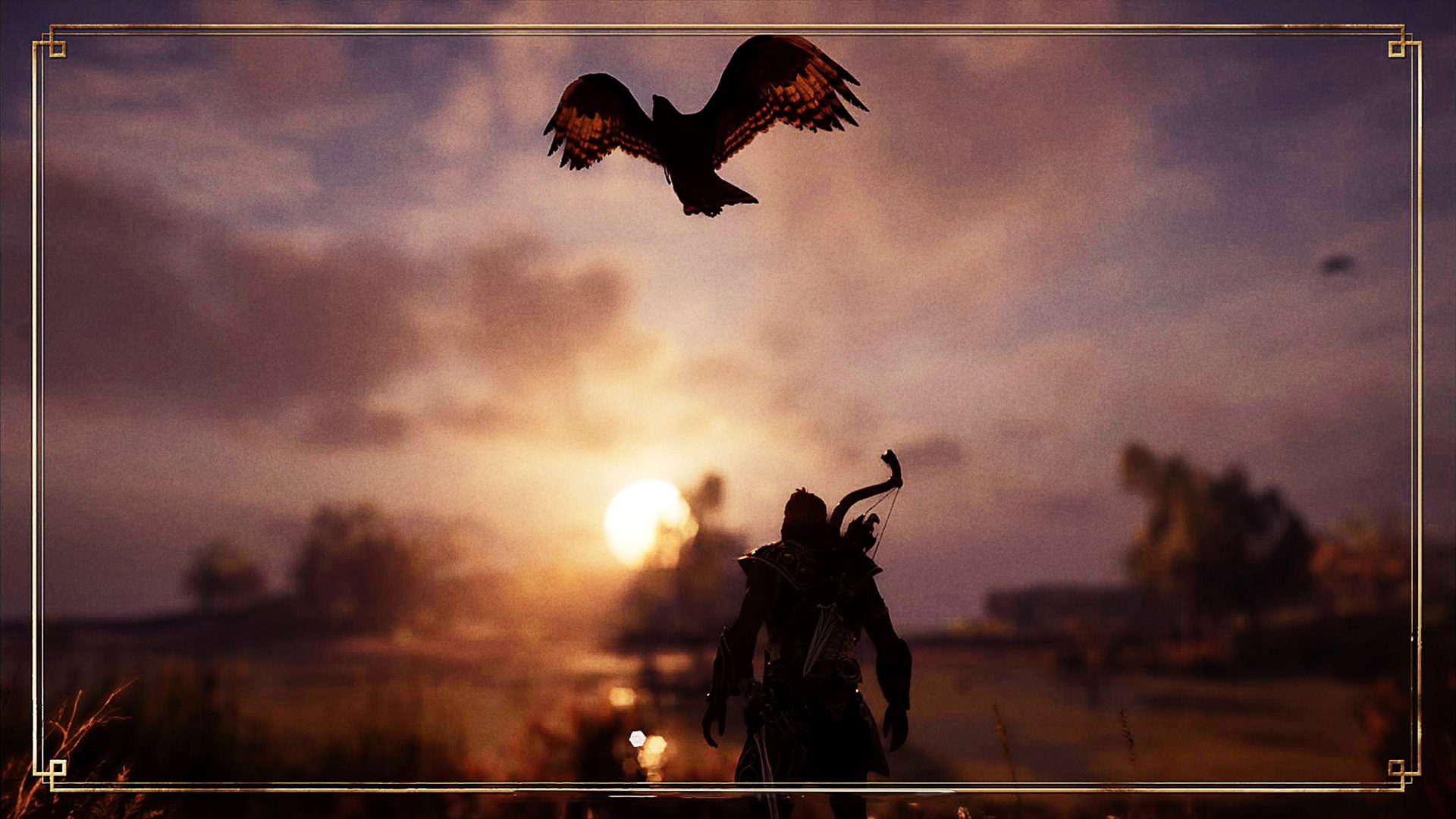
After
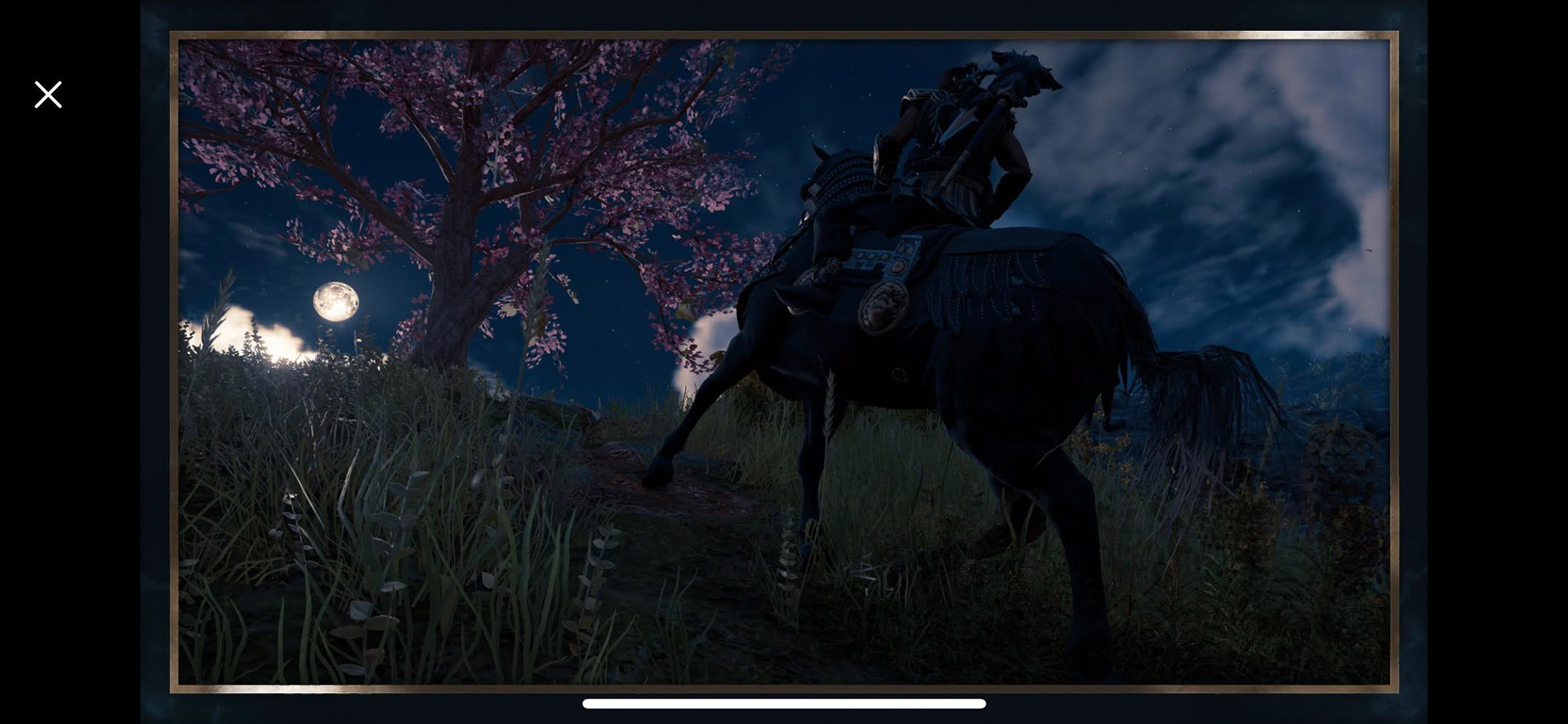
The second photo I clicked. Before
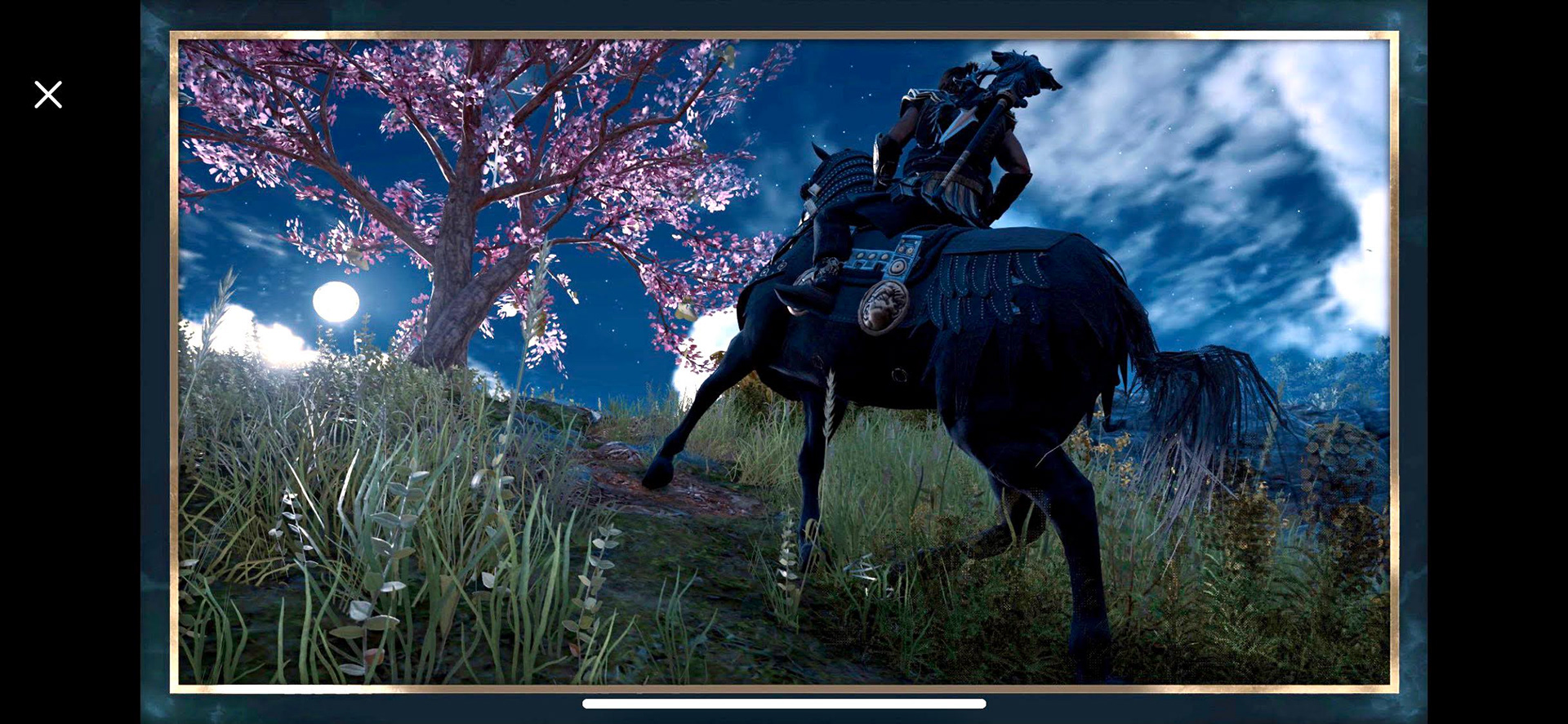

Before
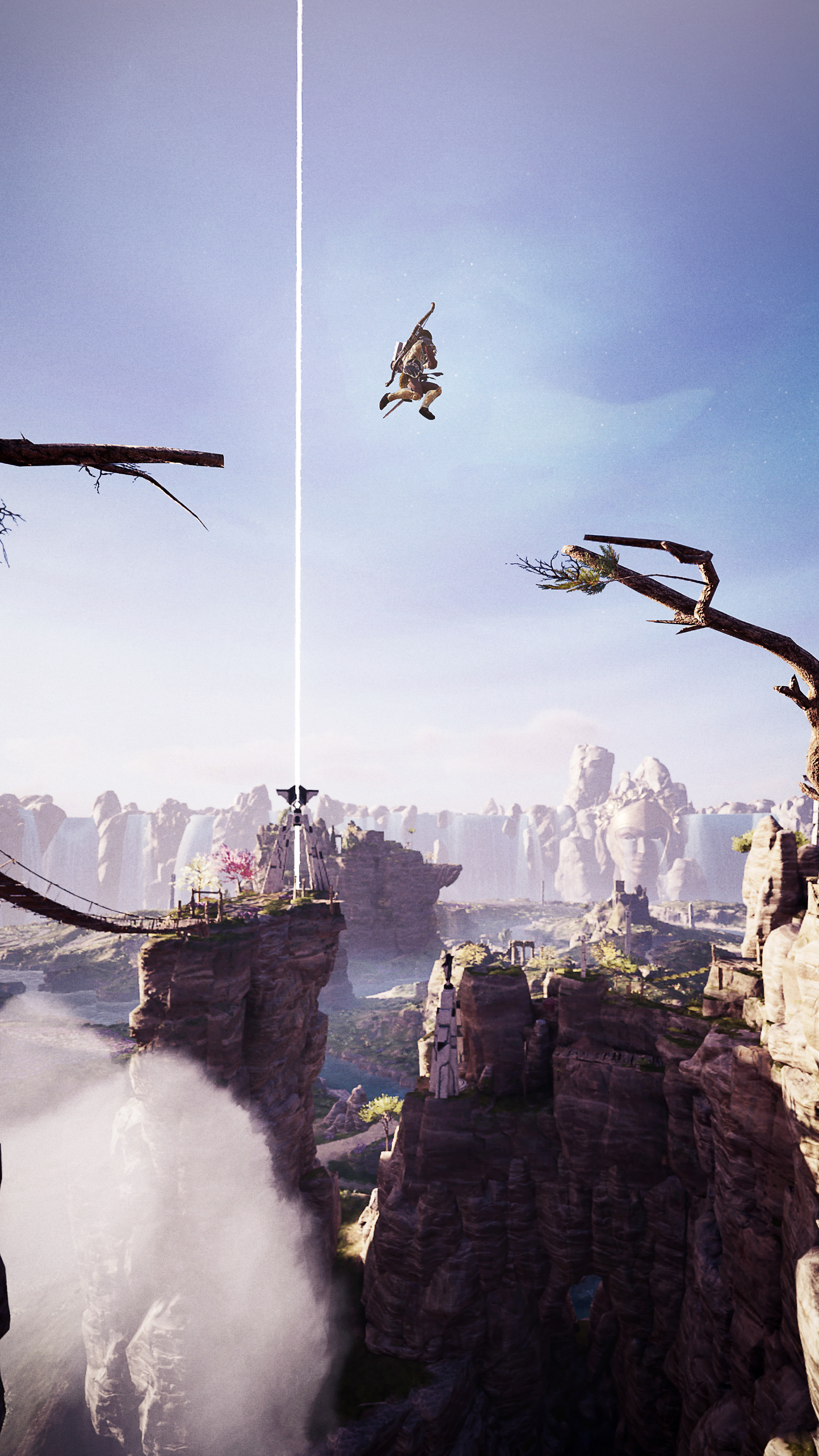
After
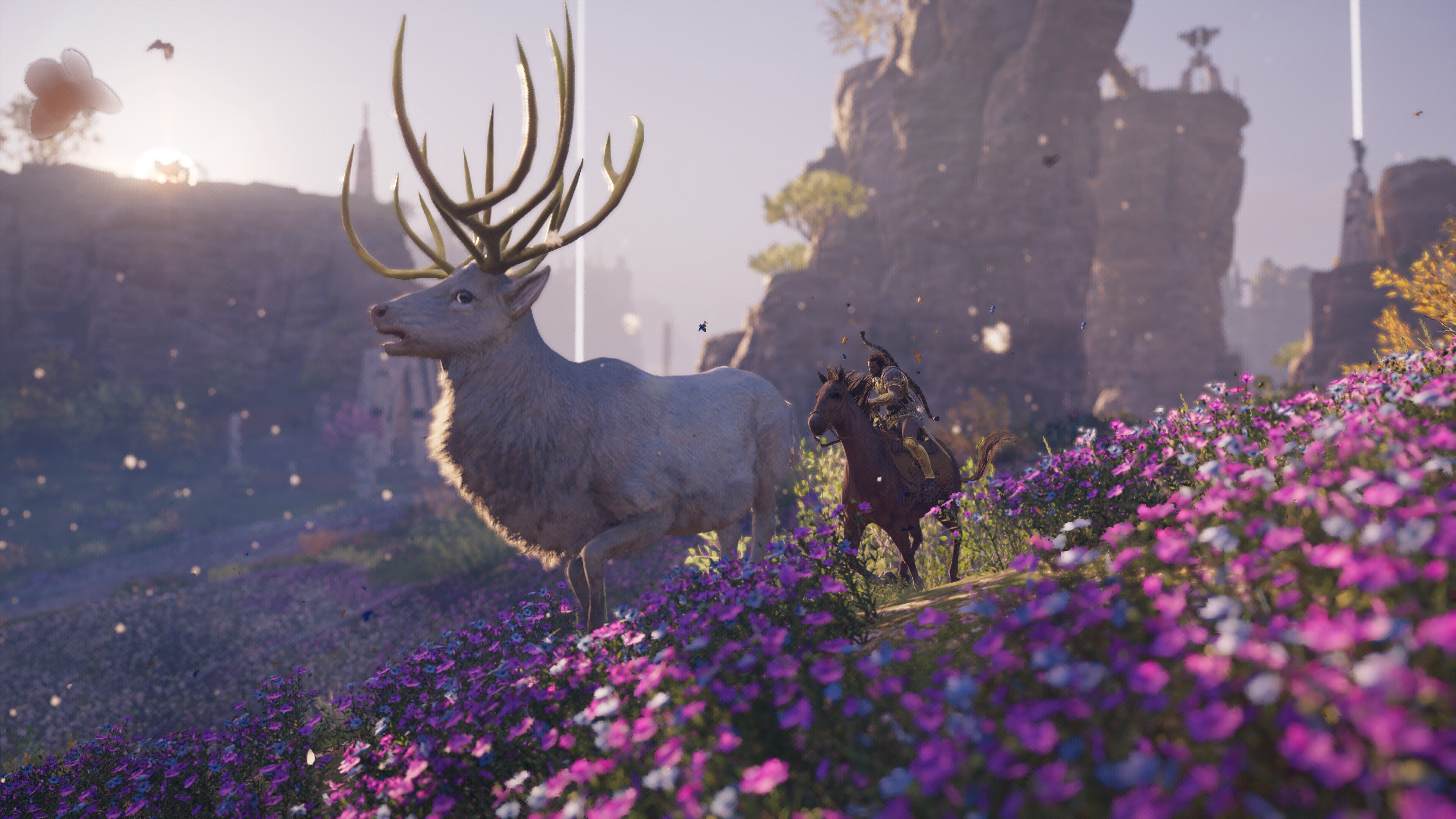
Before
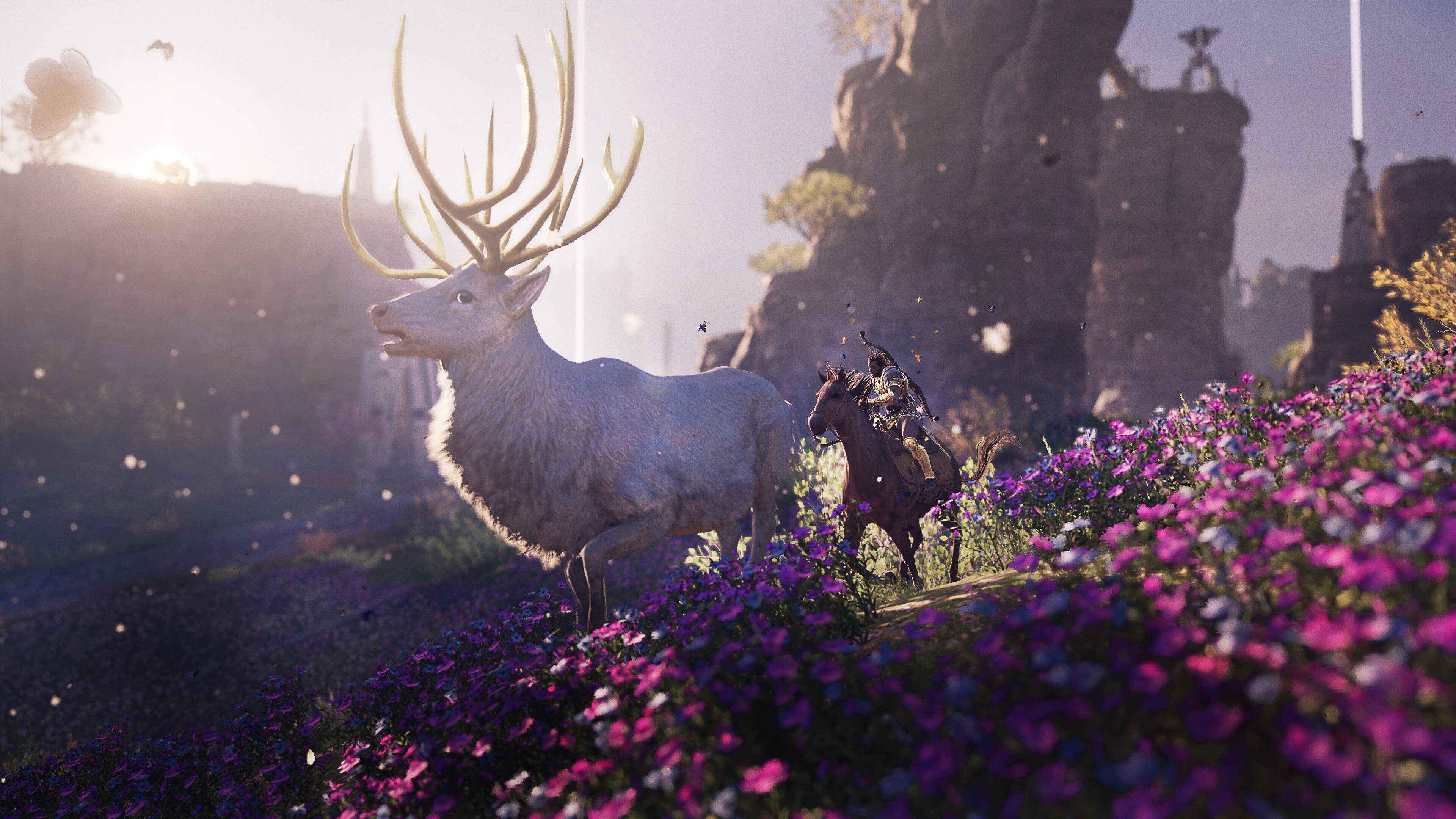
After

Before
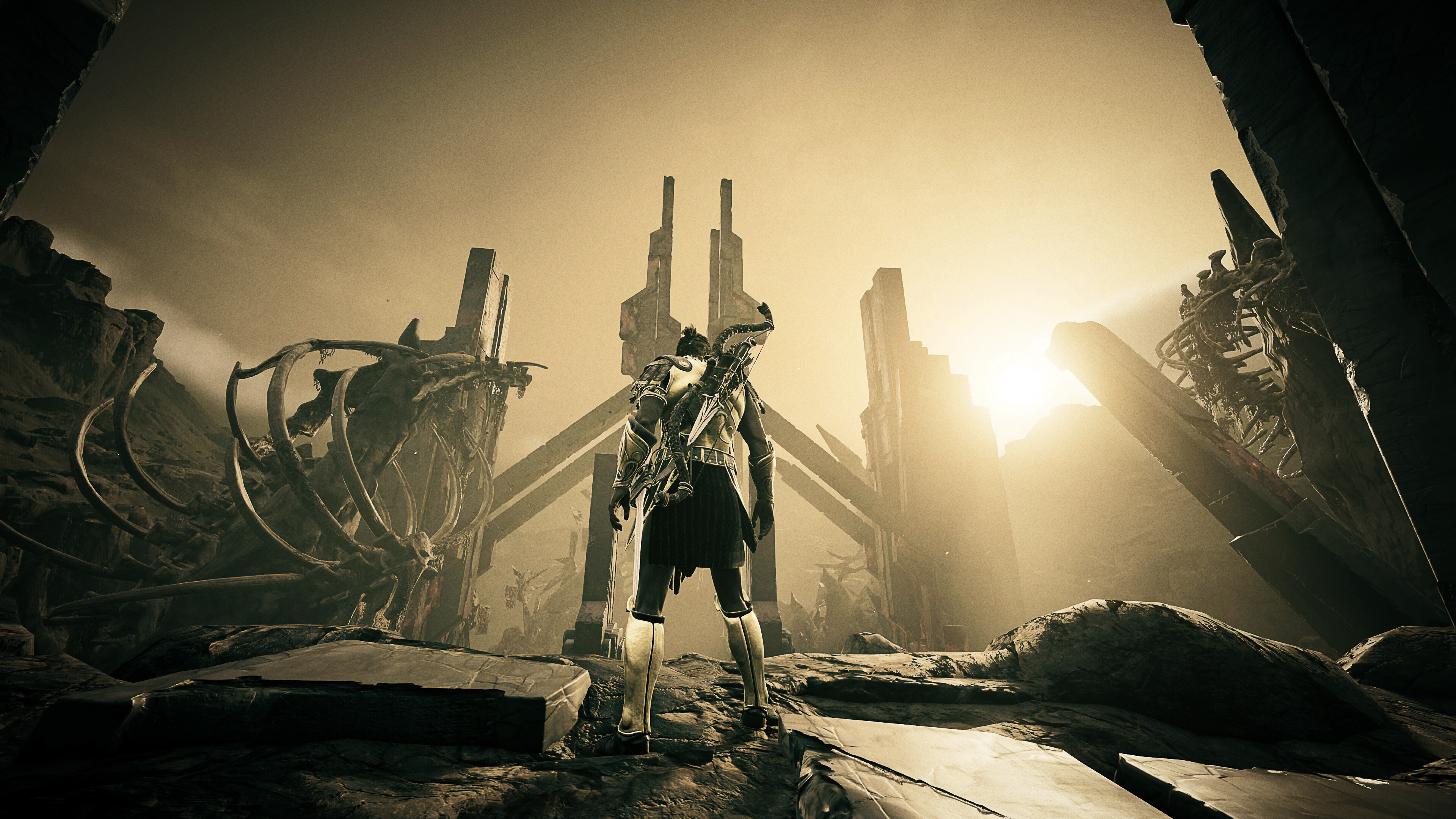
After
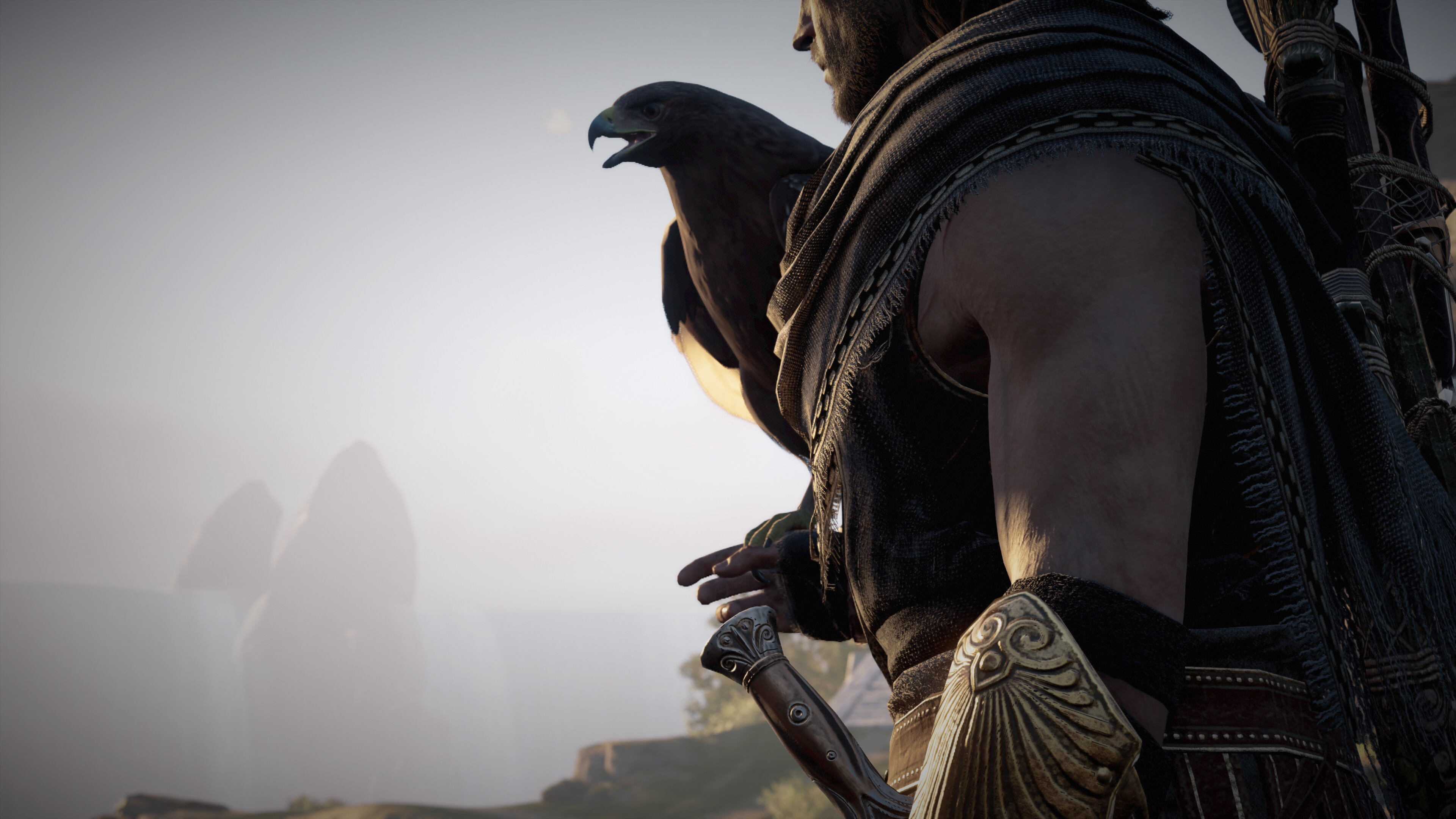
Before
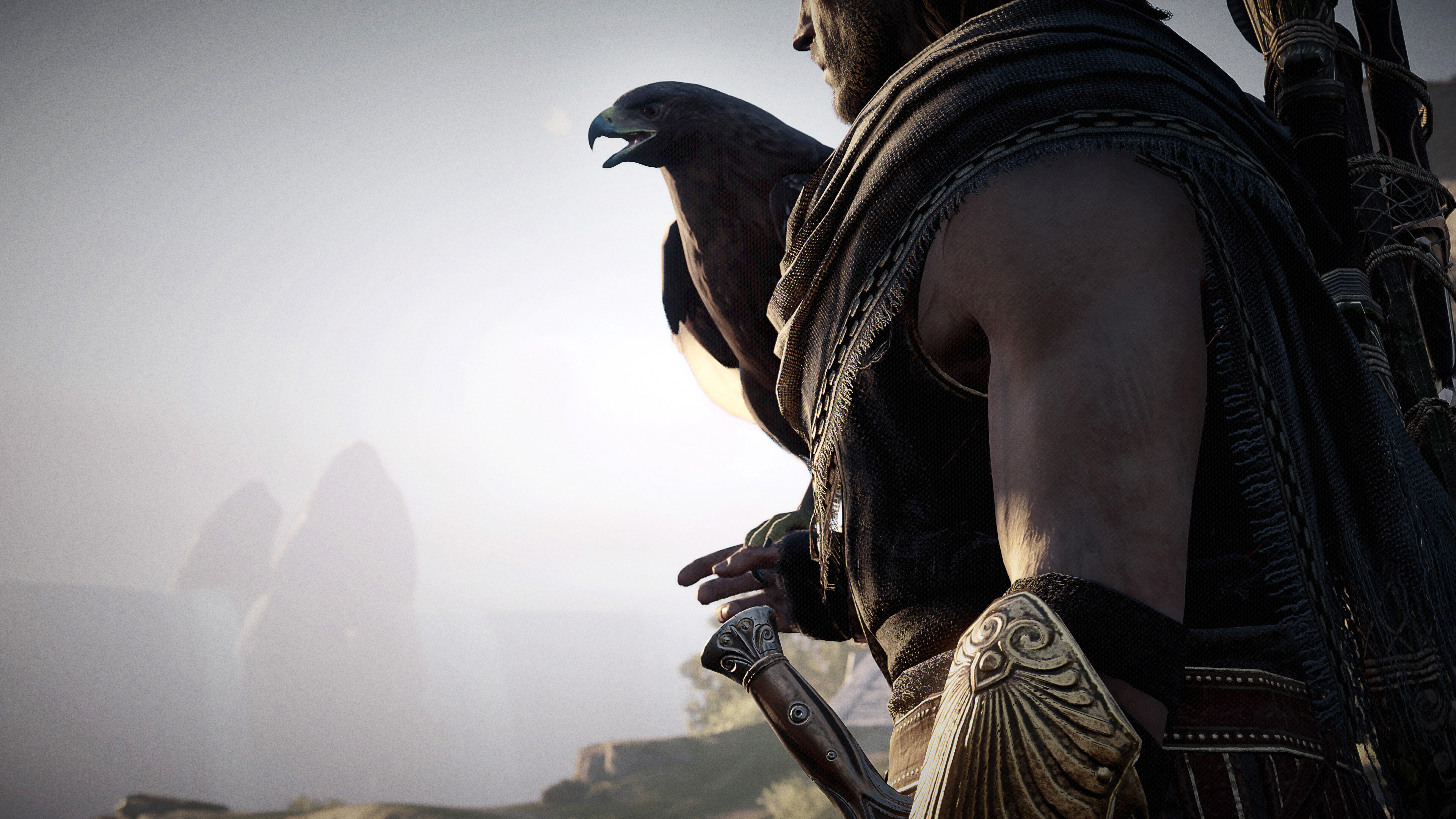
After
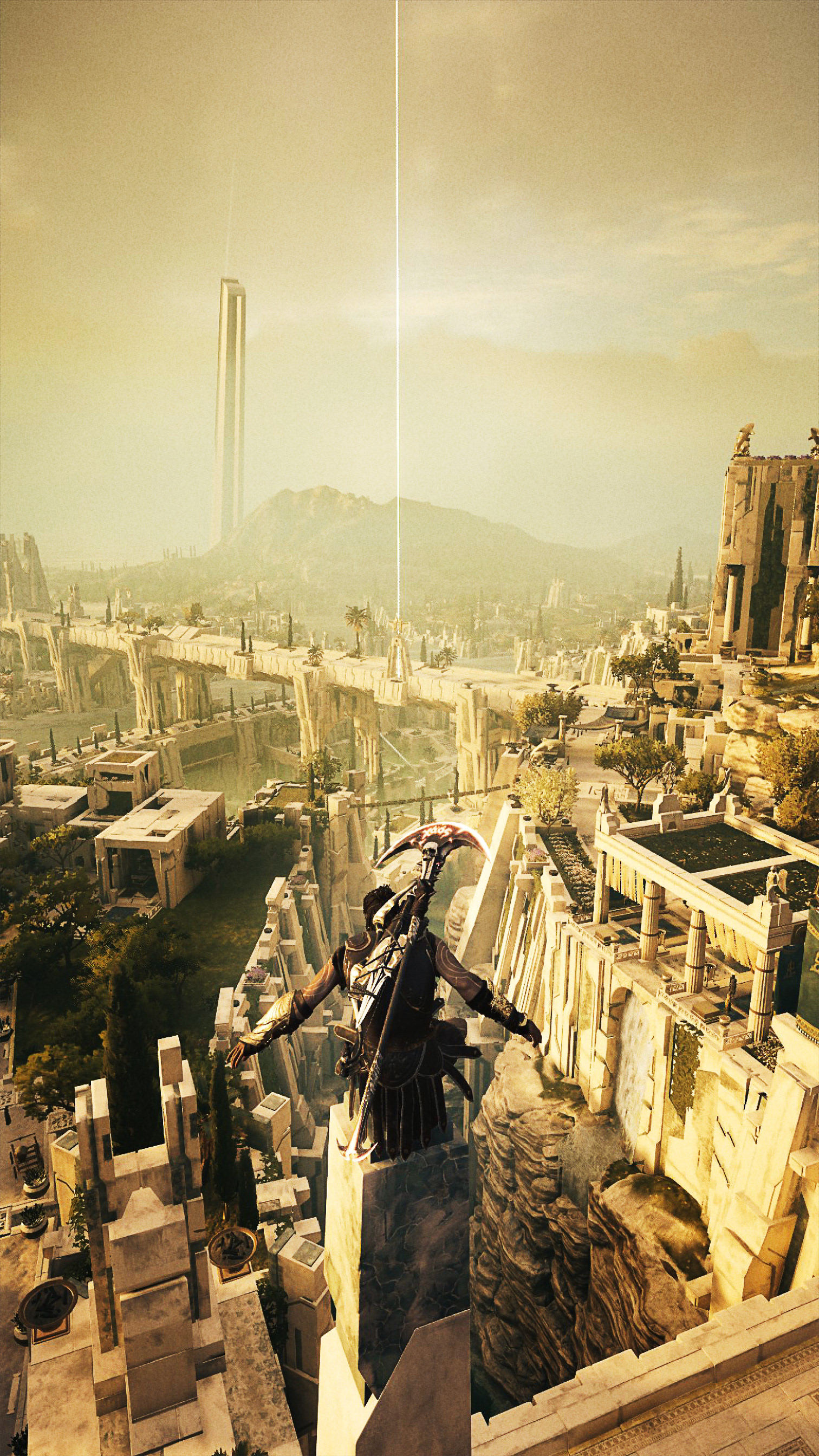
Atlantis
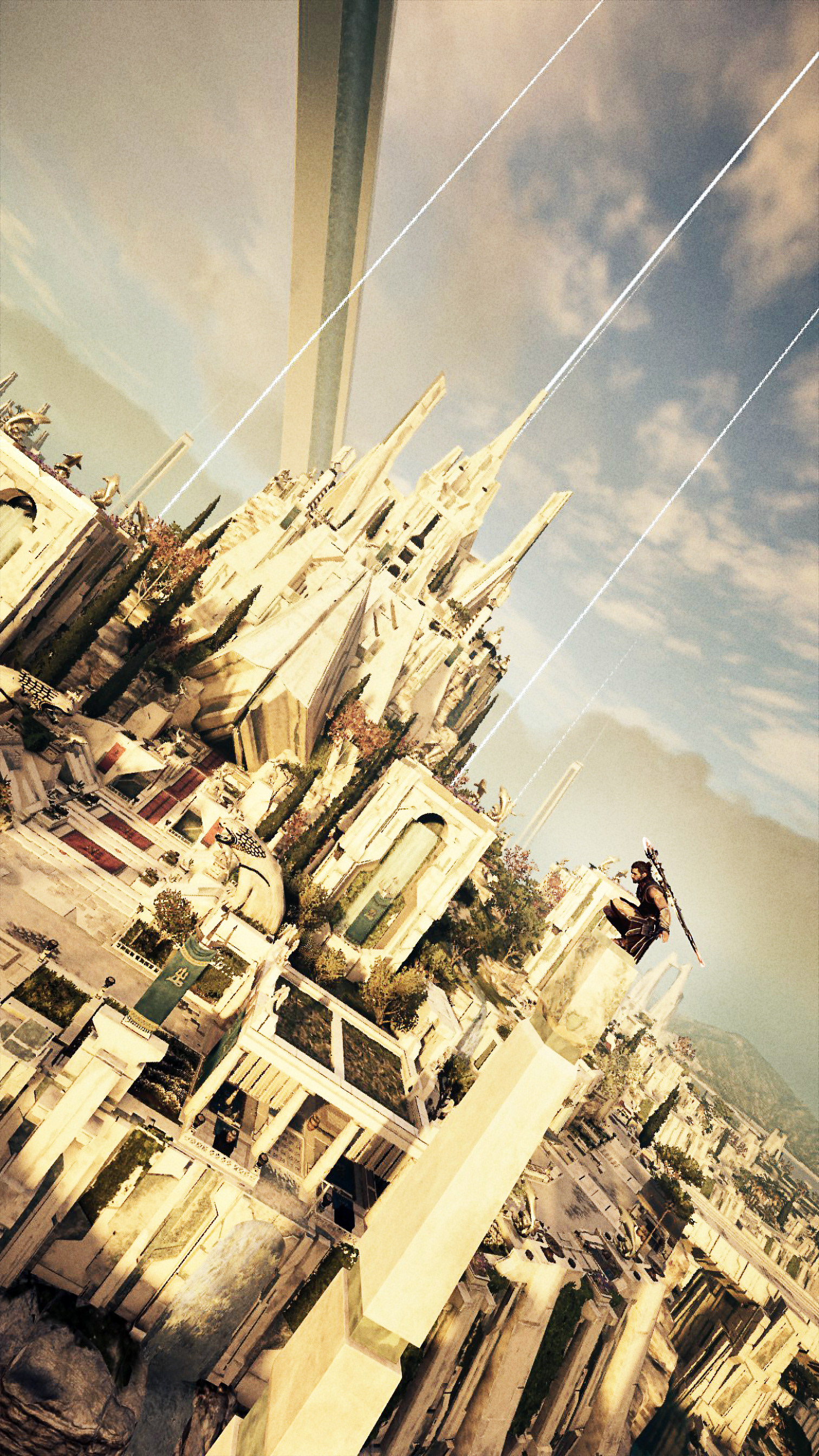
Also Atlantis
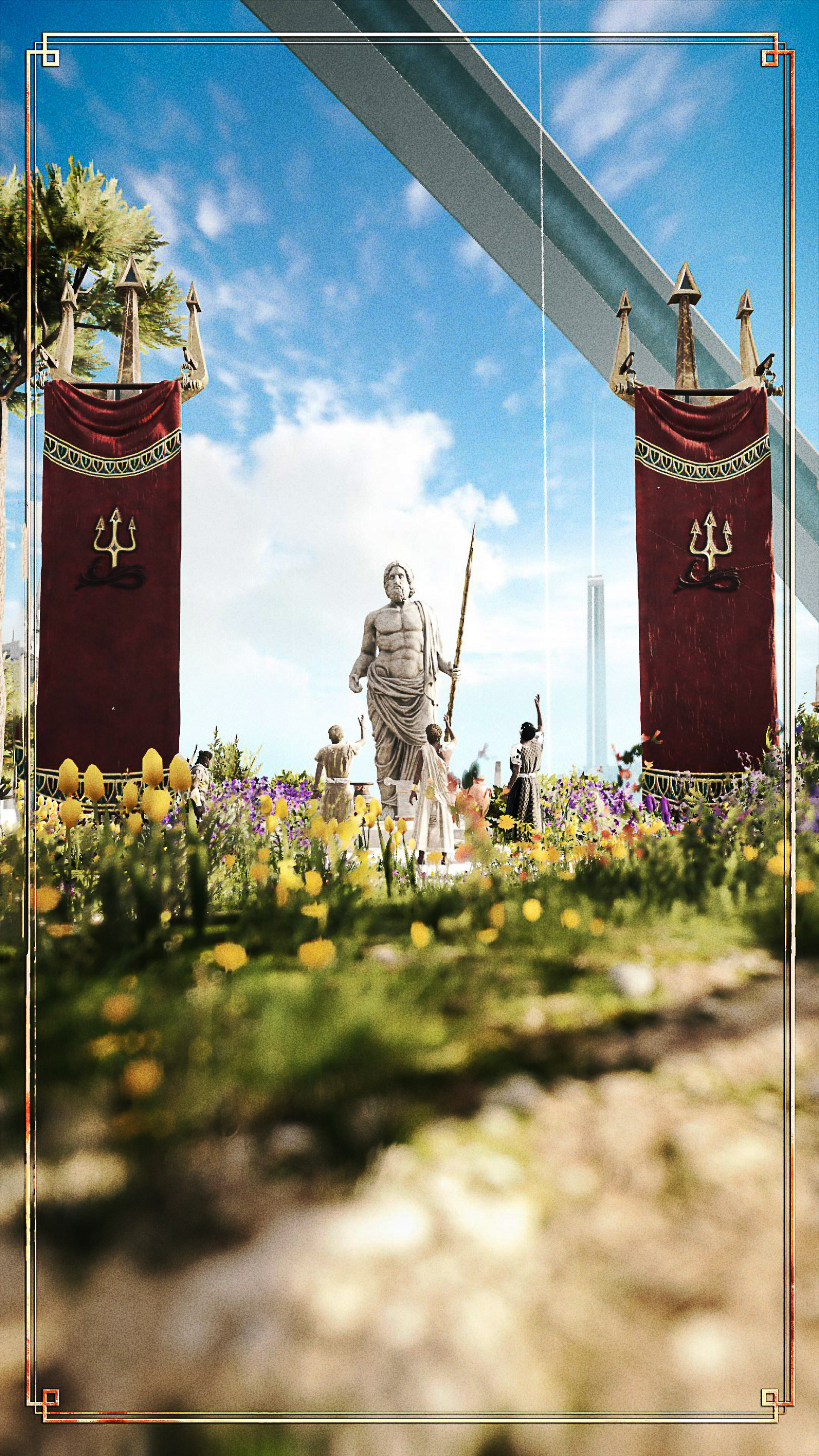
Some people in Atlantis talking about what a cool guy Poseidon is
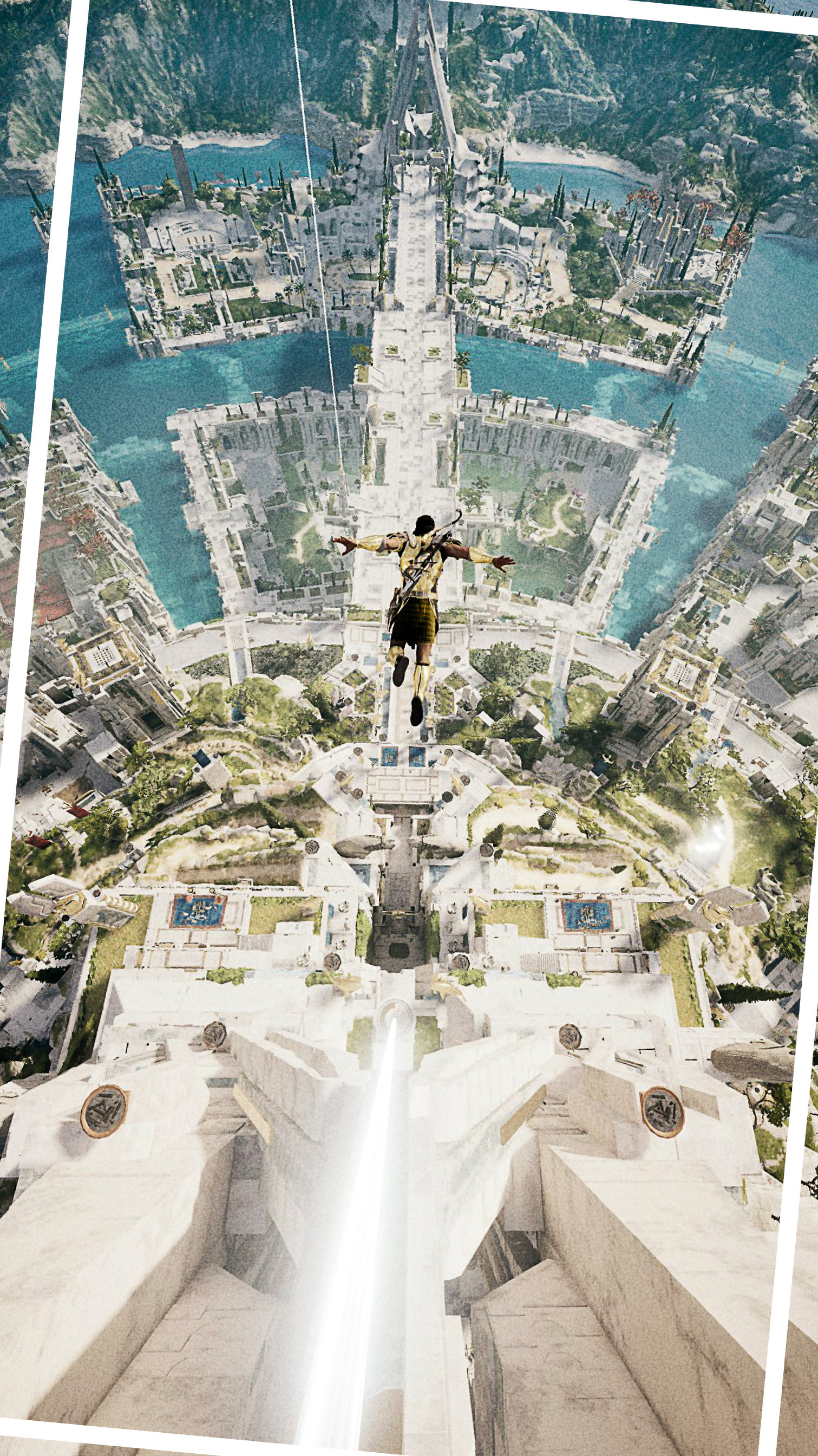
Jumping of in Atlantis

Before
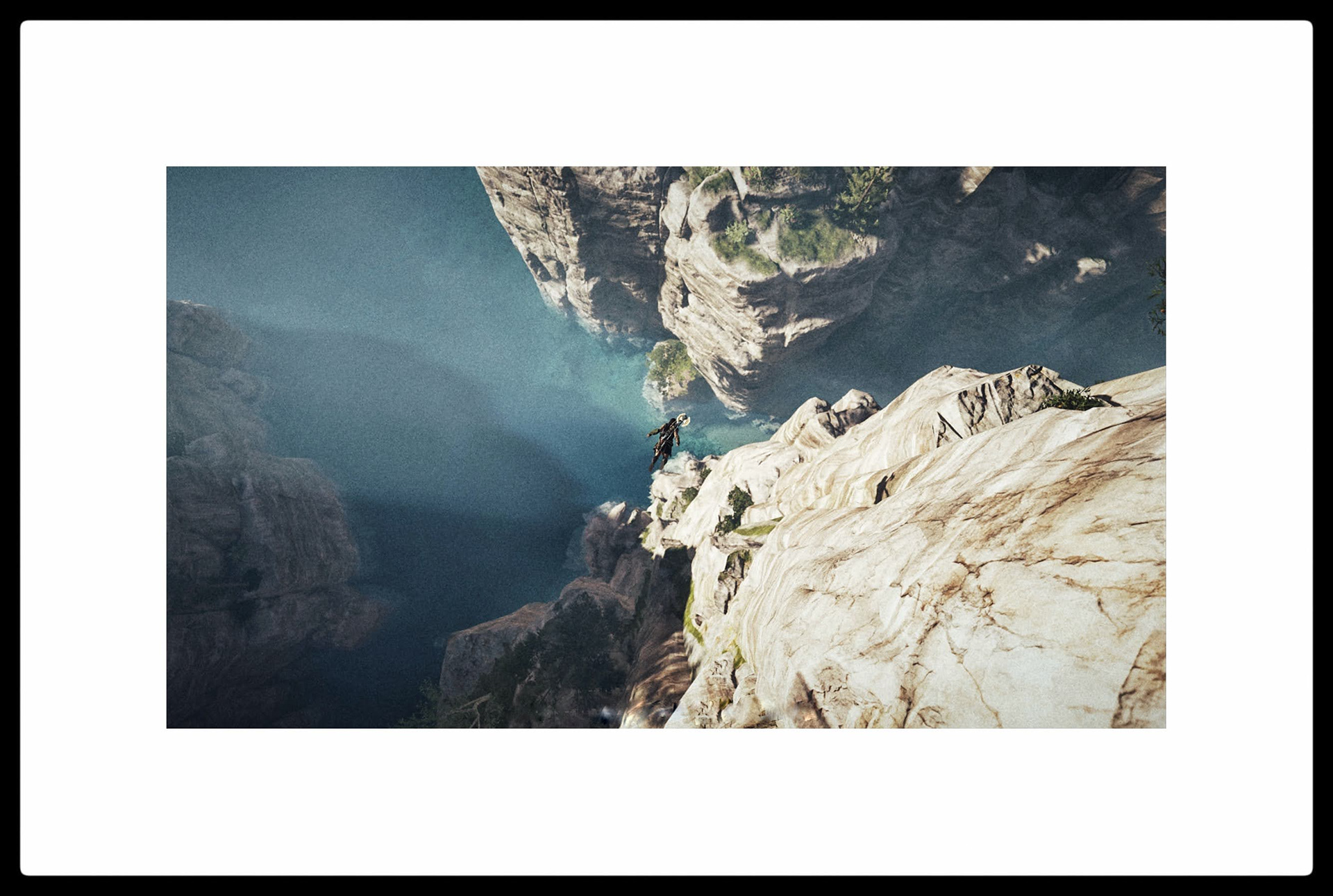
After
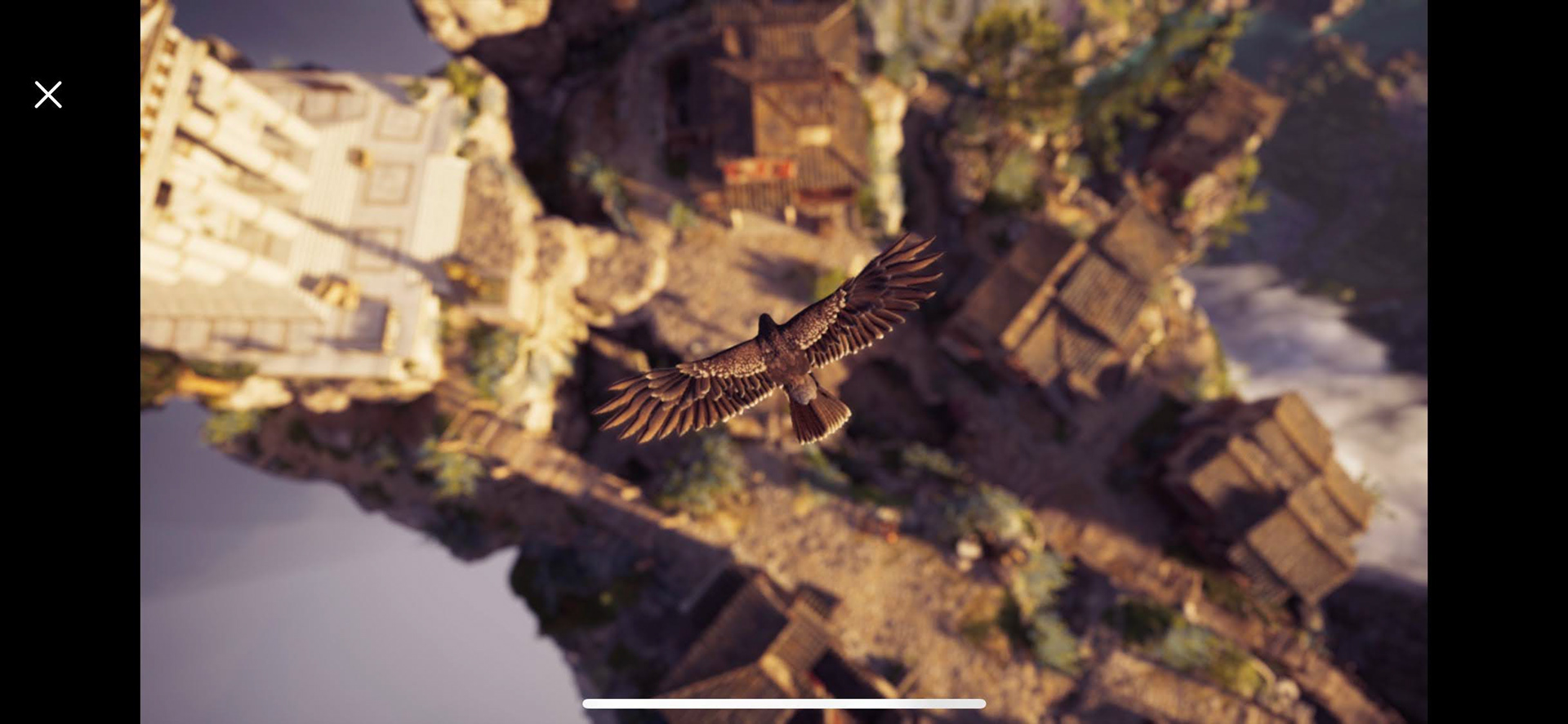
Before
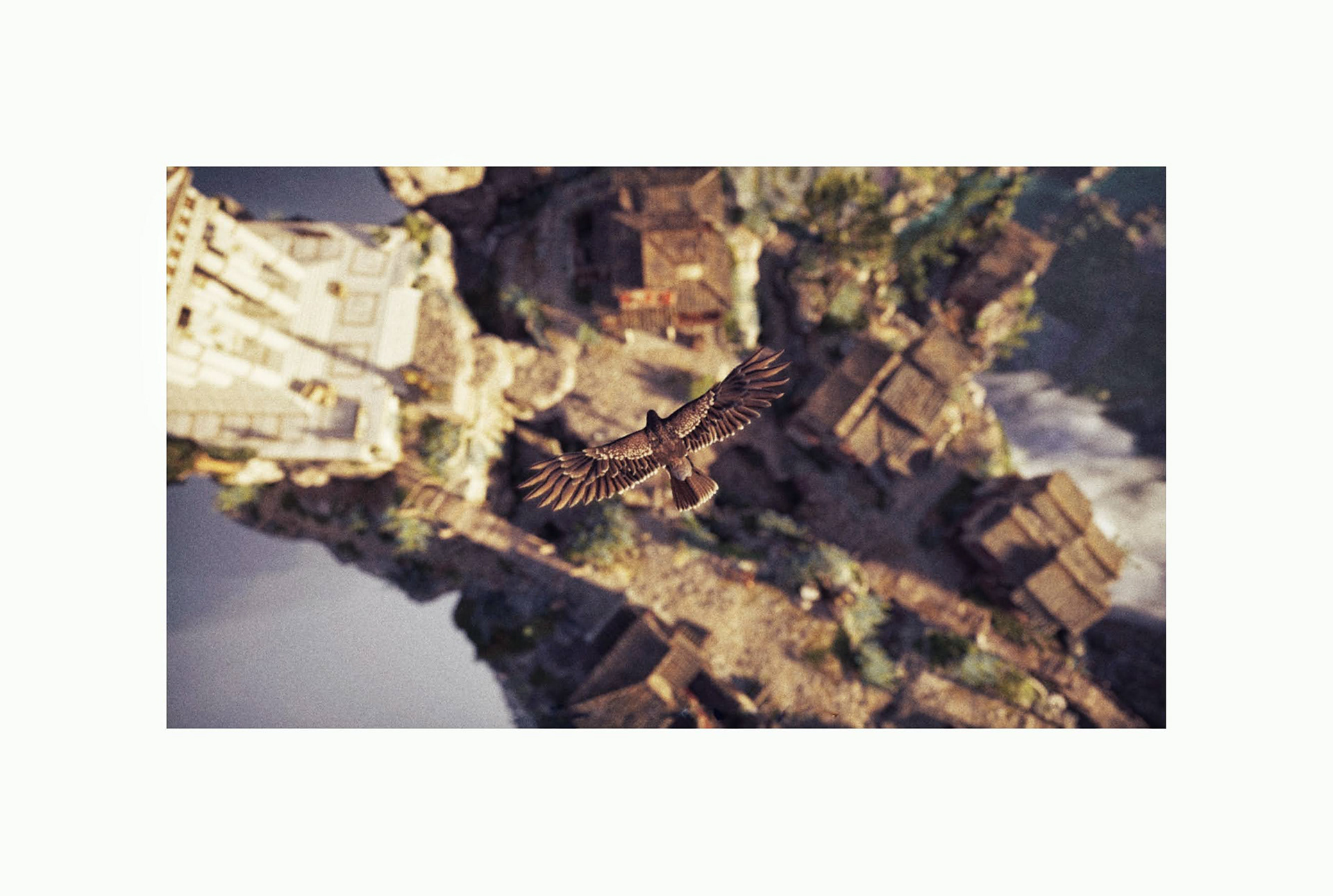
After
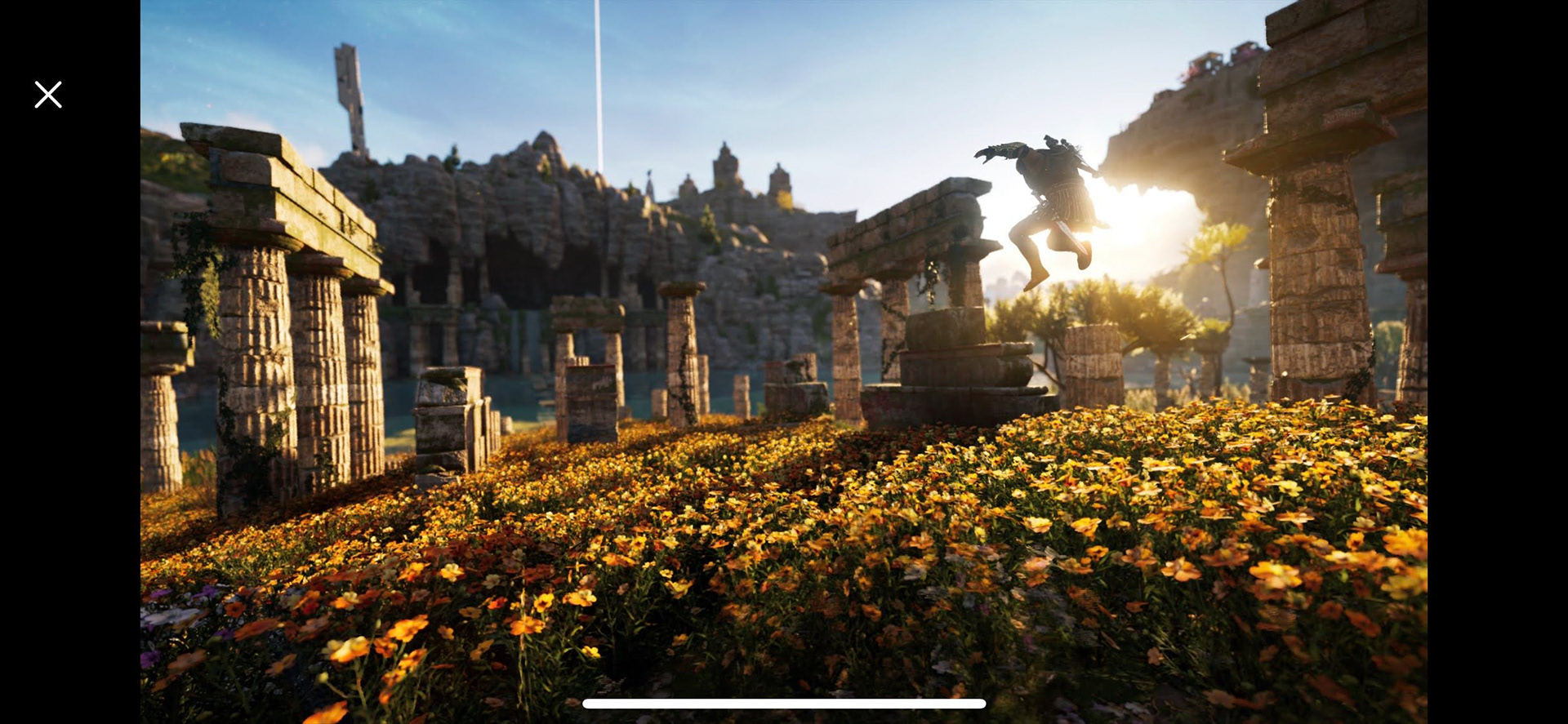
Before
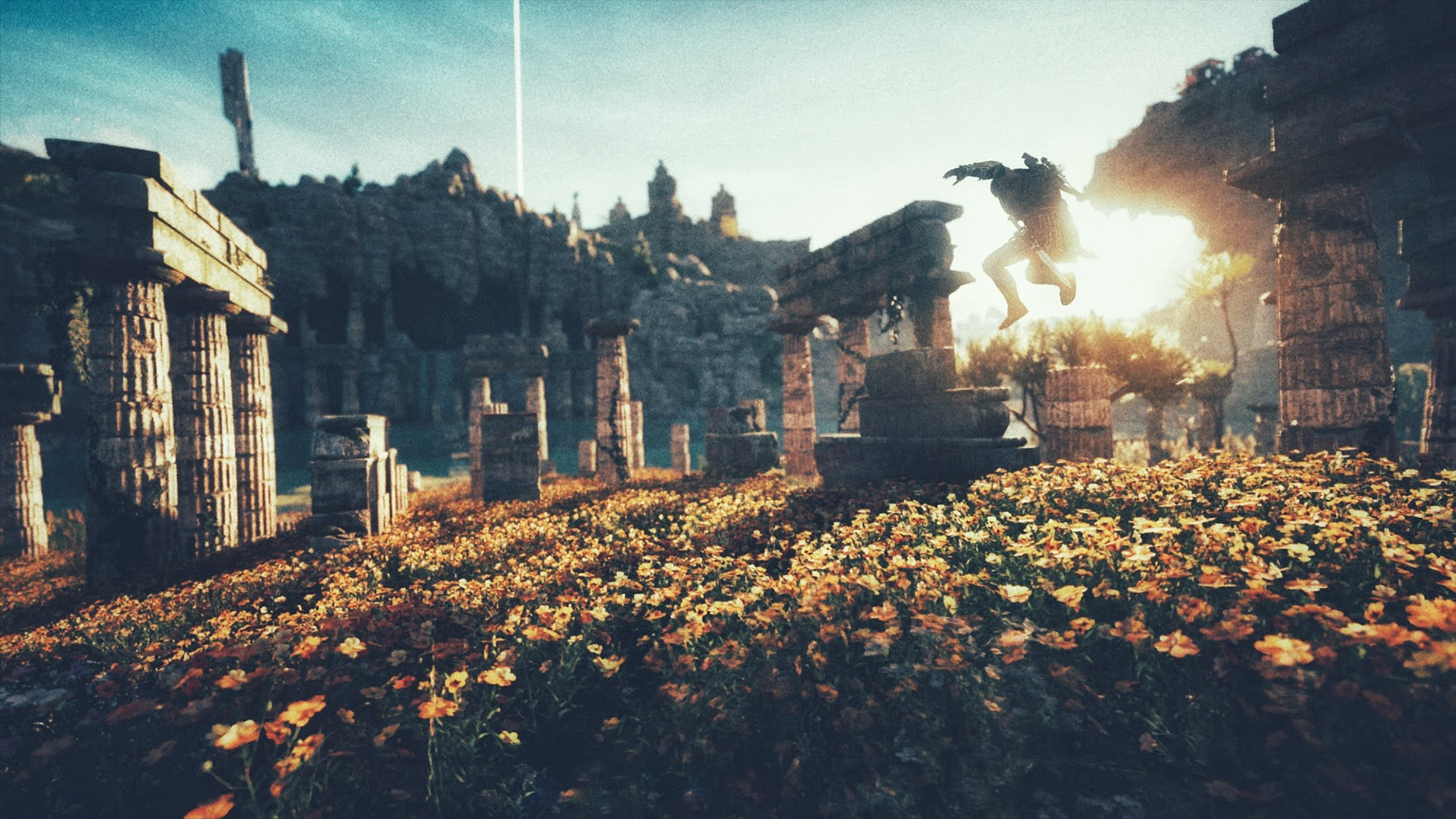
After
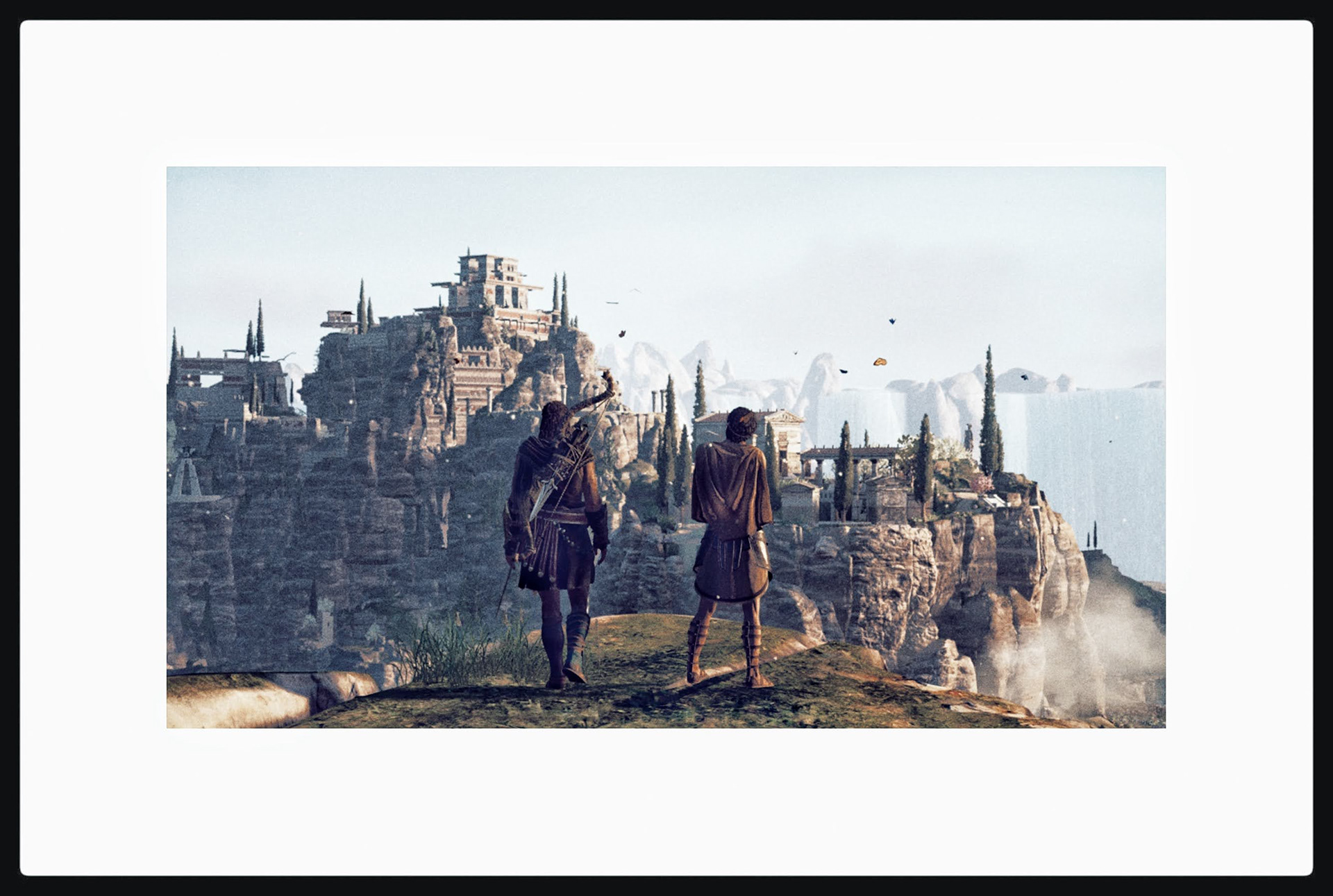
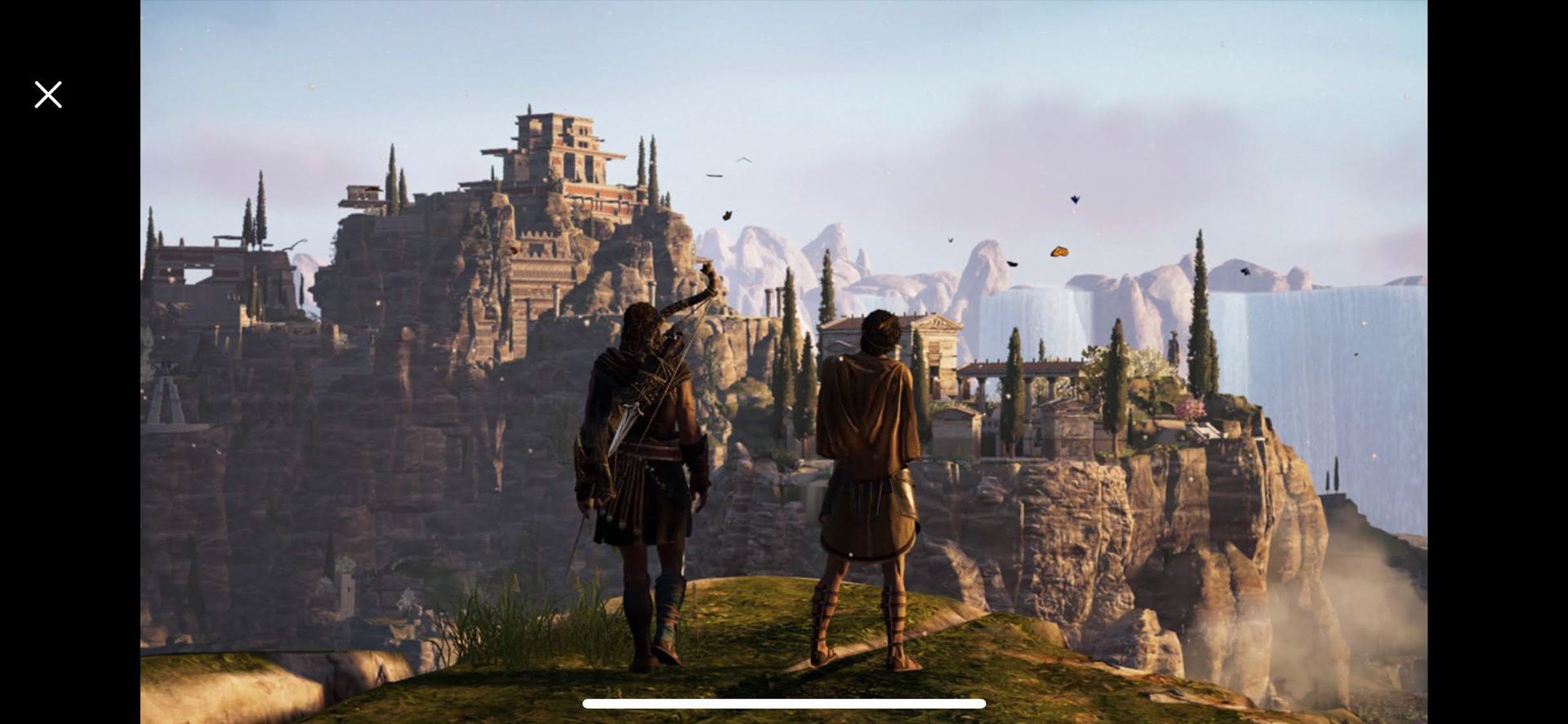
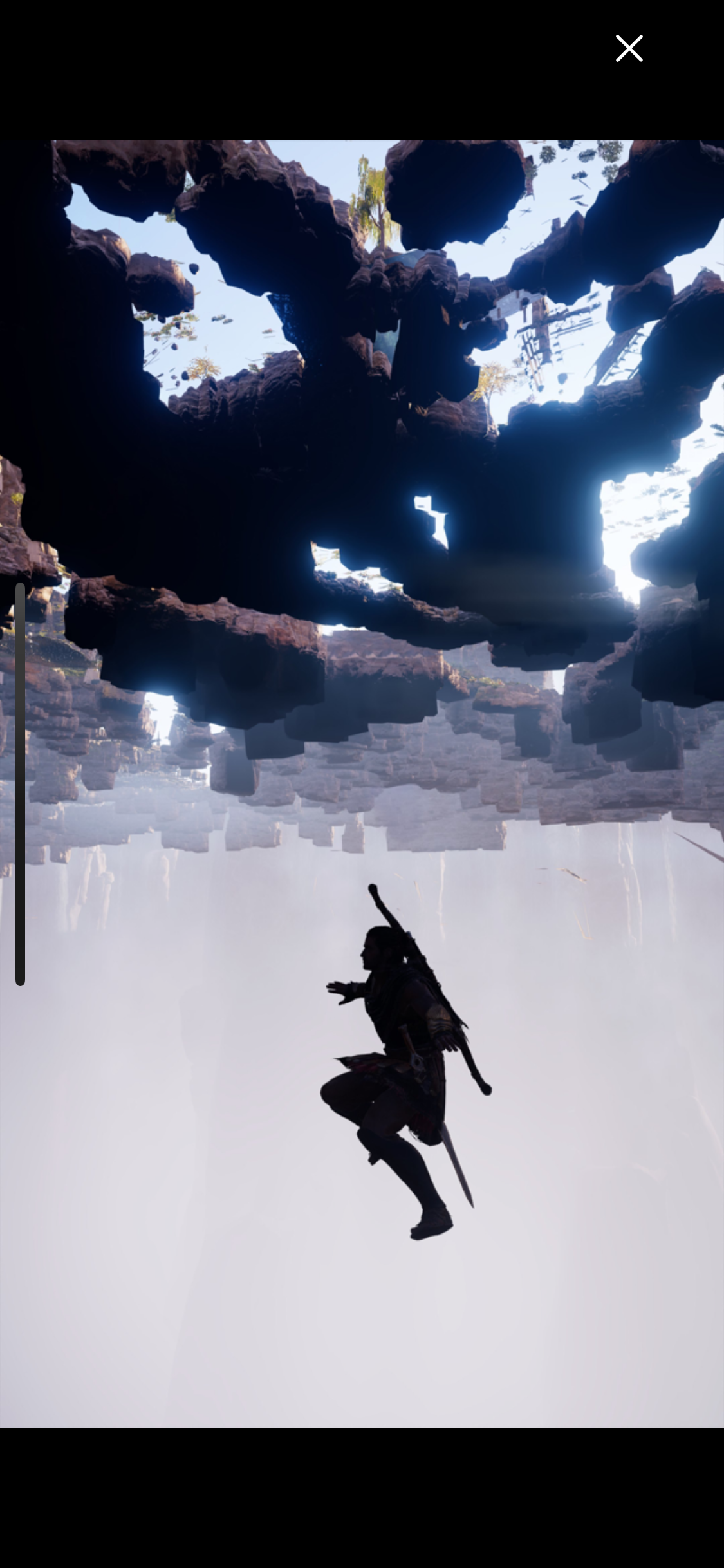
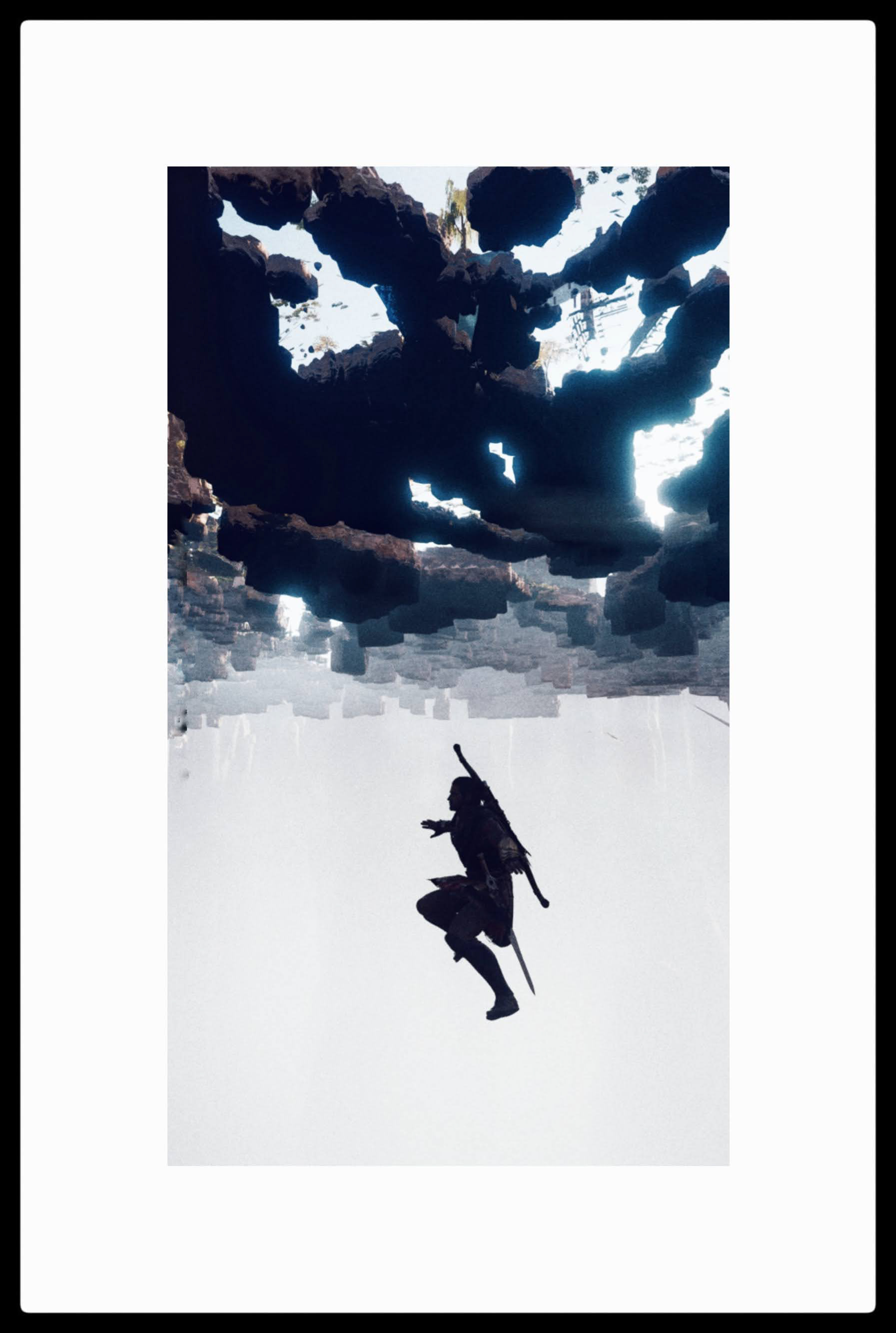
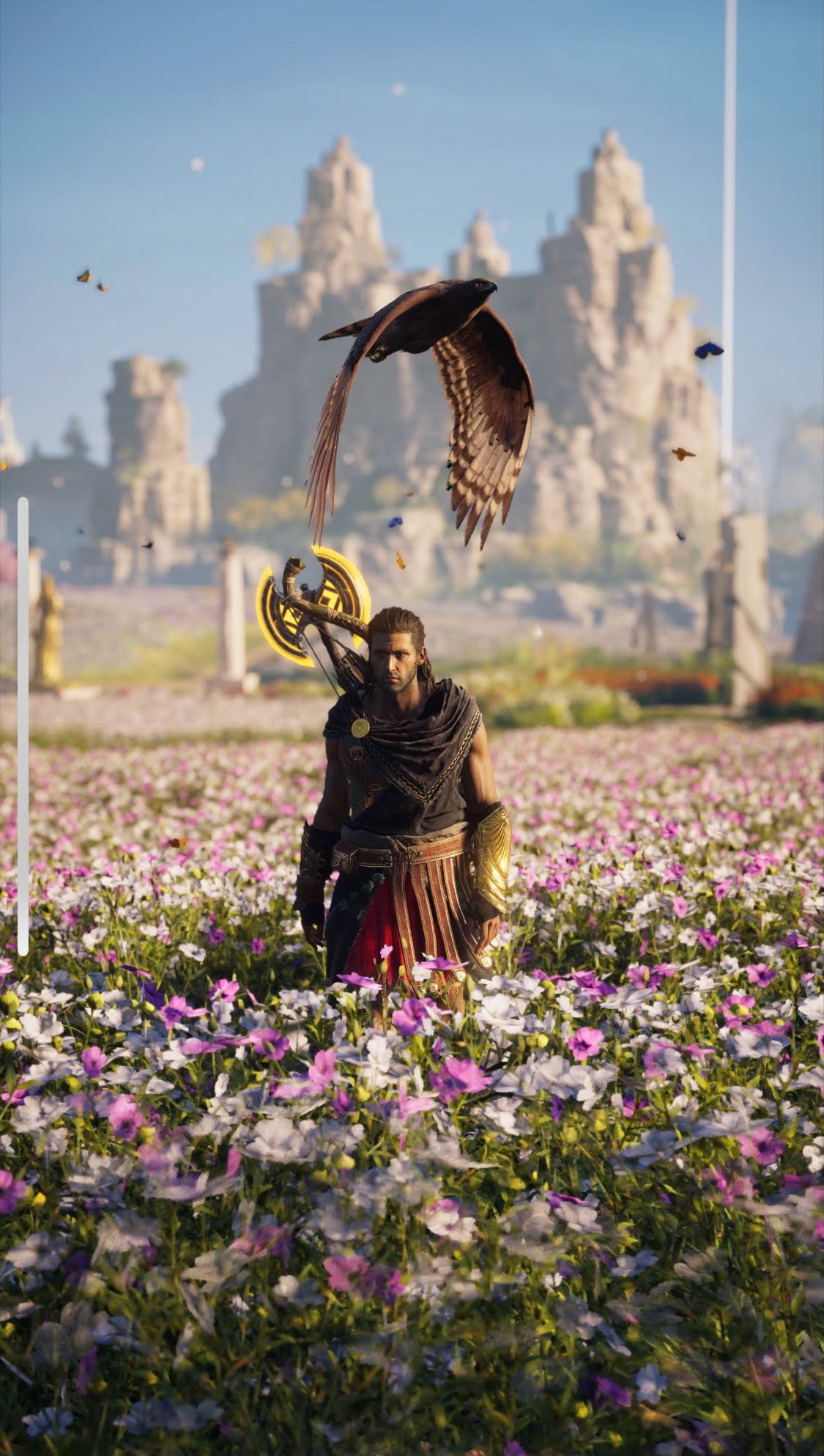
Before
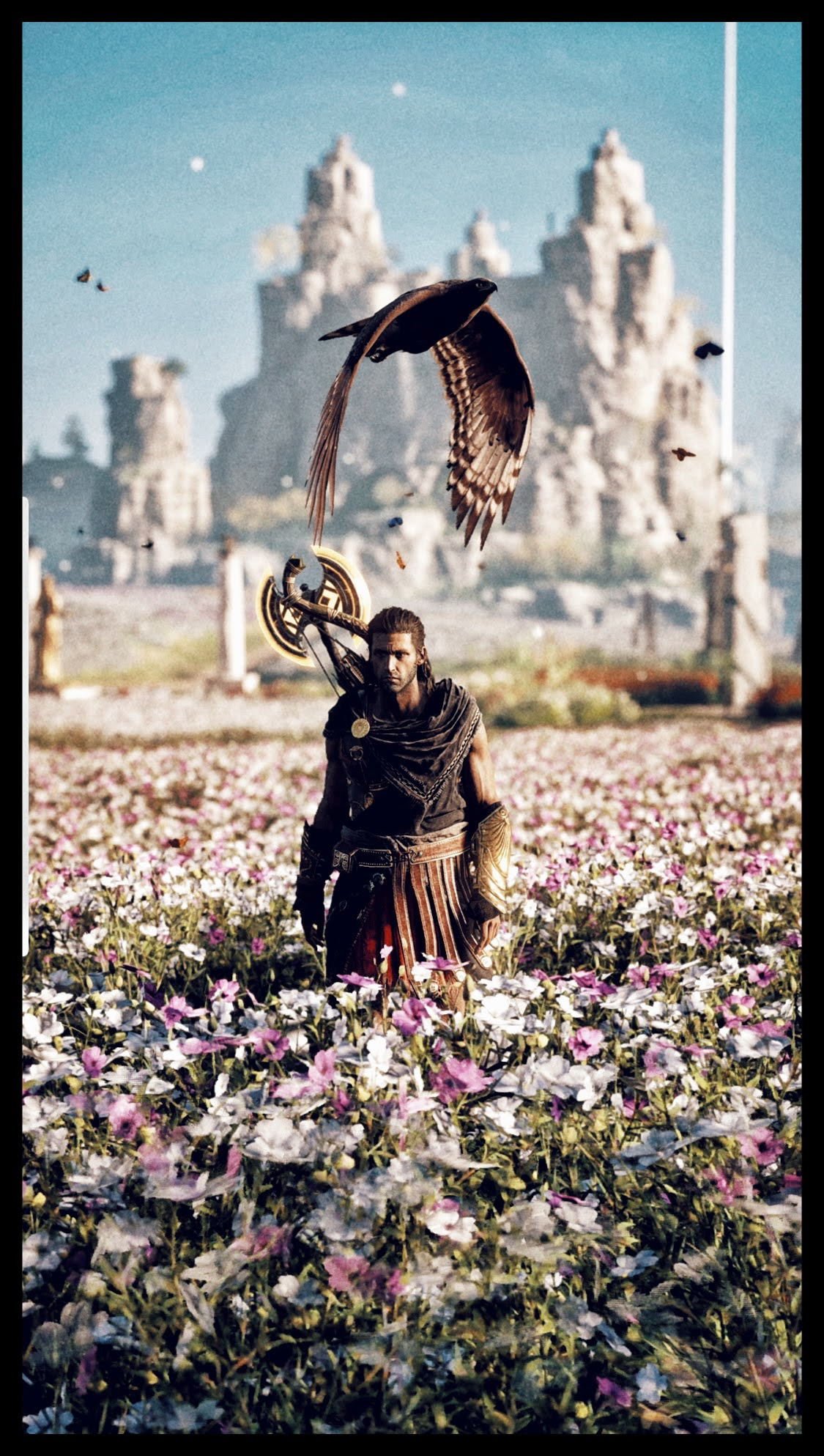
After
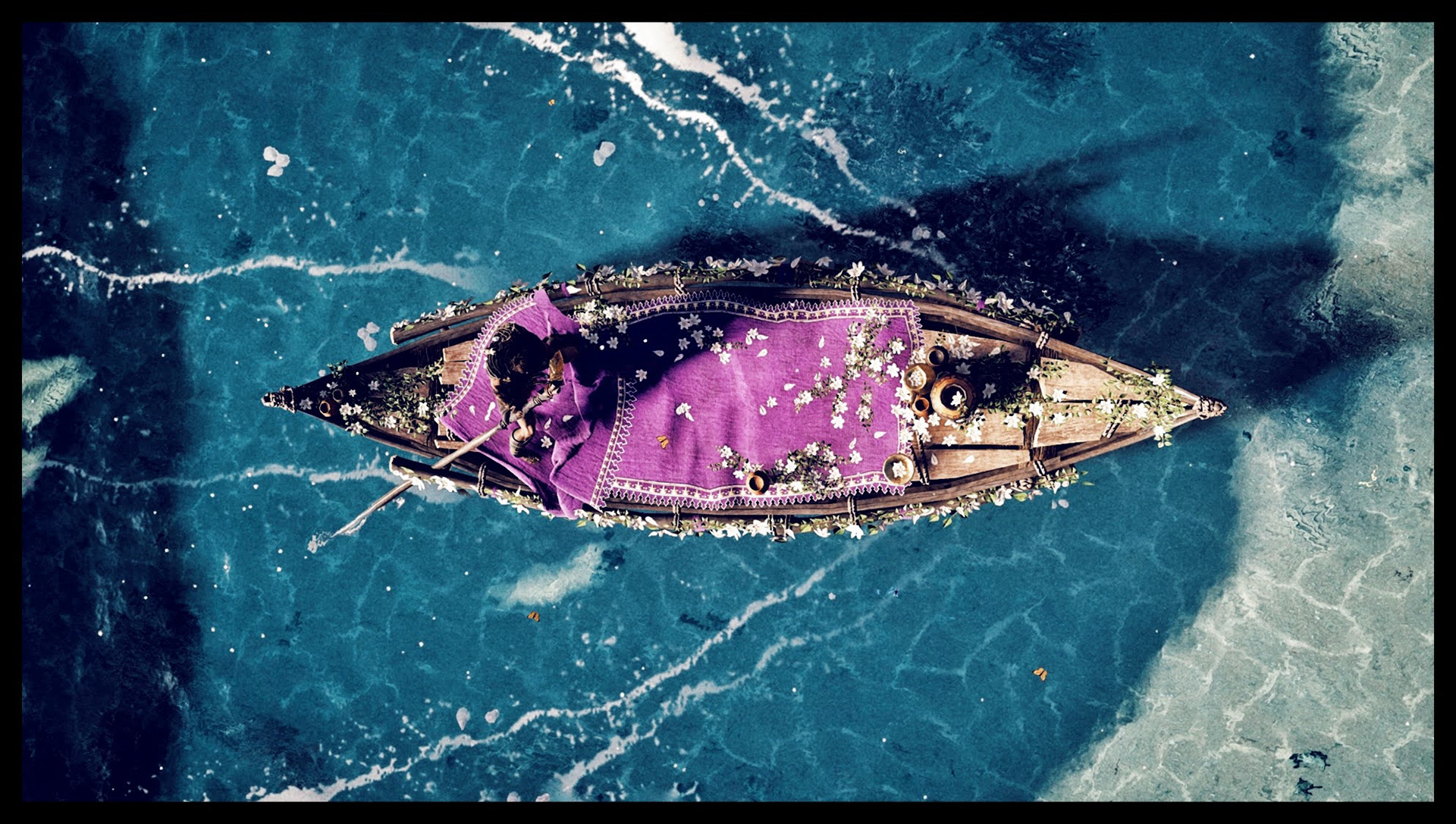
Before
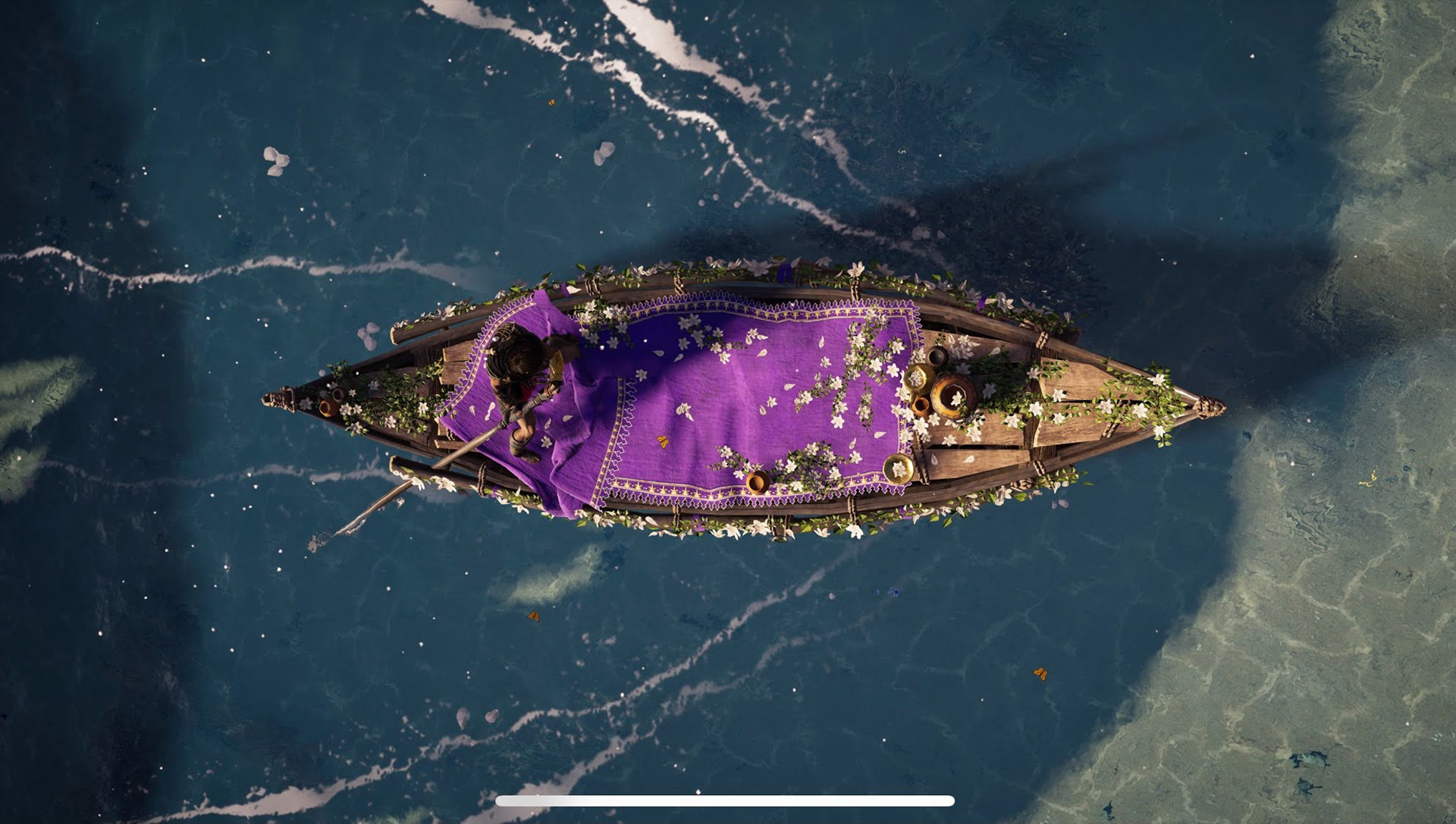
After
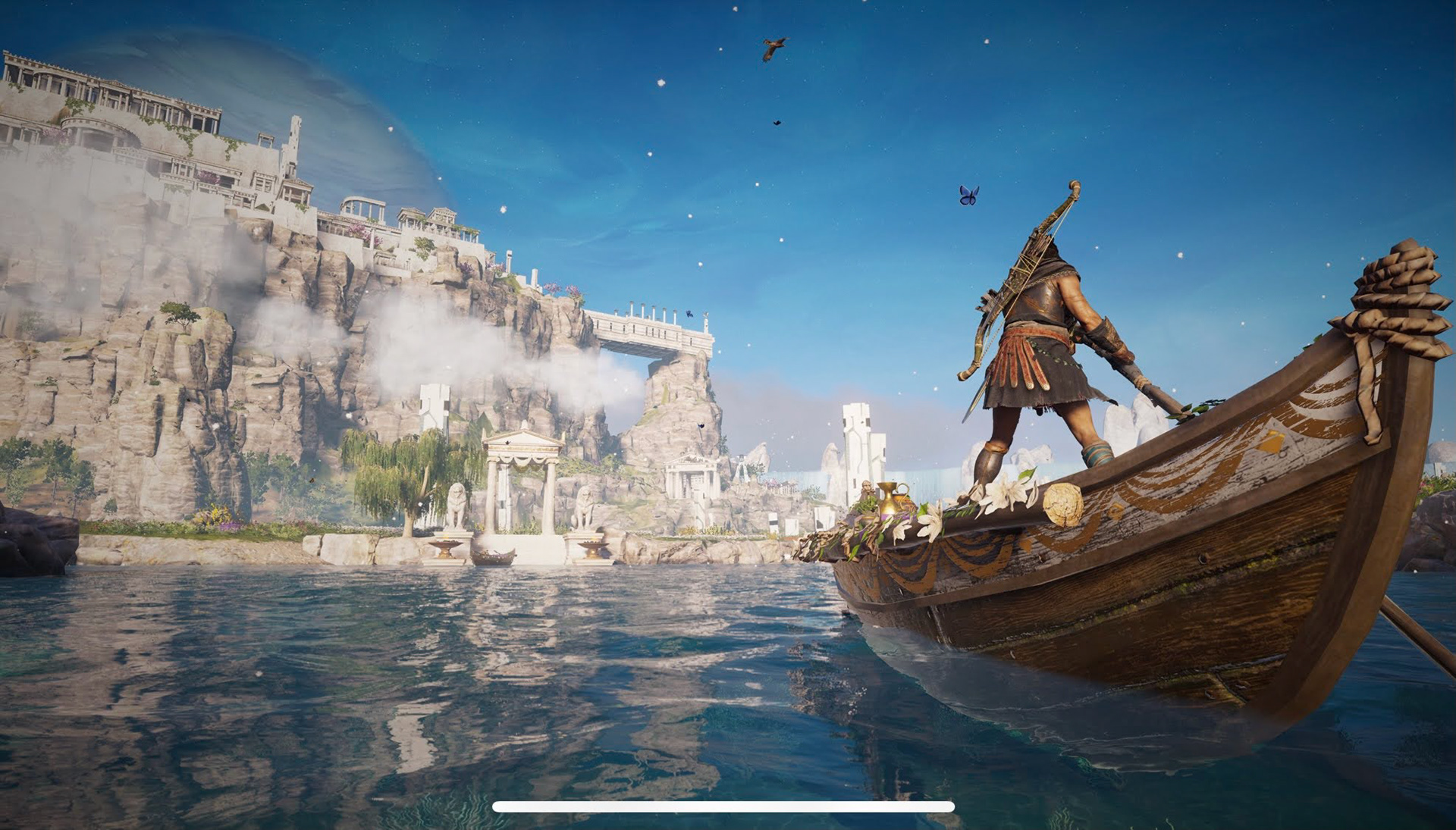
Before
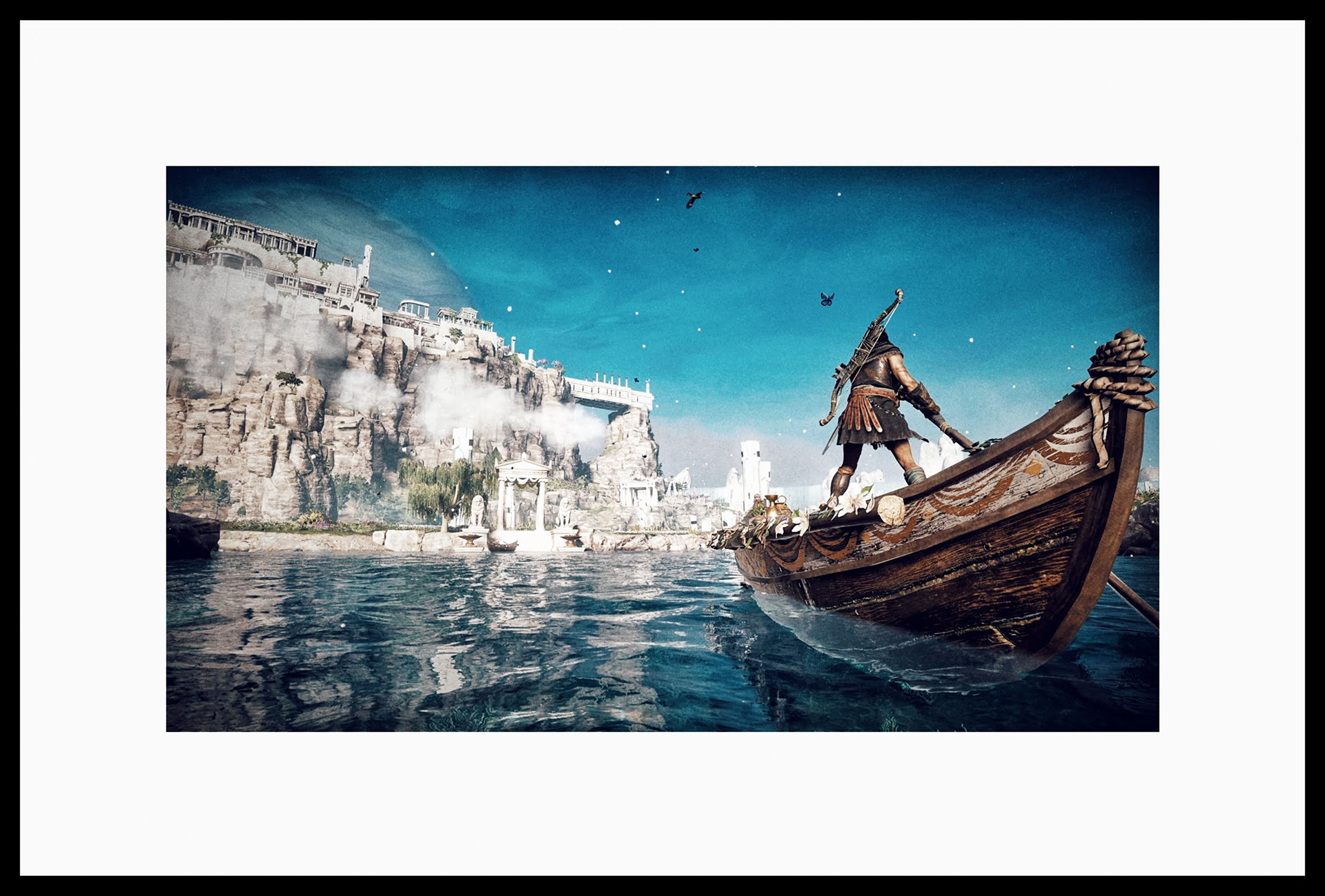
After
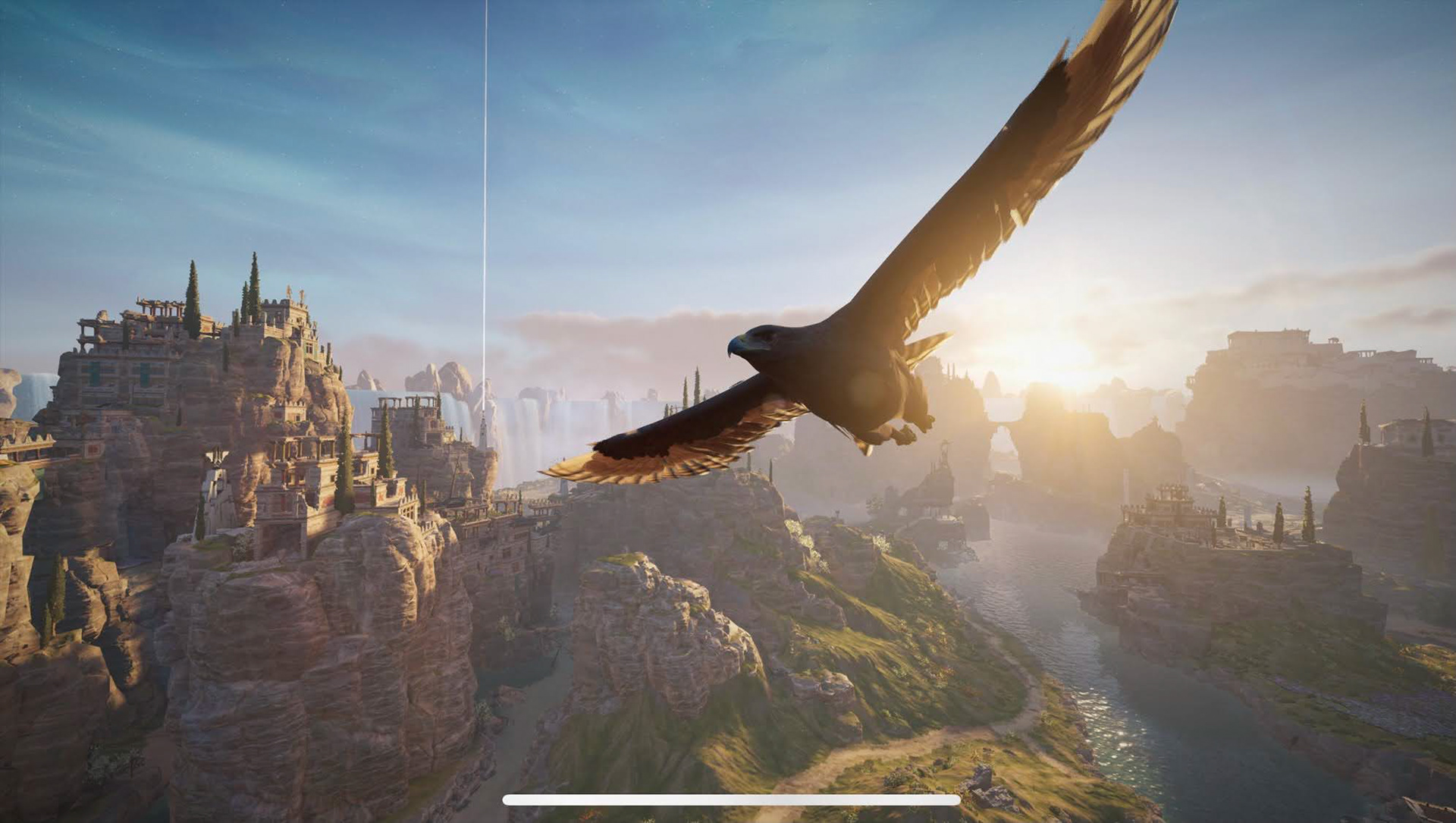
Before
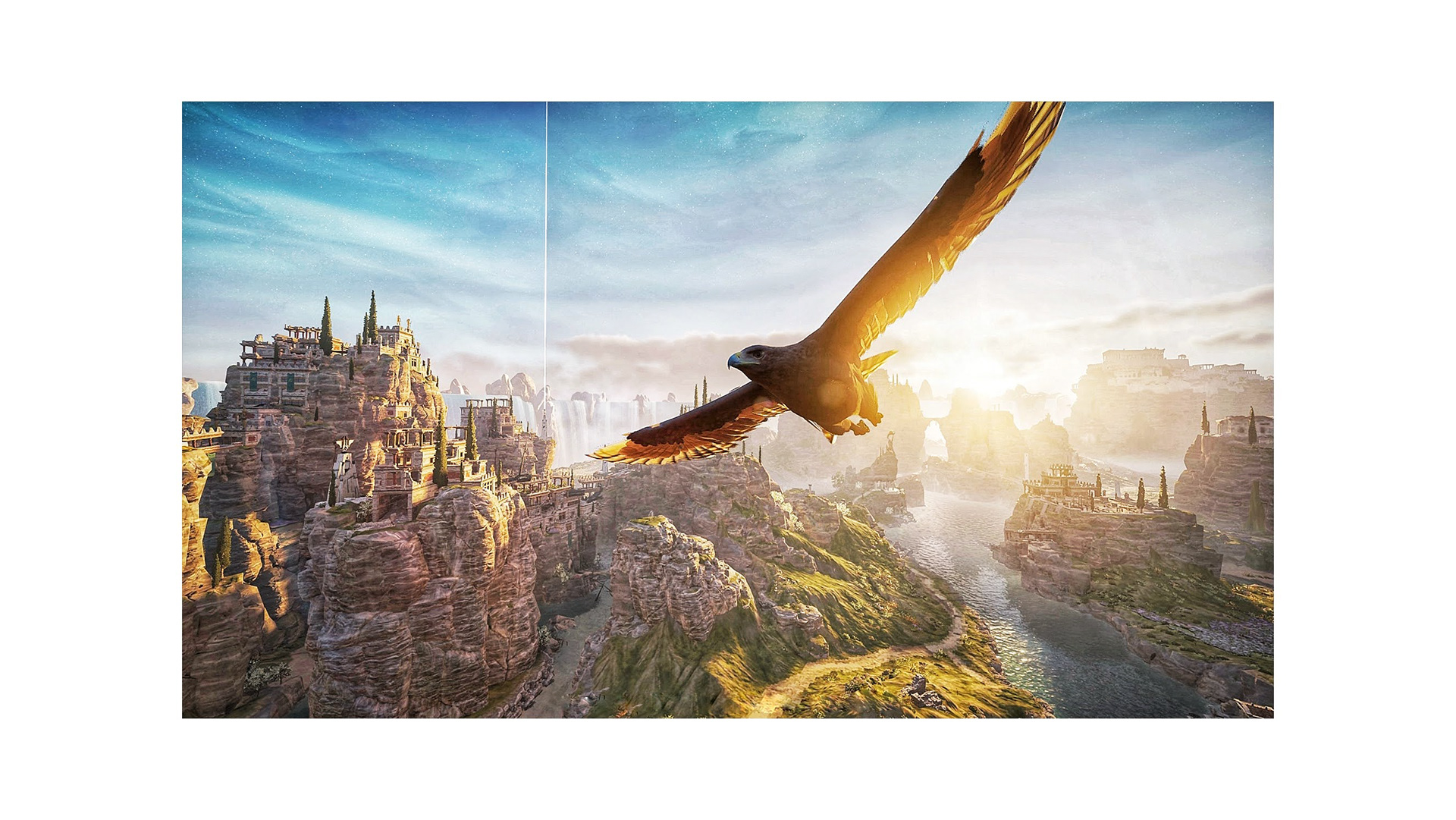
After
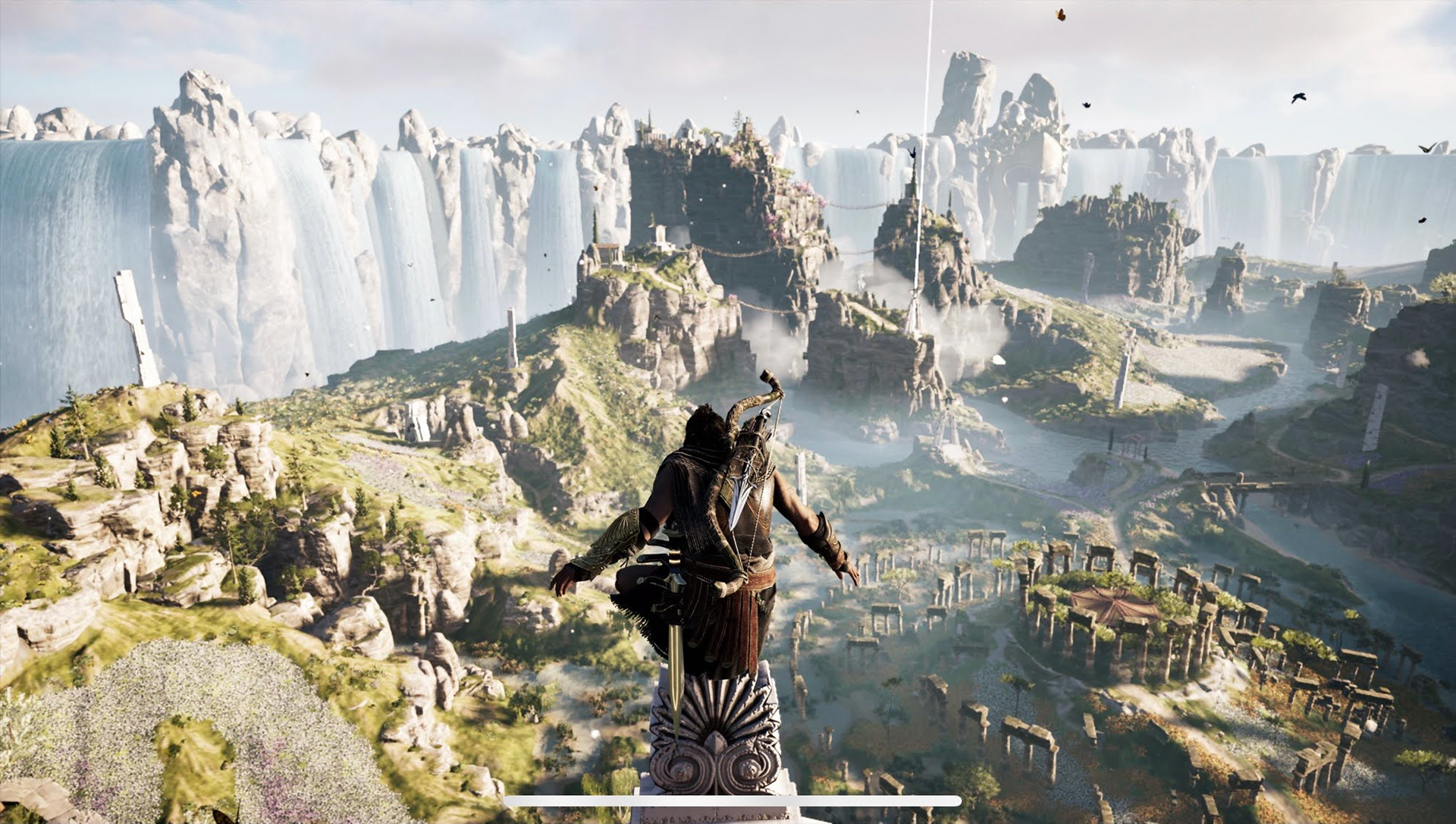
Before
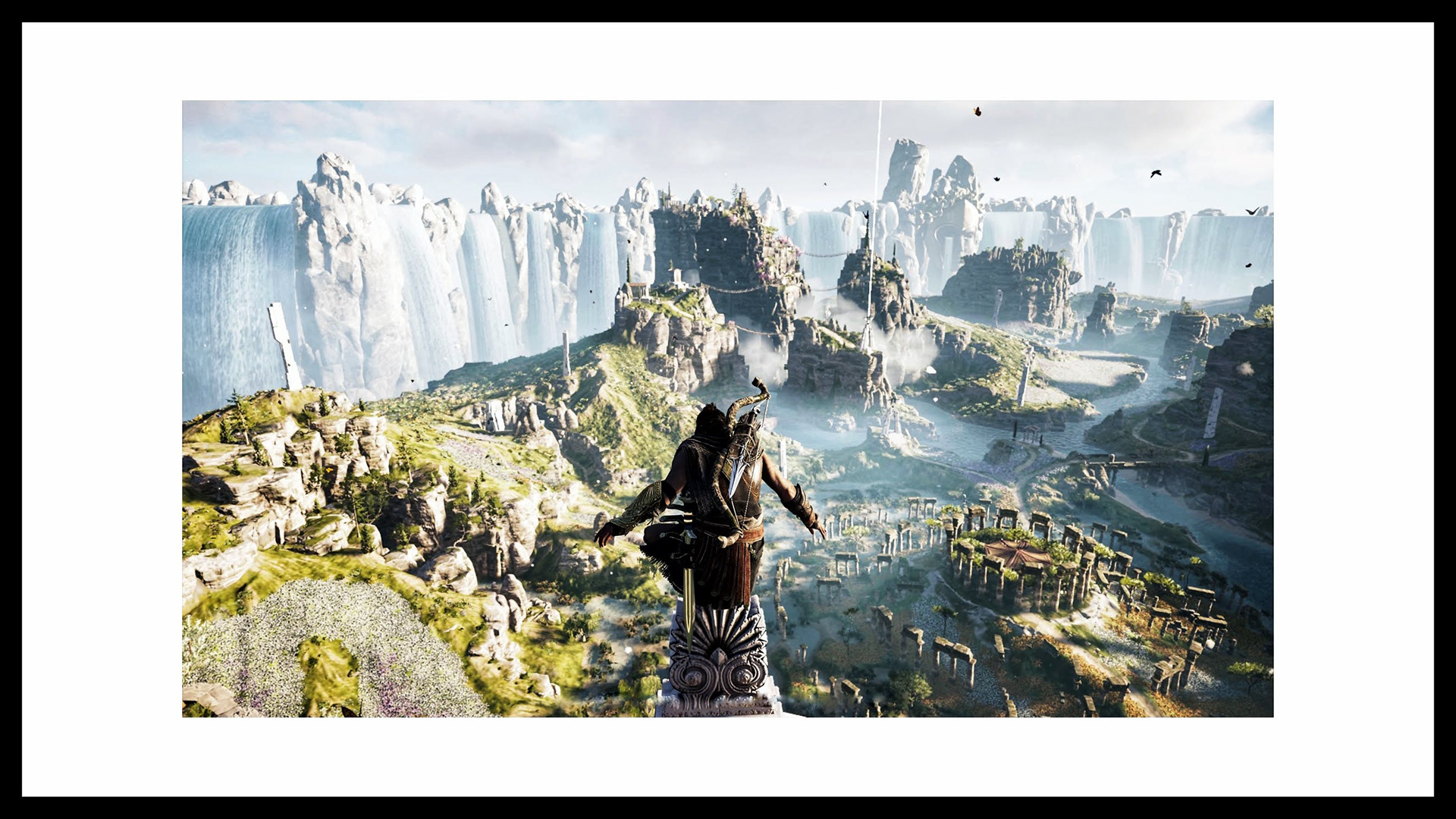
After
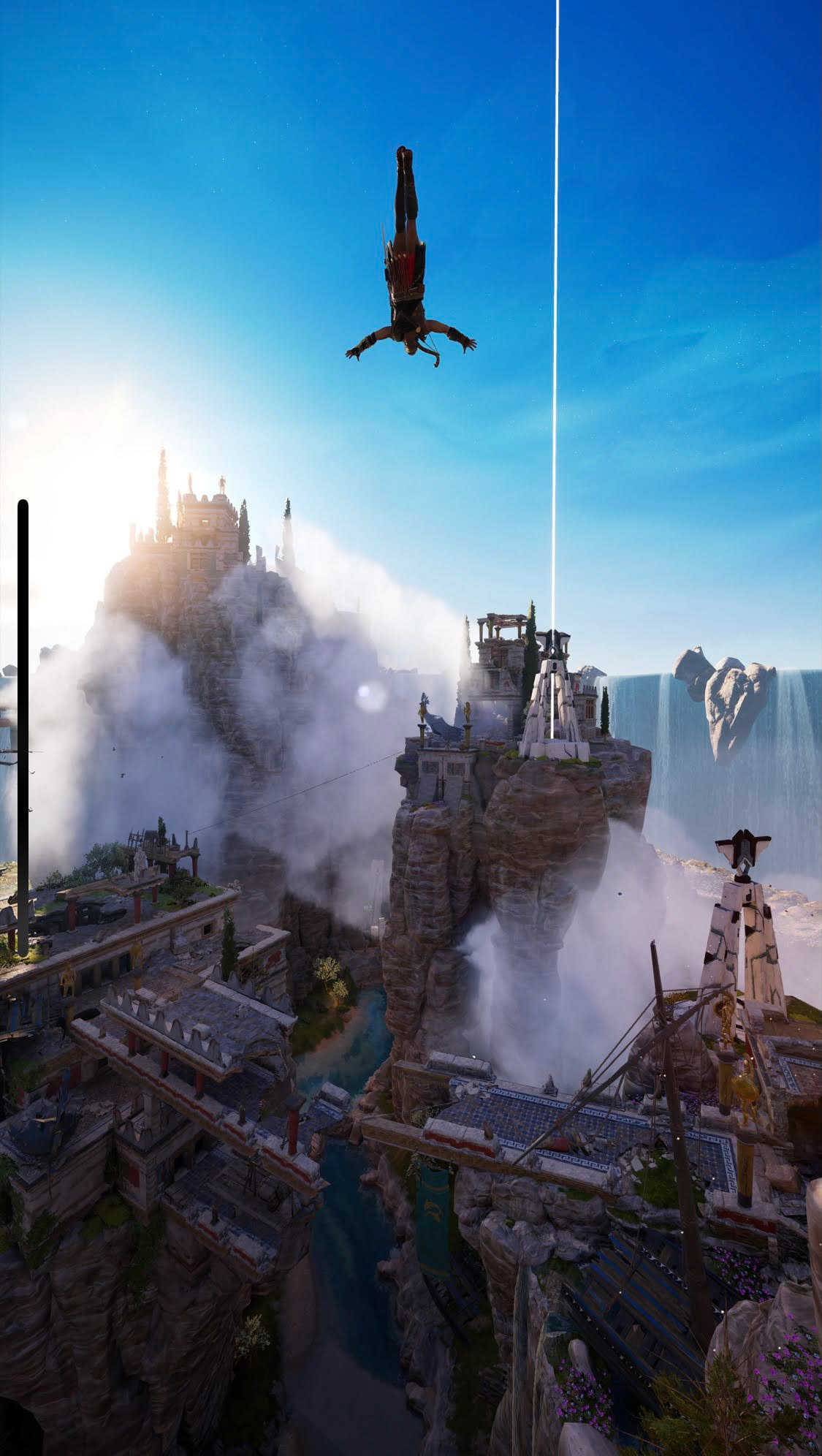
Before
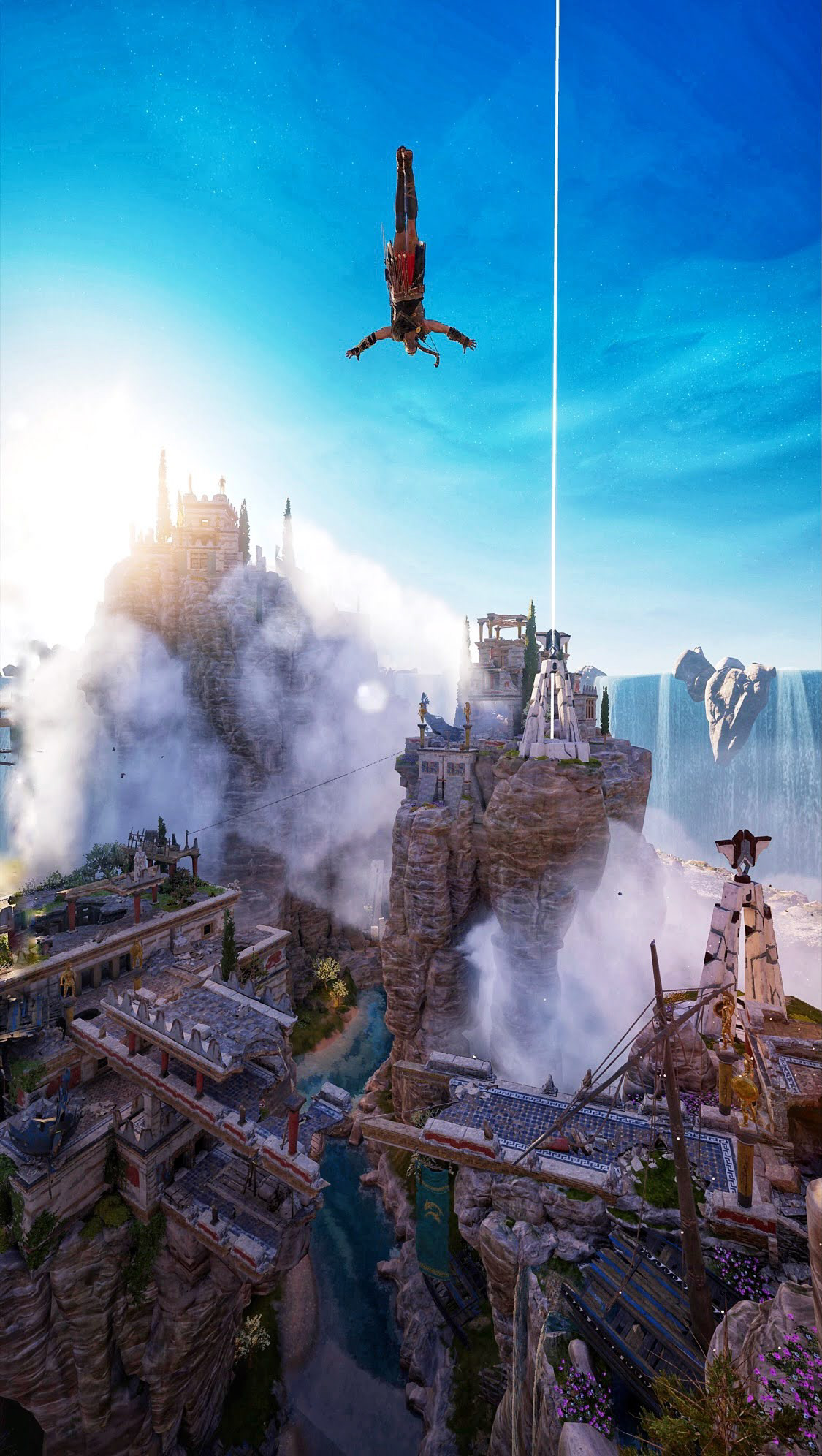
After
All right winter, you had your chance
Feb. 25, 2021
I'm not impressed. Yes, we're in Canada and yes, we're supposed to be used to winter by now but like Superman, I do better under when the sun shines. I'm not even asking for 20 degrees. Maybe like, 10? It was about 10 when I did this "orbiting hyper lapse" video, inspired by the works of Mango Street.
Becoming a better video editor
December 4, 2020
Against all odds, the world and I made it to December. To celebrate this not-insignificant milestone in this year so full of... firsts, shall we say, I think I should spend spend some time trying to improve my video editing skills. I had shot and edited a few commercial clips in the past, but I've never felt quite comfortable dealing with motion compared to stills. Being completely honest, shooting video? Yeah, it's a lot of fun. Posting small behind-the-scene snippets to social media, tagging people behind funny novelty GIFs, adding a meaningful song to enhance the mood? Yes please.
I've been told that my instagram stories are enjoyable to watch. I like making people happy, and I like attention. So, just do more of that and everybody wins, right? Wrong. I have a dirty little secret. And that is that editing videos takes me FOR.EVER. Because my goal is to become a more prolific editor, I gotta find ways to do what I do, better, and faster.
So, I'm going to dissect my latest project --a short family video, and see if we can find some areas for improvement.
I began my editing process after collating all files in native folders. I created a standard FHD sequence @ 29.976fps, and began dropping clips onto the timeline. At this point, I have only a vague idea of what I want the final product to look like. I drop clips in the timeline and begin cutting bits and pieces according to what I think is the internal "music" of the clips. then, I go hunting for actual music. I know i want something festive, holiday-sy, but not overly Christmas-y, and after a few minutes of solid disappointment, end up settling for something jazzy I found on freemusicarchive.org
A larger narrative begins to emerge. I begin dropping markers in sync with the music. This process will define the pacing of the video, so I want to be careful not to end up with too many markers, as they will indicate when a cut will take place. This part of editing takes me the longest.
When that's done, it is tie to add extra details-an intro, an outro, transitions, captions. It's a continuous dance towards what feels "right." I've long ago shed the egocentric view that my work has to be perfect -I am happy with good enough. and so I aim for good enough. drop an after effects opening, the first time I've used motion graphics on premier, and after making sure there are no good clips left unused, I hit the export button. ETA 3 hours!? for a clip that's less than 2 minutes long... that's After Effects. After the progress bar crosses the part of the motion graphics, the eta drops to 10 minutes. I allow myself a short smile.
When the export is complete, I check the final product, and find it... acceptable. Then I realize this is meant to be sent via WhatsApp and shared on instagram, both of which are vertical formats and not horizontal. Back to premiere, where I create another sequence and spend another hour reframing the movie, which now has lost over 50% of its pixels in the verticalization--brining the visual quality down by that much. No problem. The sequence exports at 1080p, and because the original footage was shot at 4k we can punch in relatively close without much loss in quality. As an extra bit of luck, most bits shot with the iPhone were recorded in vertical mode, so those retain their original quality. After this, I go to export media. 3 hours; after a while, 15 minutes. hm.
As the process wraps and I send the file to my iPhone via airdrop (underrated feature), I start to feel the weight lift off my shoulders. Until I realize that doing this short clip took me the best part of one afternoon. Worse, on second viewing, the excitement of being done is overwritten by my self-criticism and now I notice all the details this movie could use. Pacing, cutting, transitions. Uggghhh... deep breaths. It'll have to do. I look at myself in the reflection of the monitor and tell myself: "done is better than perfect. move on." Reluctantly, I turn off the monitor.
***
Days go by, and I replay the video. Before the critic inside can take over, another realization occupies my mental space: this is going to be a piece of media my family and I will treasure when our kids are older. They won't care that its missing expert audio mixing.
I then think about all those beautiful little candid moments that live trapped under dozens of little clips that were backed up a long time ago. Precious moments hidden among a mountain of digital needles in a digital haystack. How ironic would it be to spend less time with them just so I can put together videos of themselves playing with each other?
I've been at this long enough. I'm not sure whether this self-reflection has taught me much, but it's night time and I'm tired. I turn off my phone.
E-store link added
November 21, 2020
I'm fairly new to the world of printing. at school I took 4 separate courses on printing professionally on several traditional and alternative mediums, and learned to handle anything up to 13" x 19". but what if a client wants something beyond that size? well it's time to shop around for large-scale providers.
while the e-store has actually been live for some time now, I didn't want to bloat the website by adding too many links. so far I've only used it to offer printing options for completed assignments, but recently began experimenting with personal work. so far, I'm linking what I'm getting with this provider.
there are so many options, and everything comes with helpful personalized previews for all the stuff they offer: canvas, acrylic, wood prints--even custom frames. and, everything can be previsualized in several different environments, at different sizes, and even at different perspectives. all so you can get an idea of what you're getting in relation to something else you do know the size of--like a chair or a potted plant. lots of people purchase 8x10"S of their family picture thinking that's going to be big enough to hang in their living room wall and are stupefied when it doesn't. yeah, it doesn't. even when you purchase a 13x19" frame with an 8x10 window on it. trust me on this.
anyway, I'll be adding some work here through the next few weeks. feel free to check it out, and if there's something you want to purchase, use CODE: ND3TO to GET 15% REBATE. the link is right here.
family Breakfast
November 18, 2020
I've never been interested in producing still life photography, but every now and then the light that creeps through the little living room window hits *just* right and... like it's almost always the case with me, once i overcome the initial laziness and take the camera out, moments worth capturing just keep appearing. not still life moments, just--moments.
Throughout the past few months I've accumulated what I now consider to be beautiful slice-of-life images of my family. however, in the moment, I often find them hard to justify --why take a picture of Noah (2.5 years old) playing with his toys at the breakfast table? that's only the most mundane activity for a child to be doing. why take a picture of him and my mom laughing at their reflections in the mirror? why a photo of Noah and Olivia and my mom eating a popsicle? and yet, when I look at these photos, I feel myself choking. it's like the love of a god passes through these mundane images, and each brings me a day's worth of mundane that is now not boring or repetitive but reassuring and full of the life that my children bring to me across all of the moments of mundanity across all of the years I've had the pleasure to call them mine. it's a moment of their life that I can make my own and through them enjoy them when they're not by my side. or when I'm no longer by theirs.
i find it easier to express what I feel when I'm with my children through pictures than I can with words. I can say a few words in the spur of the moment if someone asked me what am I doing, but they never ring true and appear artificial, mechanical and ring hollow. The images in this entry aren't special in the traditional sense of the word--nothing out of the ordinary happened: just family breakfast. but they somehow feel like glimpses of a reality far beyond my understanding -- truly, an image is worth a thousand words. reviewing these little photo series always make me feel fortunate and grateful that I became a photographer.
This is now a mommy blog
Nov 9, 2020
Alternative title: Kensington before noon. The text is in the captions.
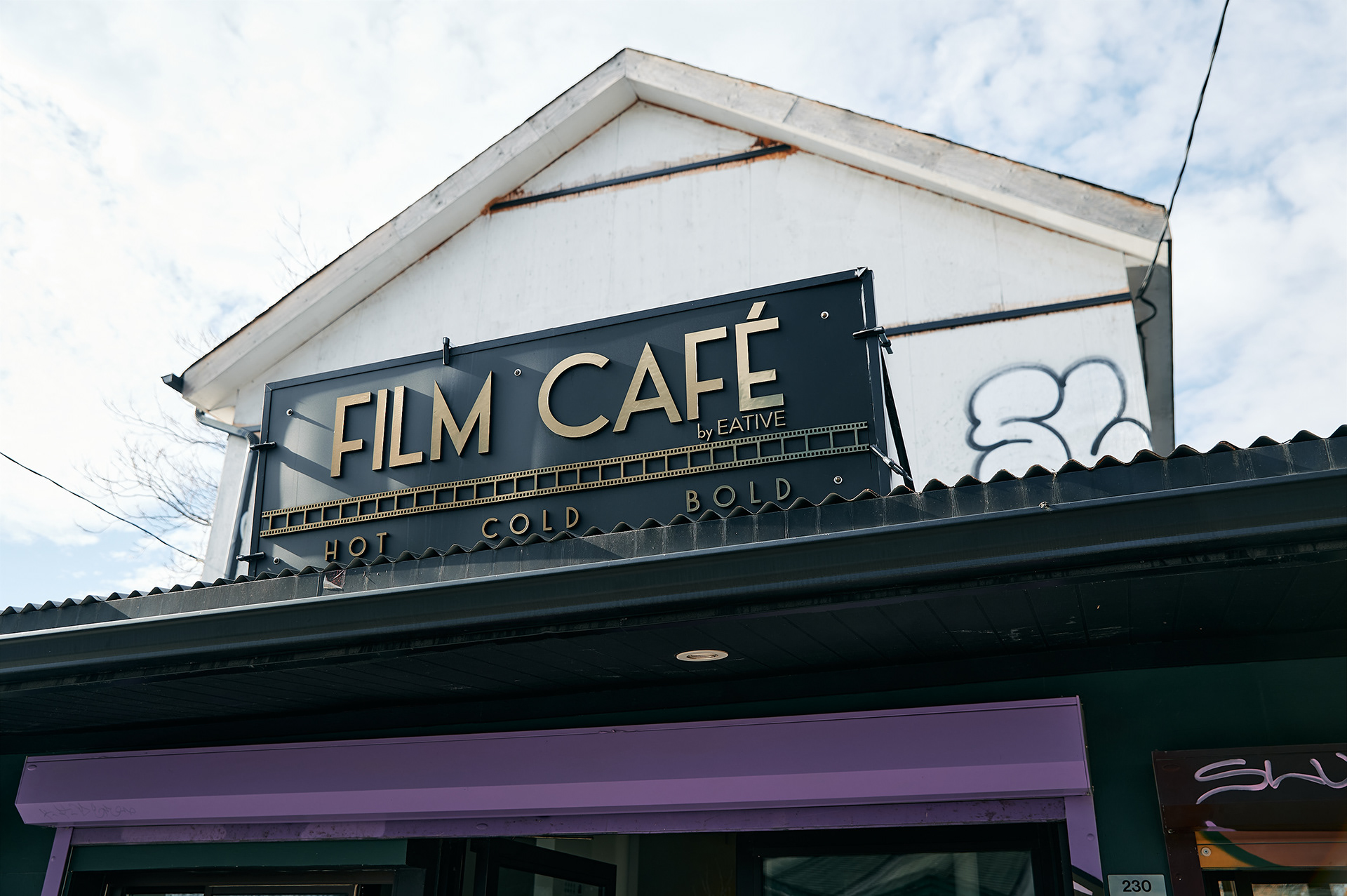
Film Cafe in kensington market
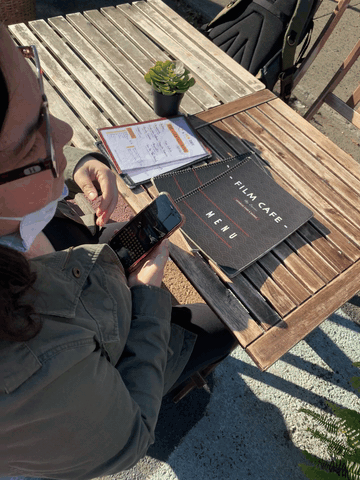
checking messages one last time
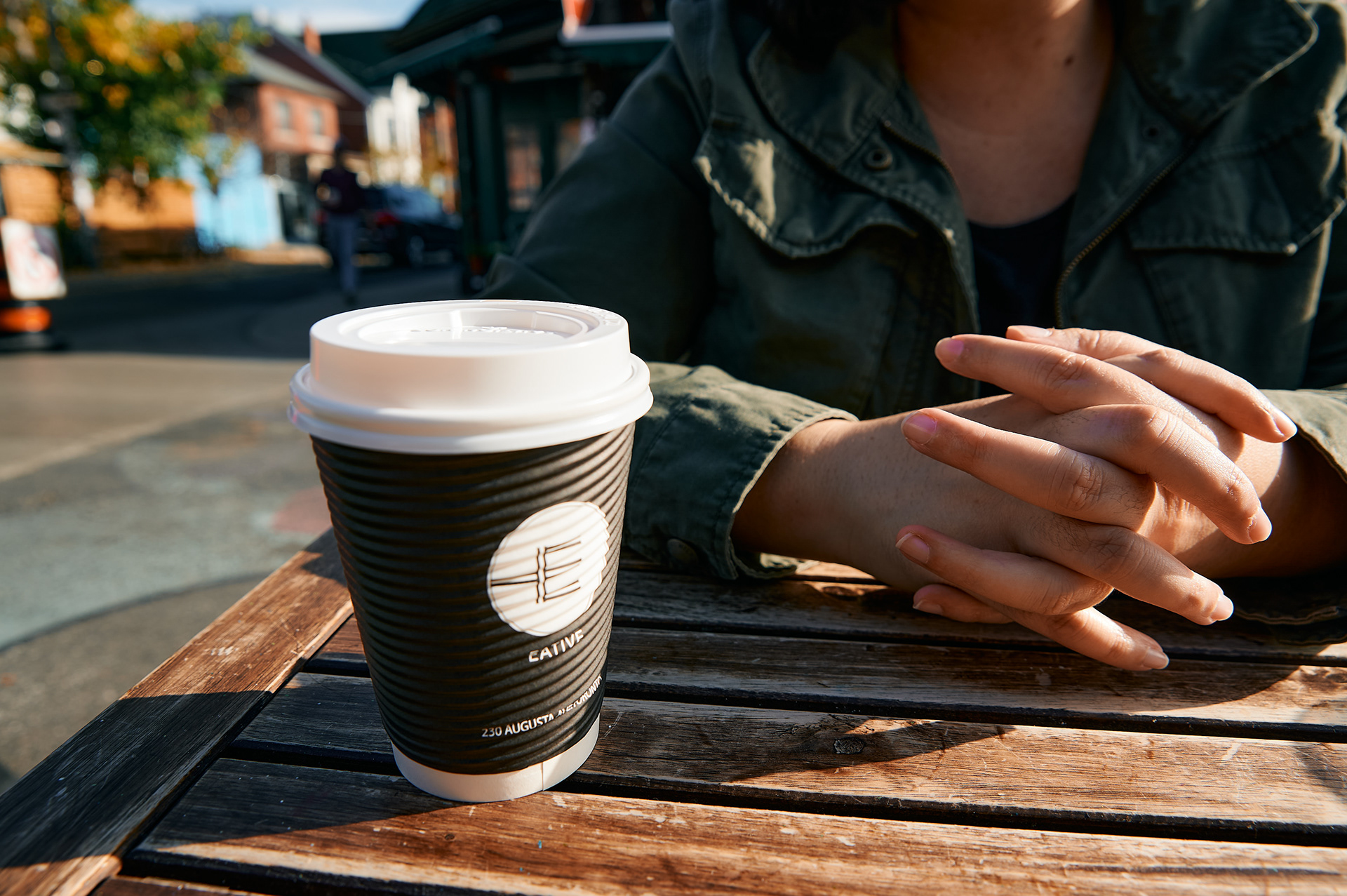
Latte by Eative
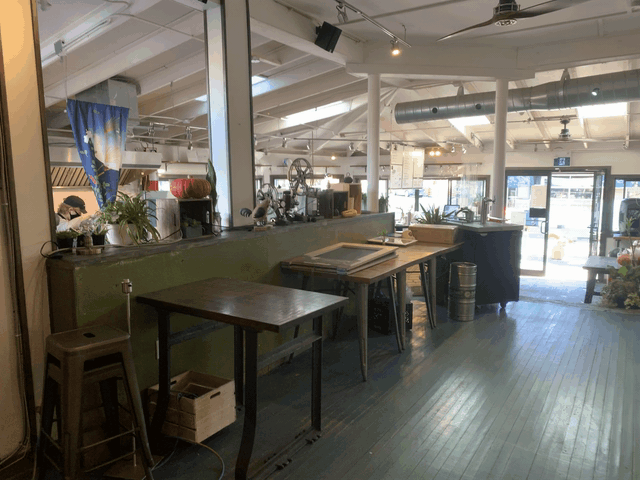
A friend tells me this place was amazing pre-covid
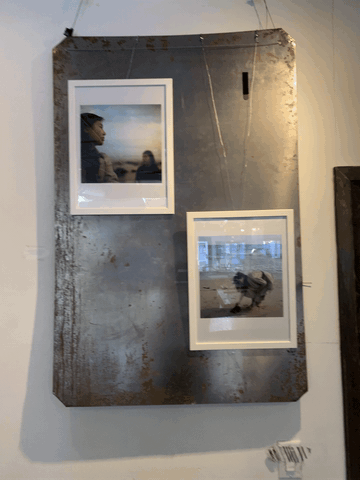
And I totally believe him. The atmosphere alone is...
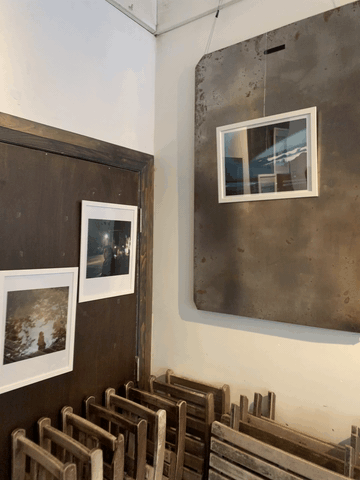
captivating
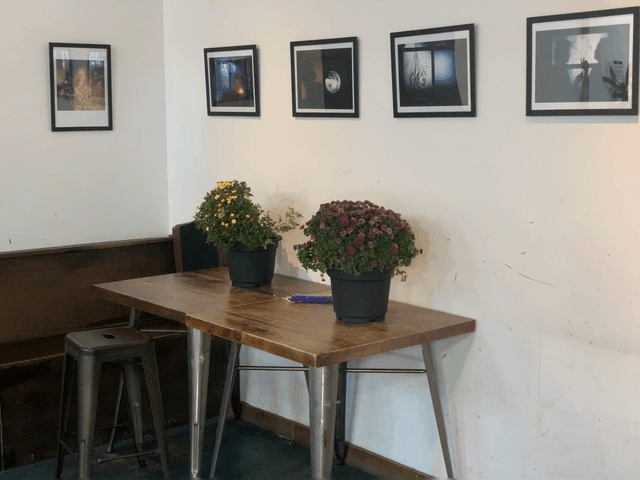
There's something zen-like about the way these images hang on the wall
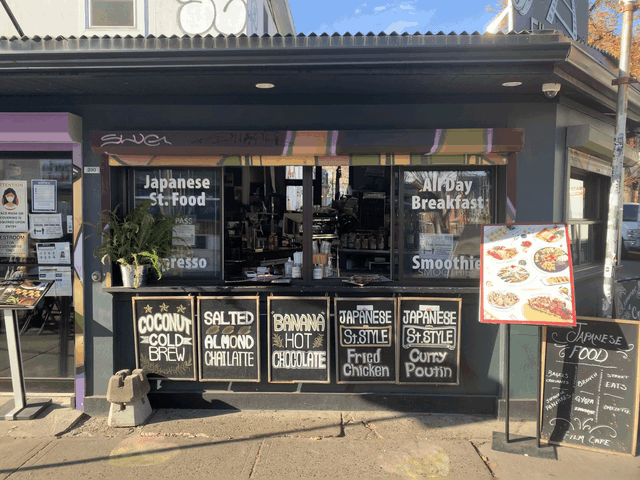
The store front, attended by the nicest lady you've ever met
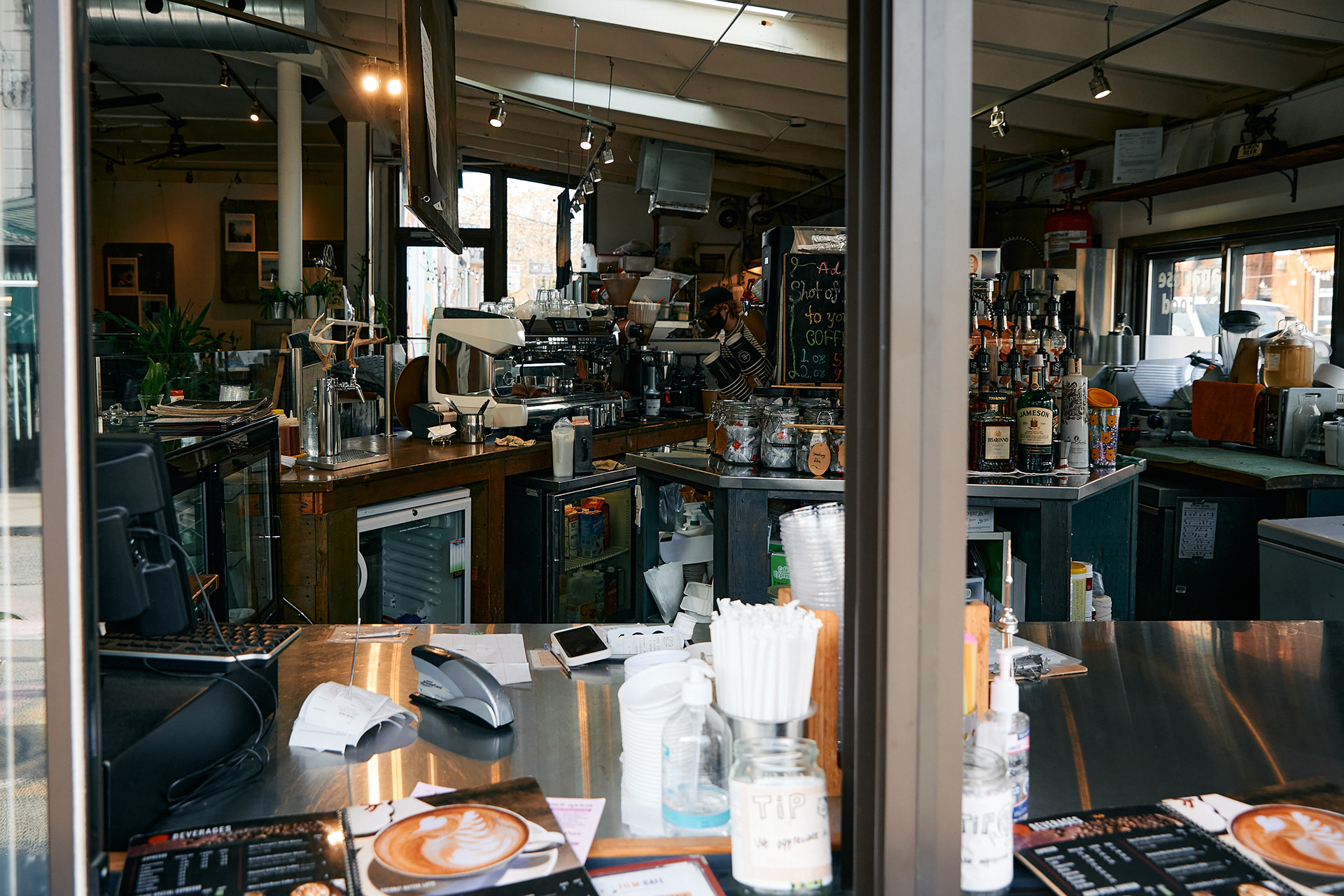
It looks cozy inside.

Our choice: Japanese Curry Poutine and Okonomiyaki
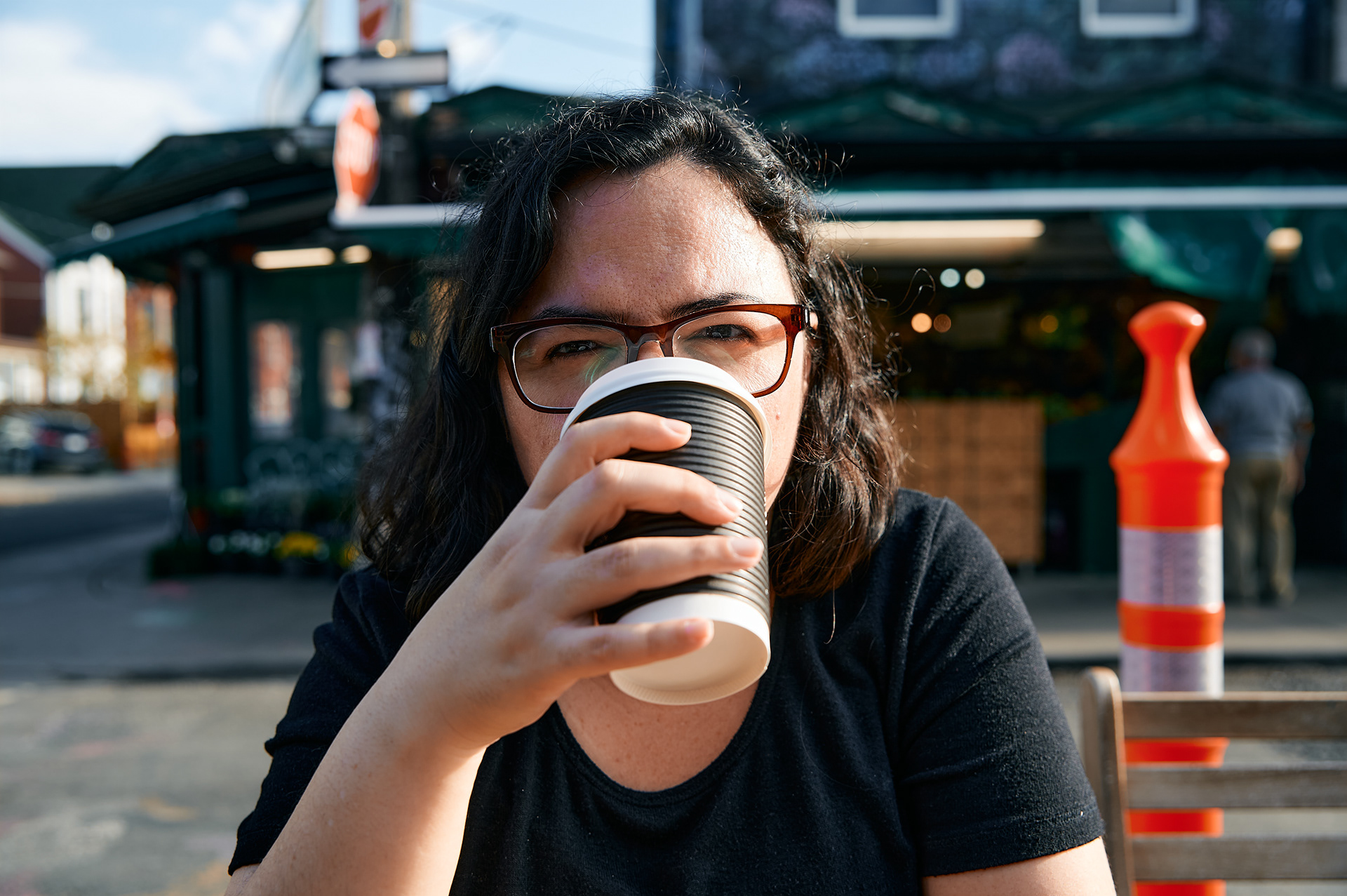
Almost done with Latte by Eative
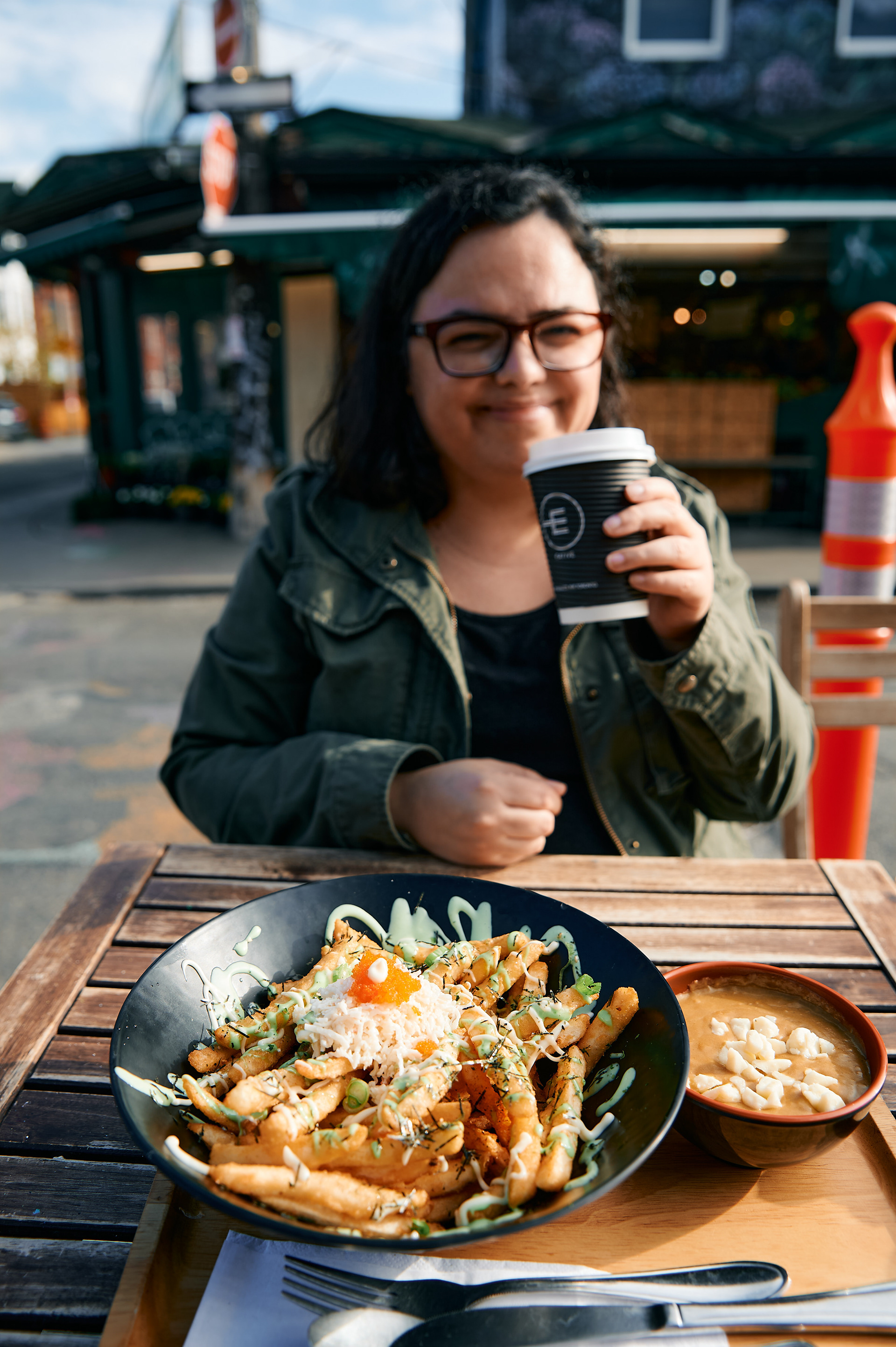
glad to be outside today
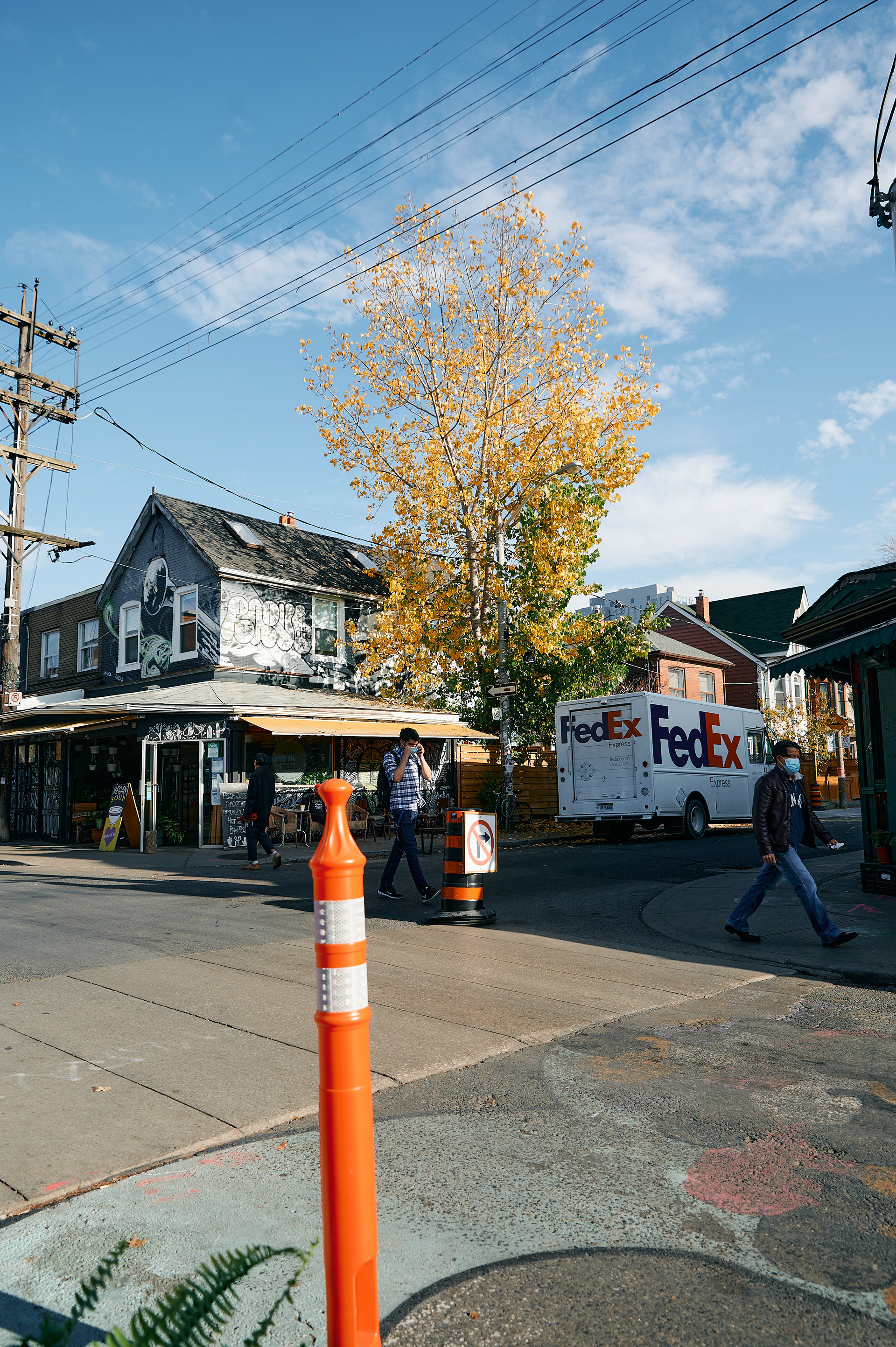
late fall or early spring?
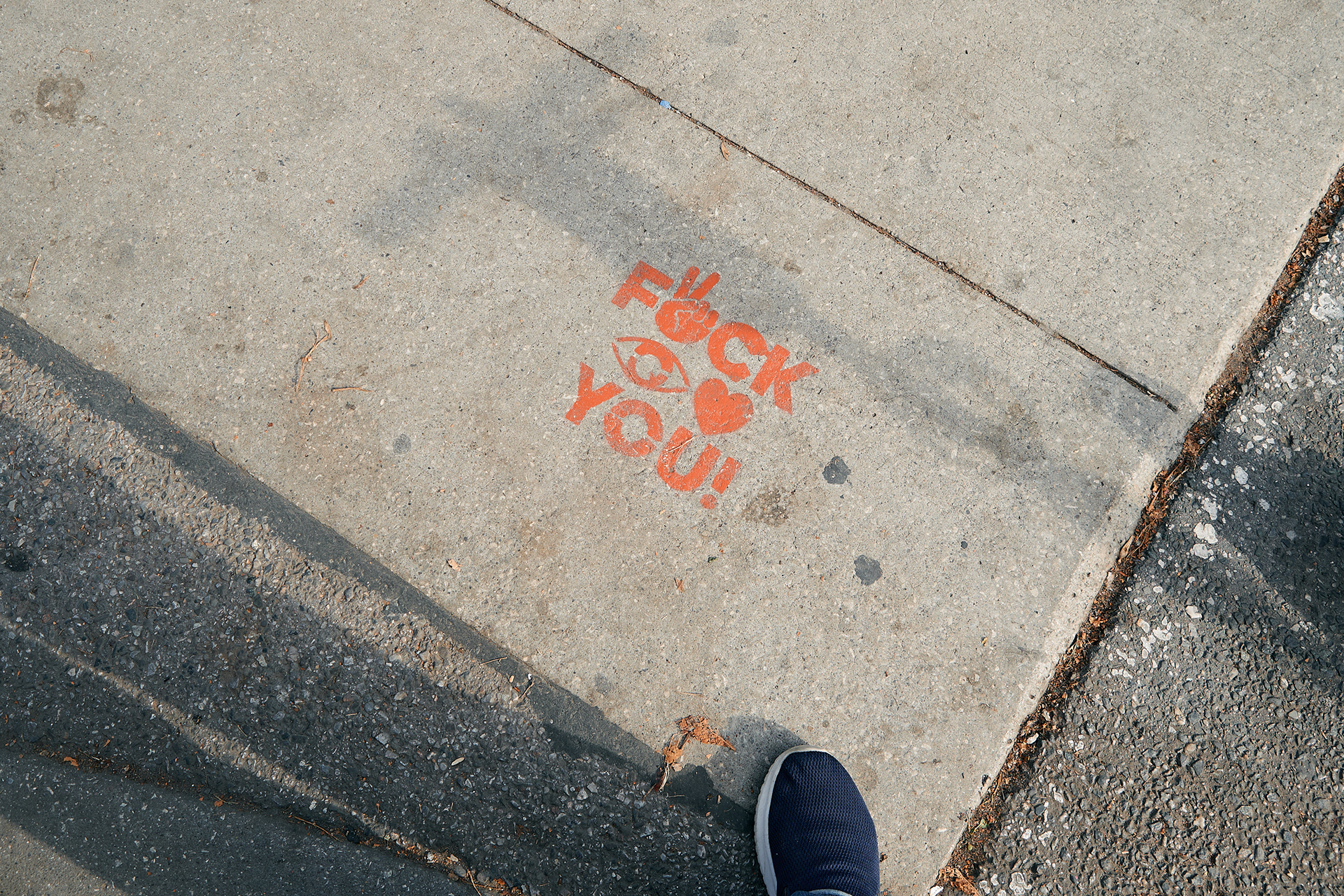
Fuck you too :)
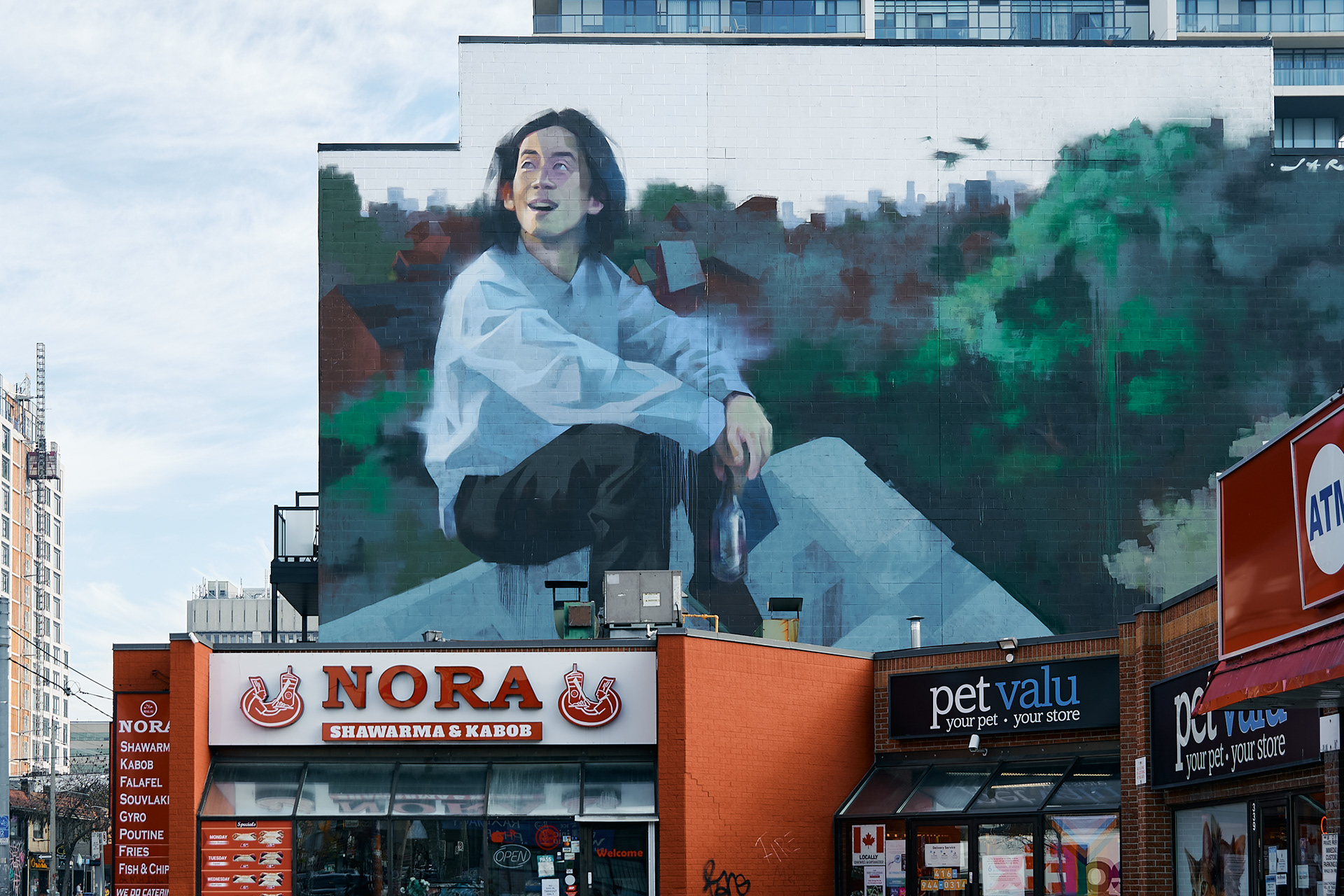
Lovely mural. I wish Toronto had more street art
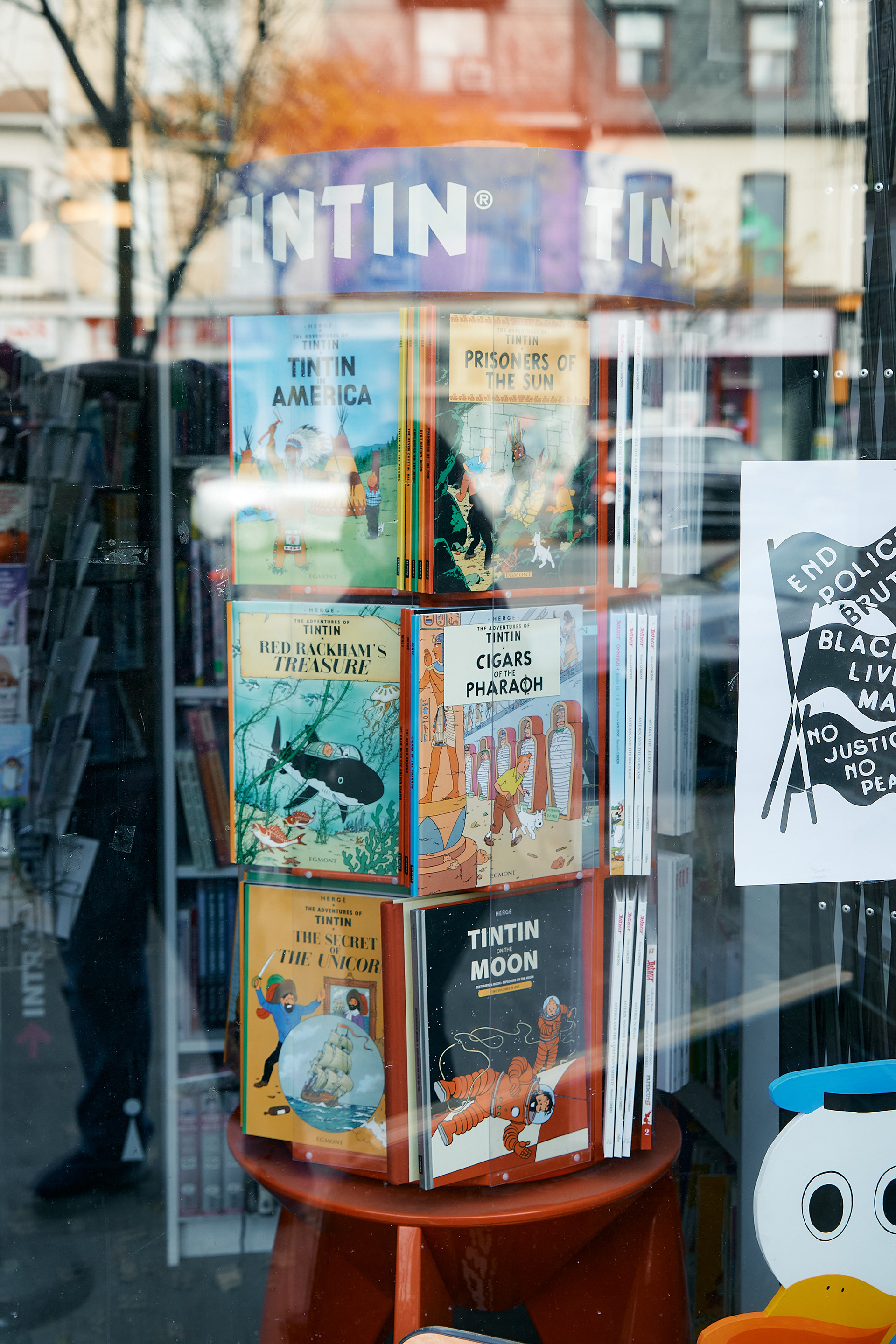
Tintin is just the best comic ever

they look like cute little elevators don't they
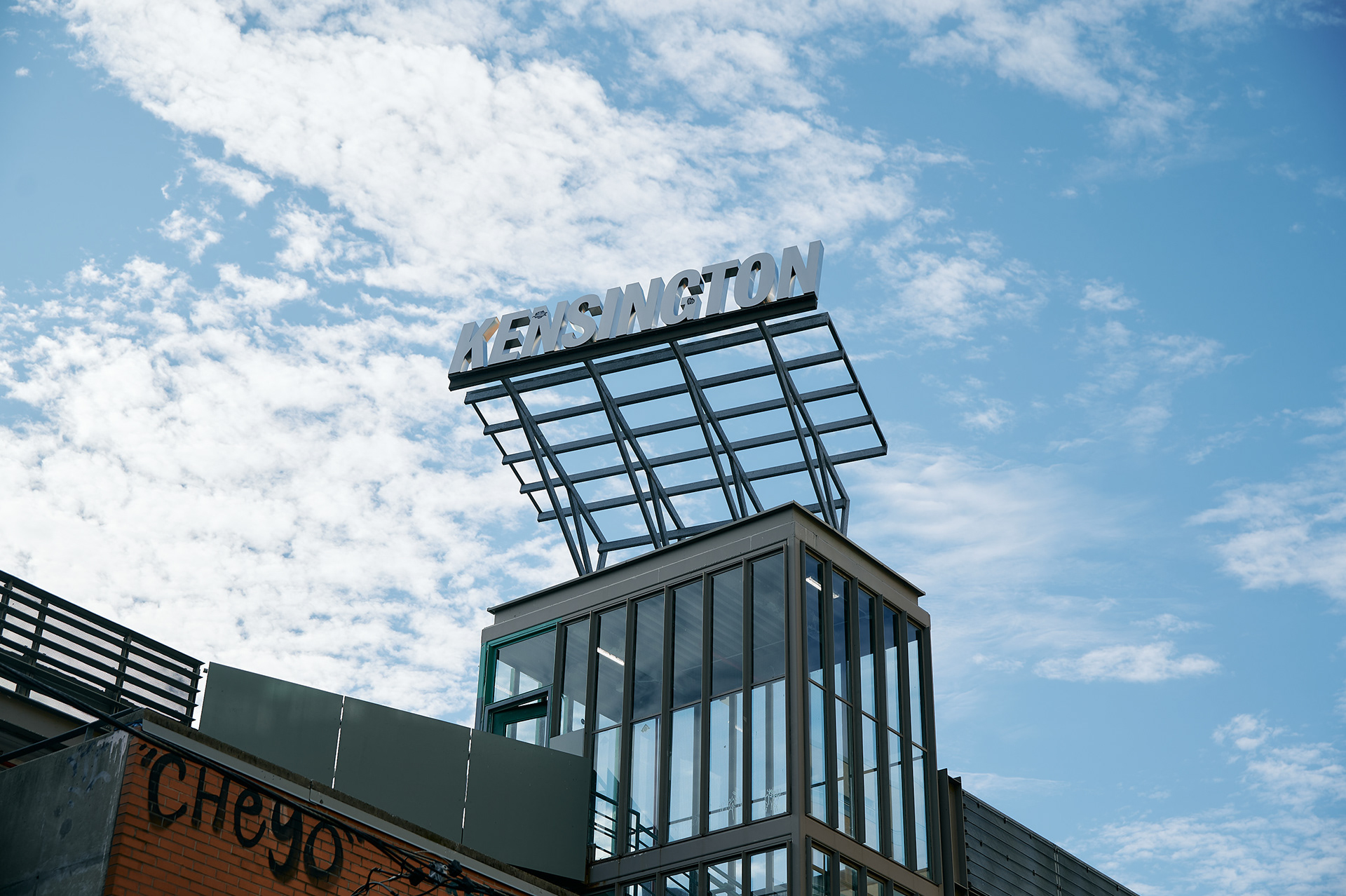
somehow someone managed to get up all the way up there and tag it. Twice.
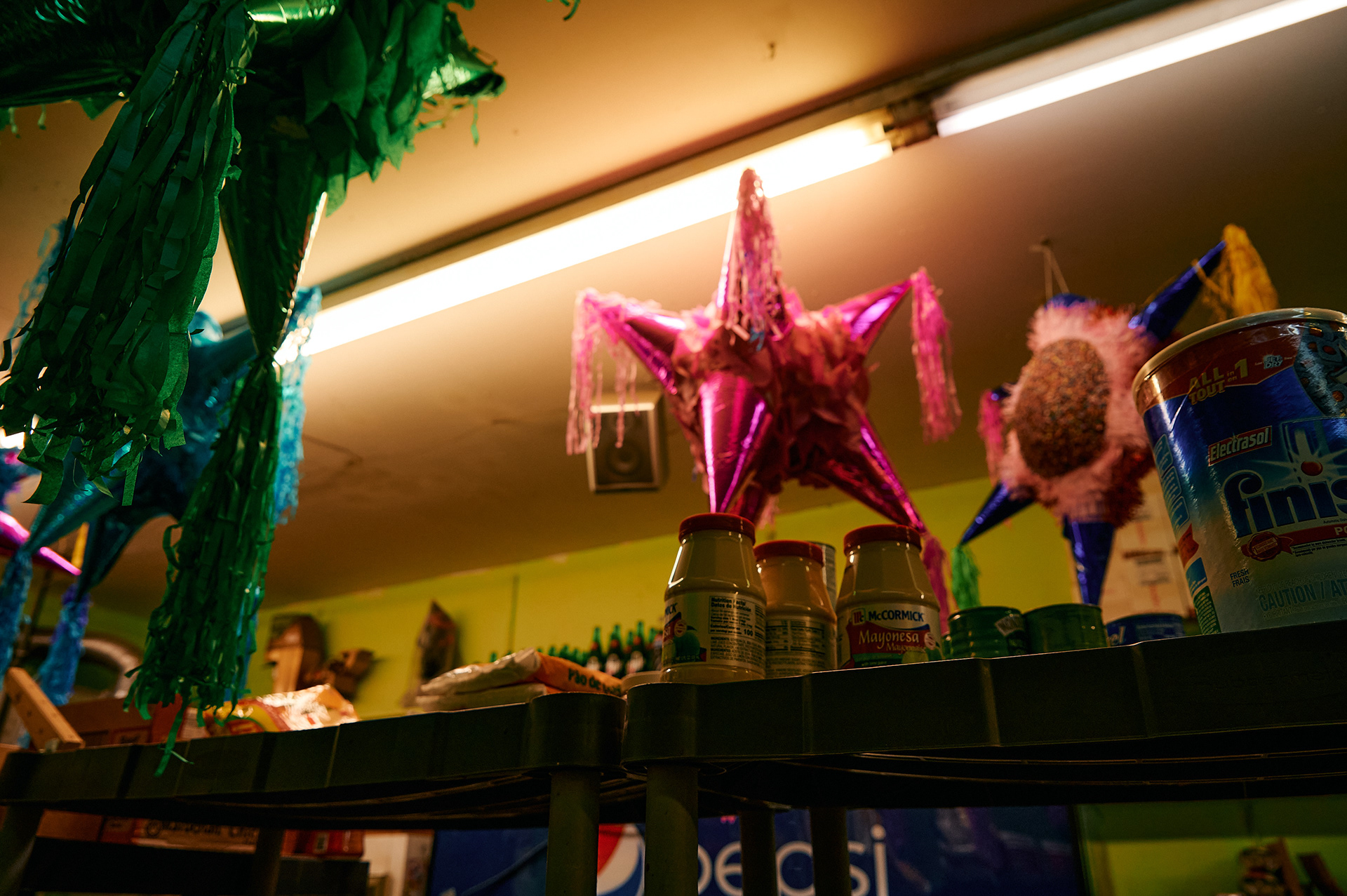
Everything about this says "Latin-American store"
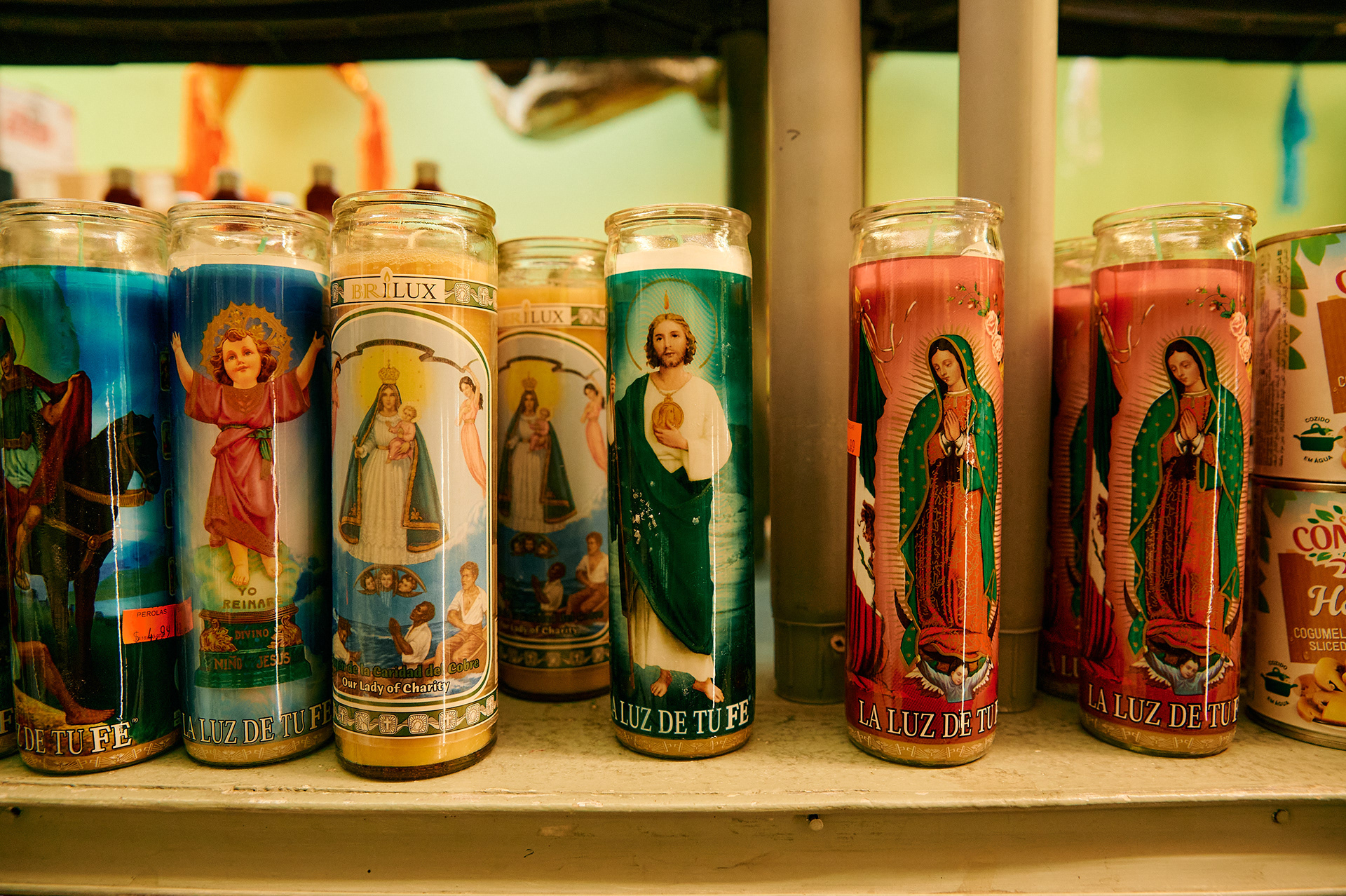
You can never have too many virgen de Guadalupe candles
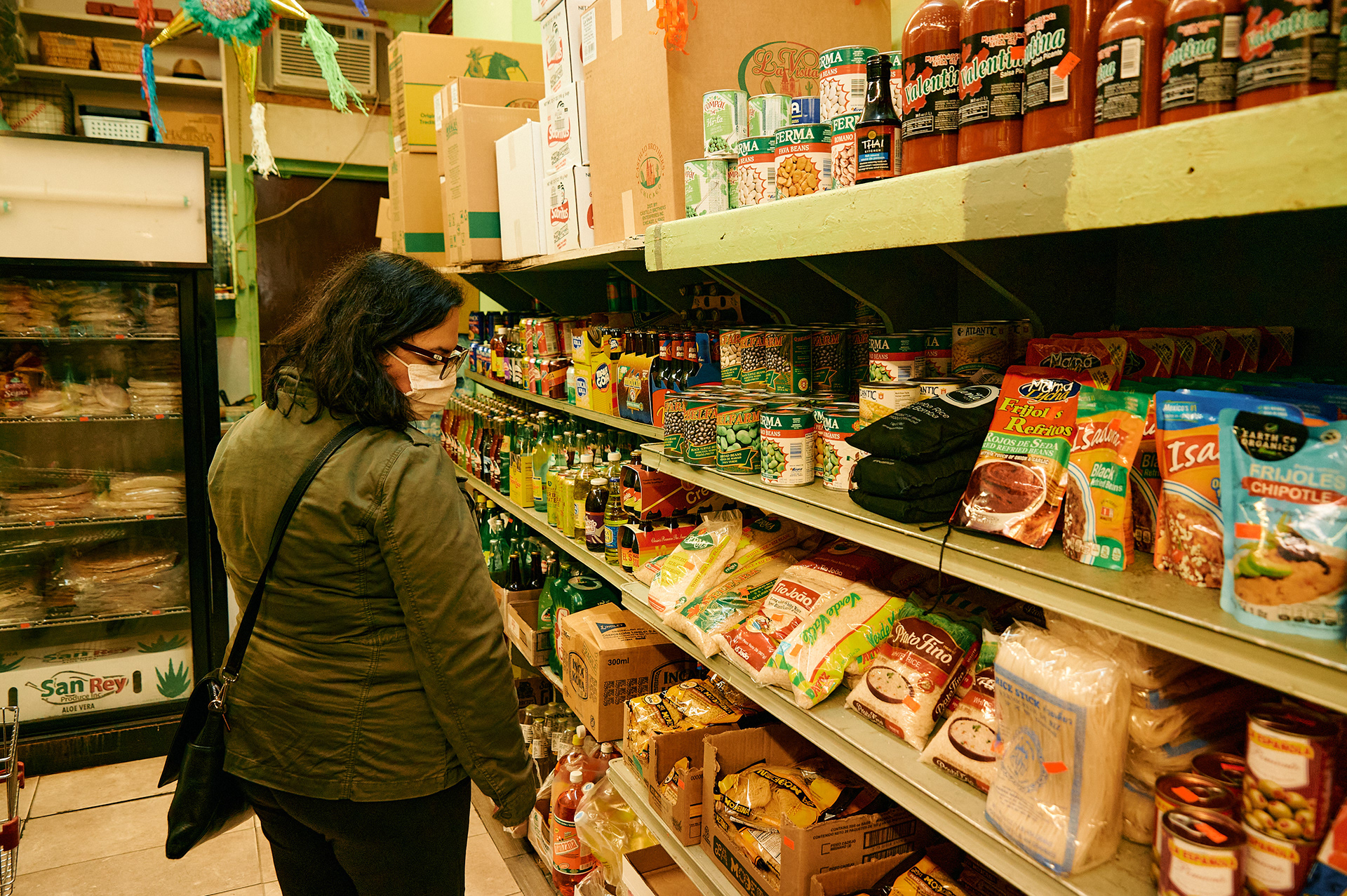
Decisions decisions
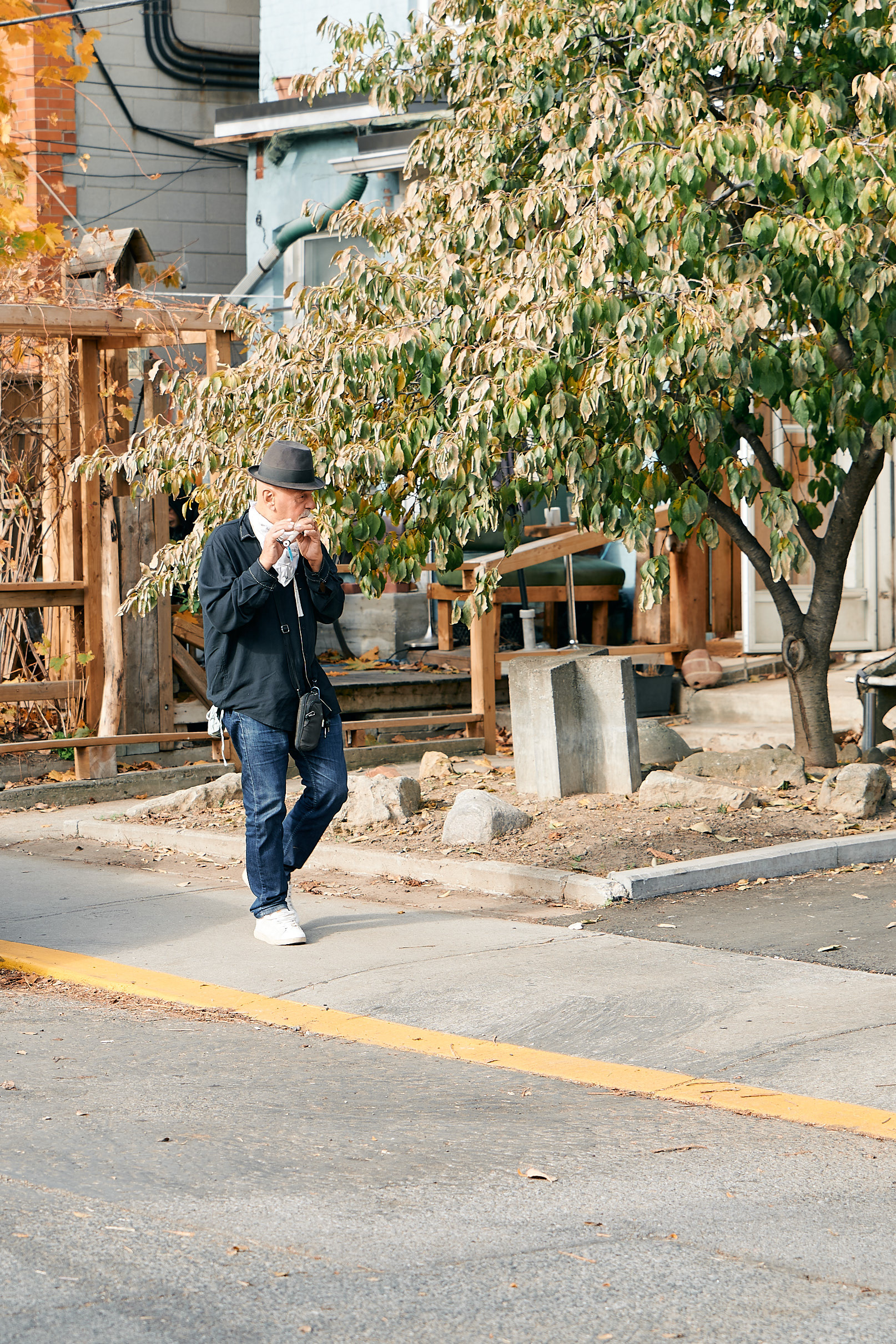
An older man casually strolling by while playing his flute is Kensington at its best
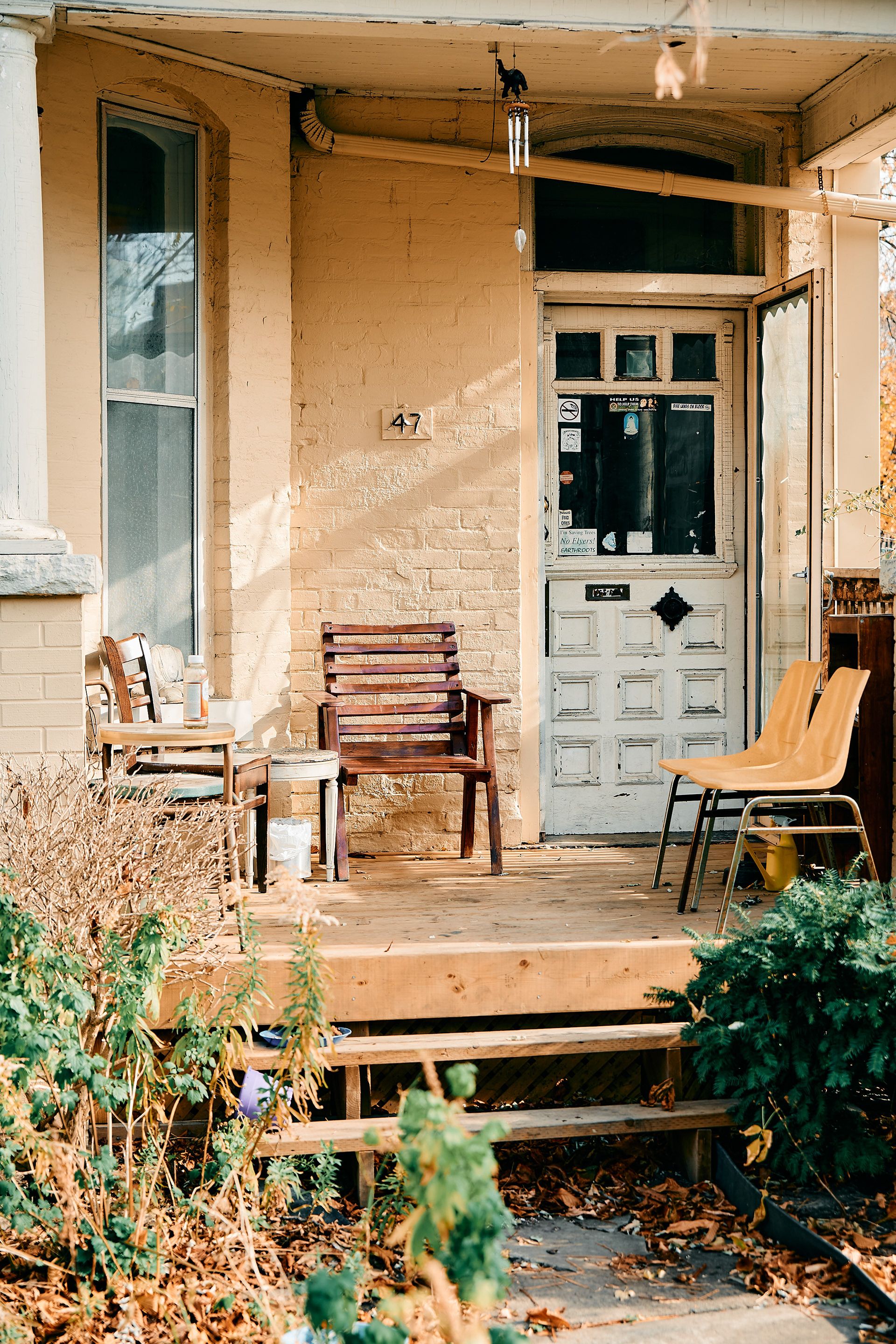
mandatory front porch shot
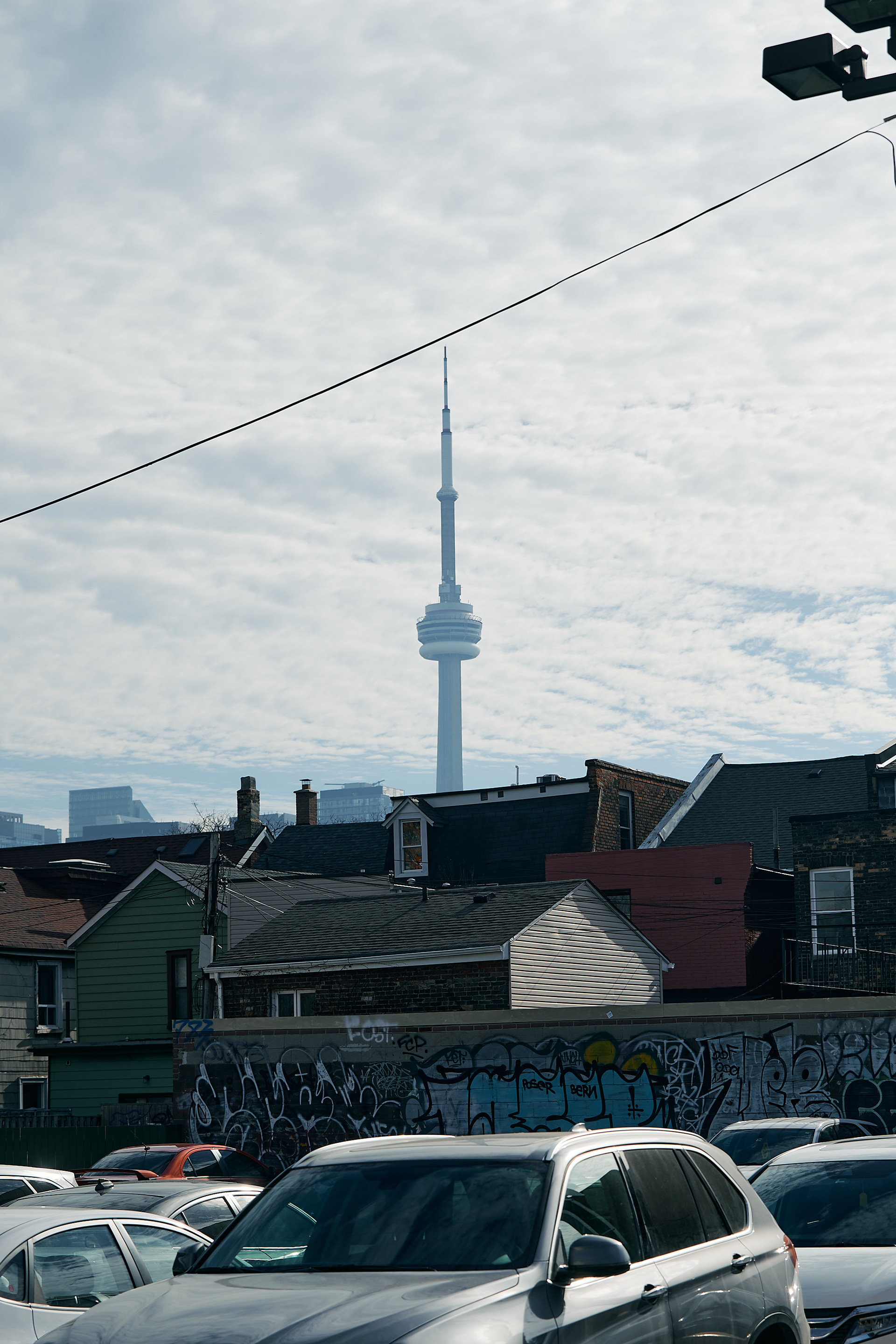
There's something mystifying about seeing this tower from anywhere in the city
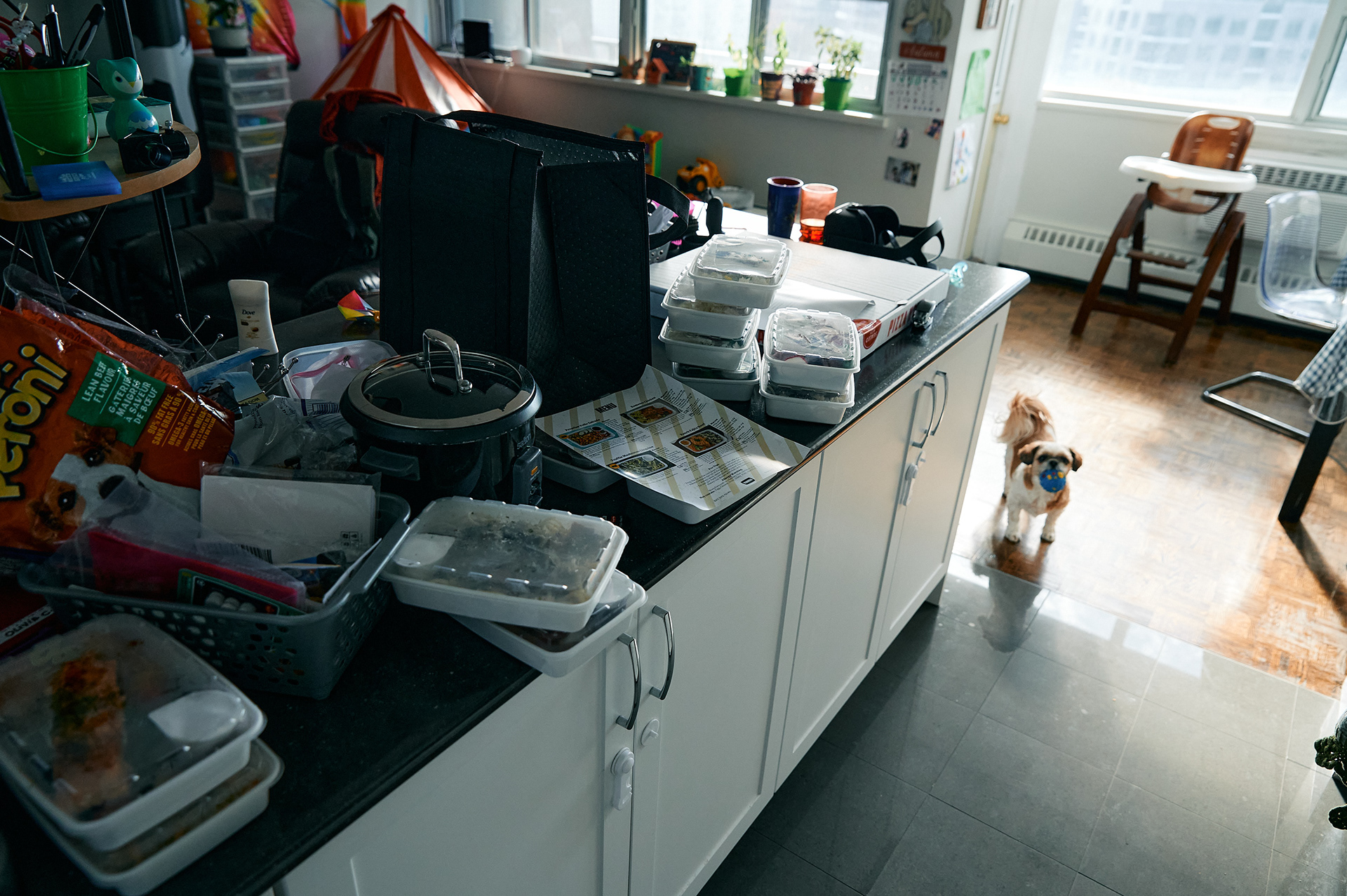
Our Yumba ordered arrived just before we got home
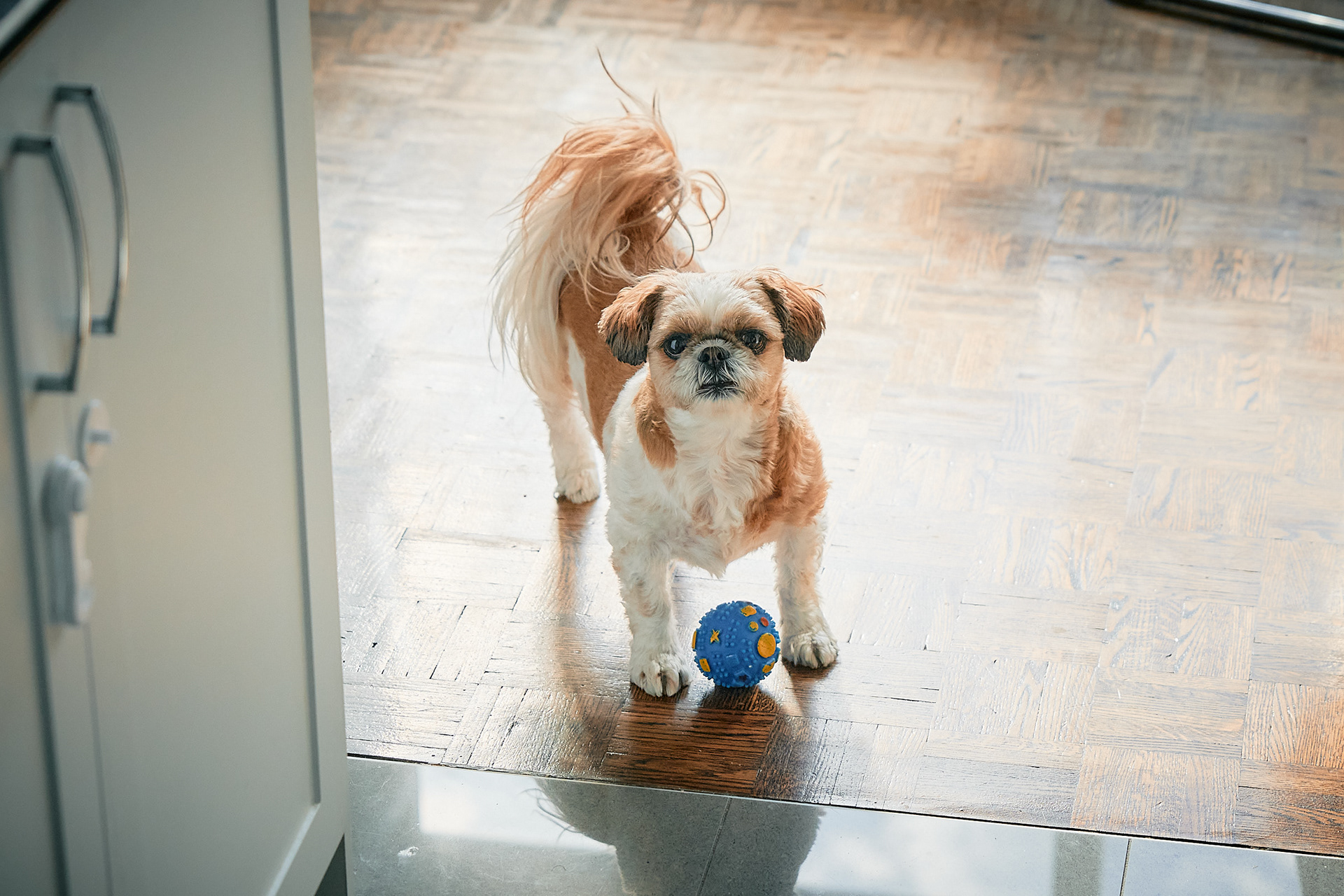
Happy 8th Birthday Christmas! You'll always be my favourite dog daughter
Covid Diaries Part IV
Nov 2, 2020
We couldn't leave the house because of lockdown (thank you Covid-19), so Katlyn came up with a home-made candy hunt. I contributed by documenting the event. For this short home-made movie I used a 24-70 2.8 Tamron lens paired with the Nikon Z6 shooting at 4k 30fps and resampled it to 1080p. I strapped a falconeyes 7 LCD panel to the camera to add some ambient light and some visual effects (like the lightning). Frankly the Z6 was such a pleasure to use--the autofocus snapping to the selected subject on the fly even in relative darkness-- that I am wondering if I should start shooting with this instead of my iPhone to document the adventures of my little ones.
Covid Diaries - I miss school
July something, 2020
It was an unremarkable day during fall 2019--unless you were in the basement of the L building in Humber College North Campus. At that moment, dozens of people scrambled mentally and physically to create a remarkable visual piece for the Commercial 3 assignment. To add to the challenge, we had to use some old Hasselblad cameras, which are remarkably finicky and prone to mirror lockups, firmware bugs, and just general moody. Early that day I had decided on a minimalist approach to my image, something like sunlight hitting the delicate glass corners and scattering in the evocative manner of summer heat and elegance--so I got my shot pretty early and decided to go pester my peers by recording some impromptu behind the scene videos. I even got the legendary commercial photographer Andrew Waller on camera, who looked pretty displeased to be filmed without a warning but hey! life comes at you sometimes when you're not ready! Andrew was our professor for that semester. That guy really knew his stuff, and showed us all the cool gear the cage was keeping secret. Truly the secret to wisdom is having a wise teacher. This was a great day--there was a purpose and an energy floating in the air that was intoxicating and sweet and I miss it so much.
Things -- Far and Near Part 3
May 30, 2020
The photo essay continues, and I've got to say--I'm starting to like the 105 as my primary lens. The focal length is telephoto, but not that tele, it is very sharp, super fast to focus, not too heavy, and it has a macro option! It is ideal for this little personal project :) As a novelty, today I really struggled with wind; I usually shoot 5 or 7 images of something, and usually one is in focus, but with the winds we got today, not even one in 12 came in focus. In a youtube video (whose name I don't remember, I'm so sorry) I learned that whenever one is shooting flowers and there's a lot of wind, it is easier to move the subject with a free hand (so it walls in the camera's pre-focused focal plane) that to try to get the subject in focus while it moves. When shooting macro, even a little bit of wind can make a subject appear as if they're in the middle of a hurricane. So I tried that today, and it did make a difference but... not as much as I hoped.
Enter AI. I learned recently of an AI software that can sharpen objects AFTER the fact. Sounds like sci-fi right? except the results speak for themselves. (My d810 + 105 mm give me sharp results out of the gate but not THAT sharp). It is truly outstanding, if a little temperamental and time consuming. I'm still learning its ins and outs before the trial expires and I have to either purchase the software or just learn to live in the real of people who know how to nail focus and rock-solid stability while shooting handheld macro subjects. Decisions decisions.
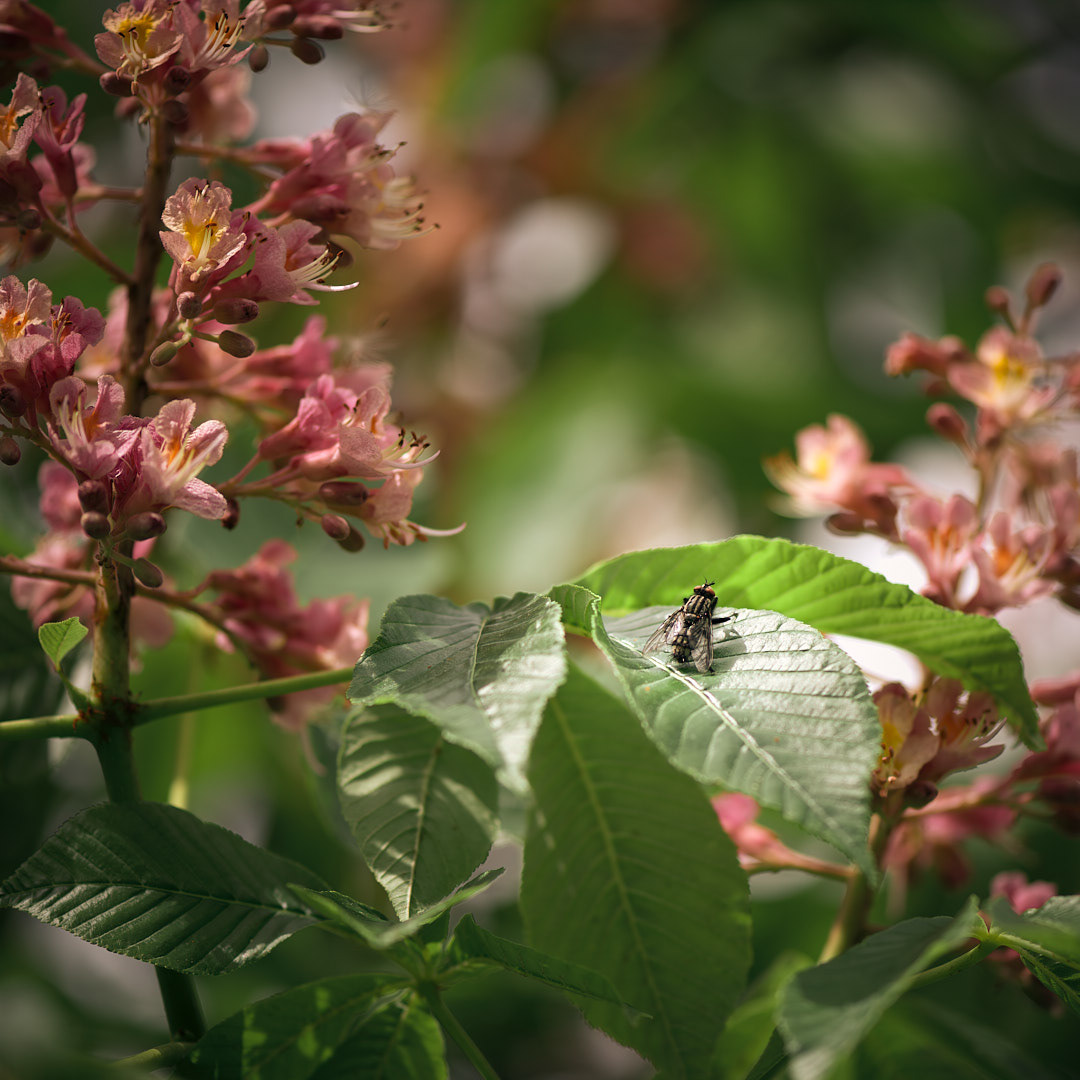
Mr. Fly (far)
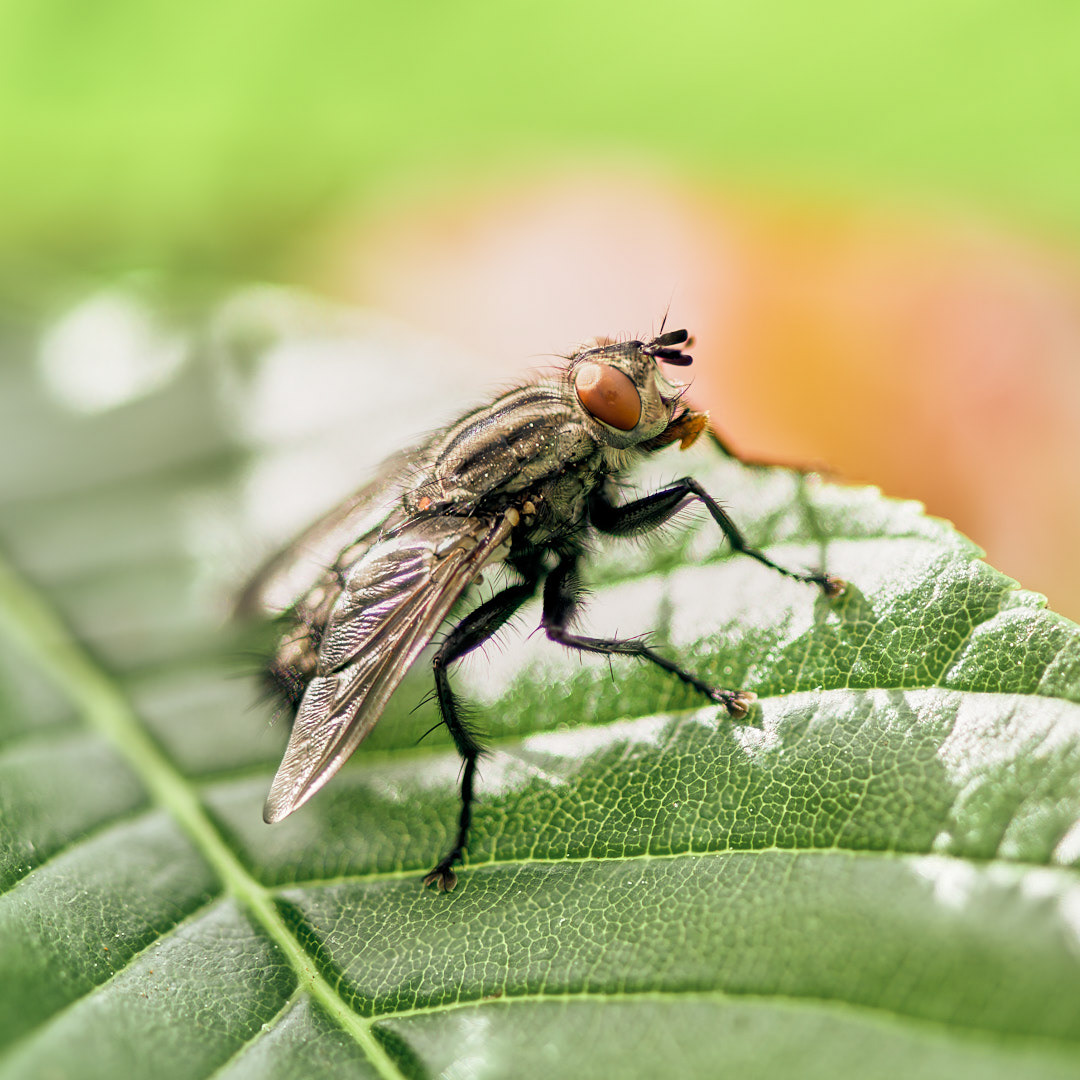
Mr. Fly (near)
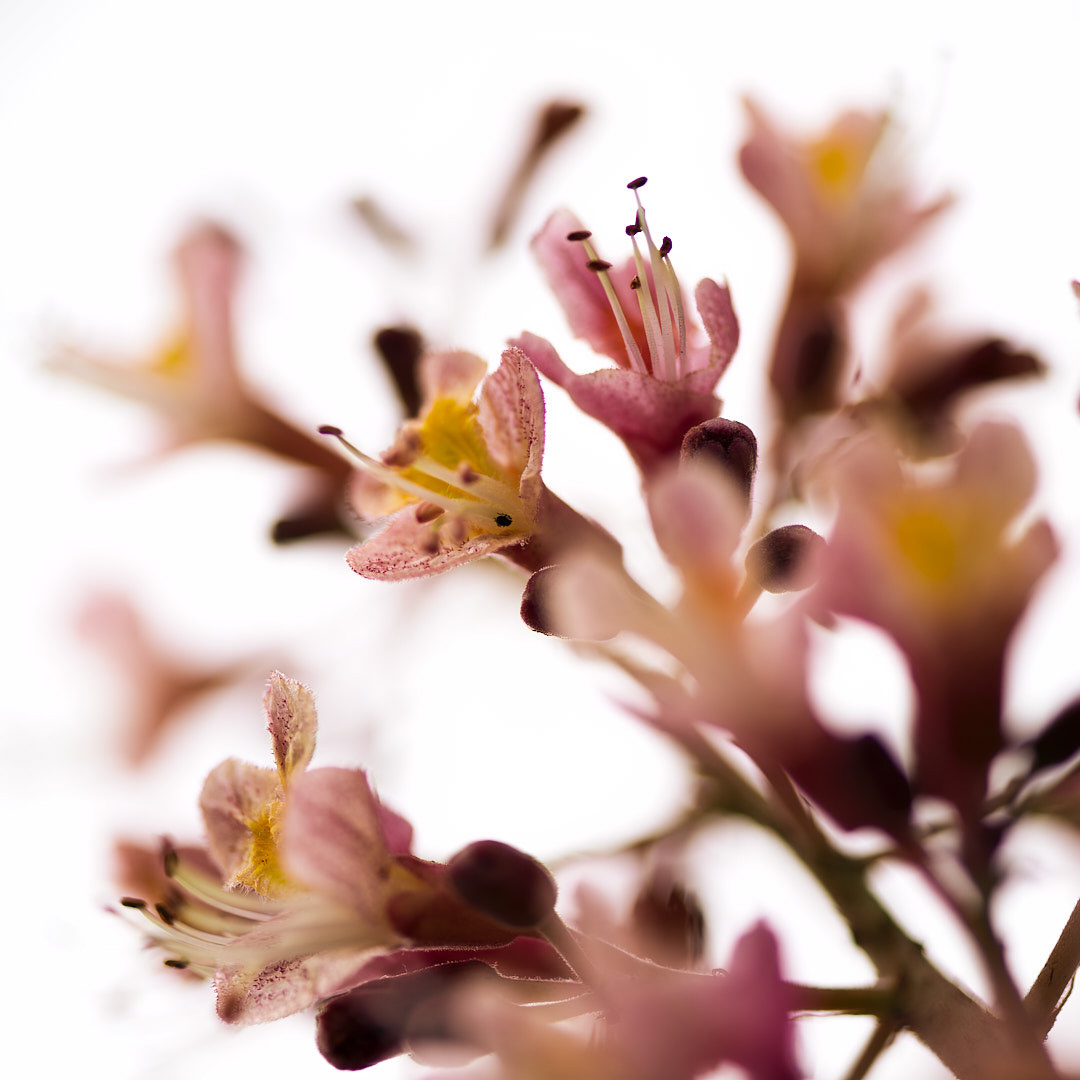
Flowers

More flowers and grass
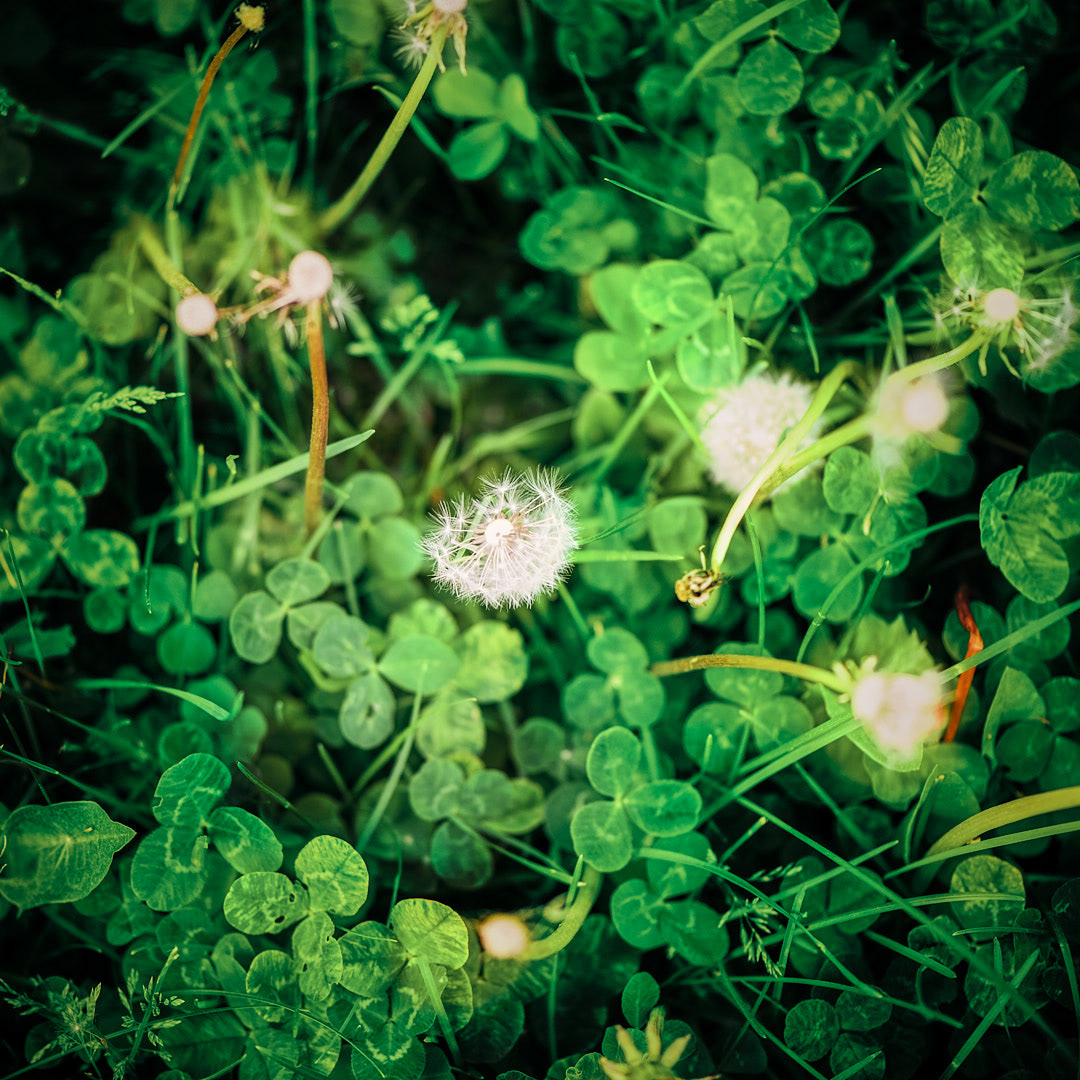
Dandelions
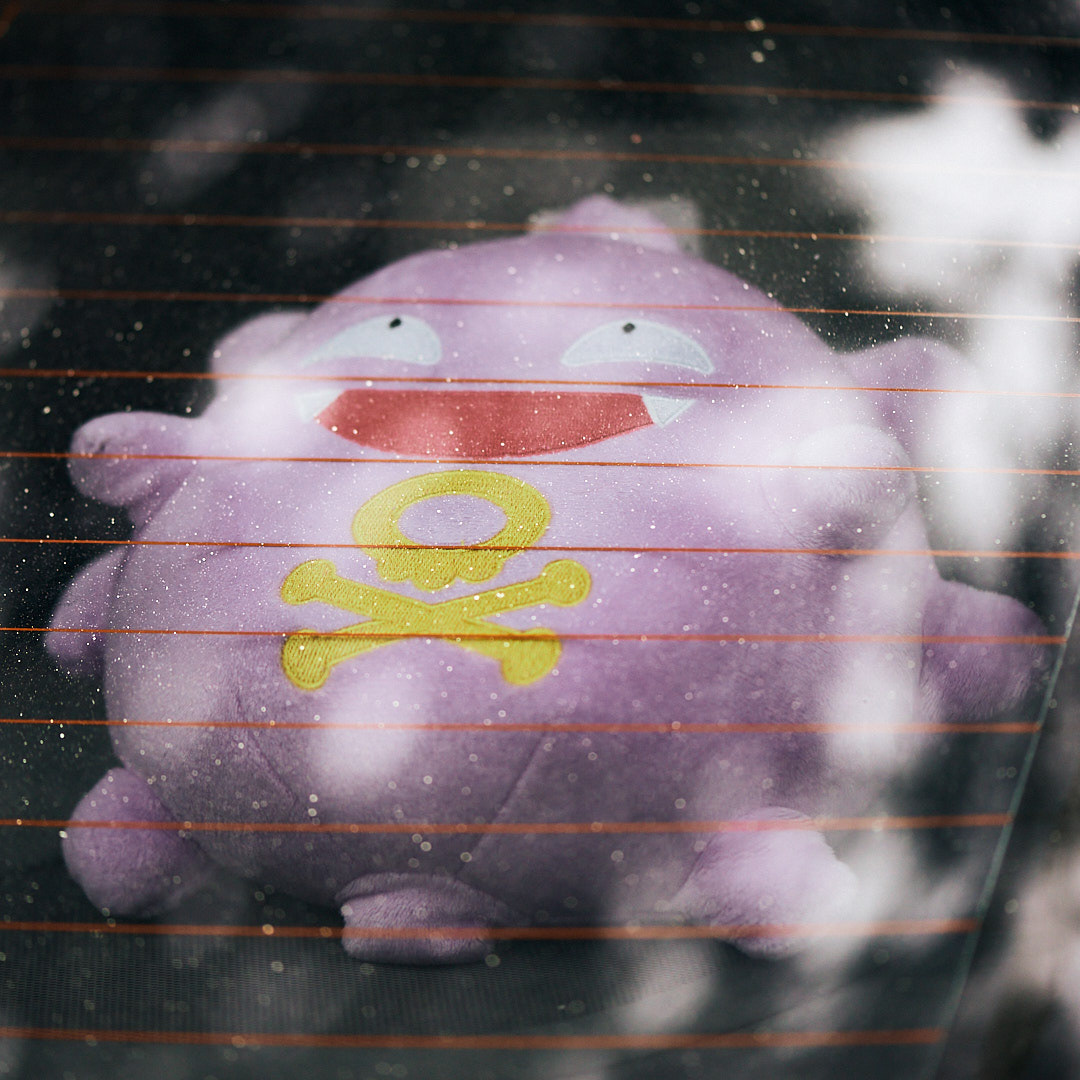
Coughing virus
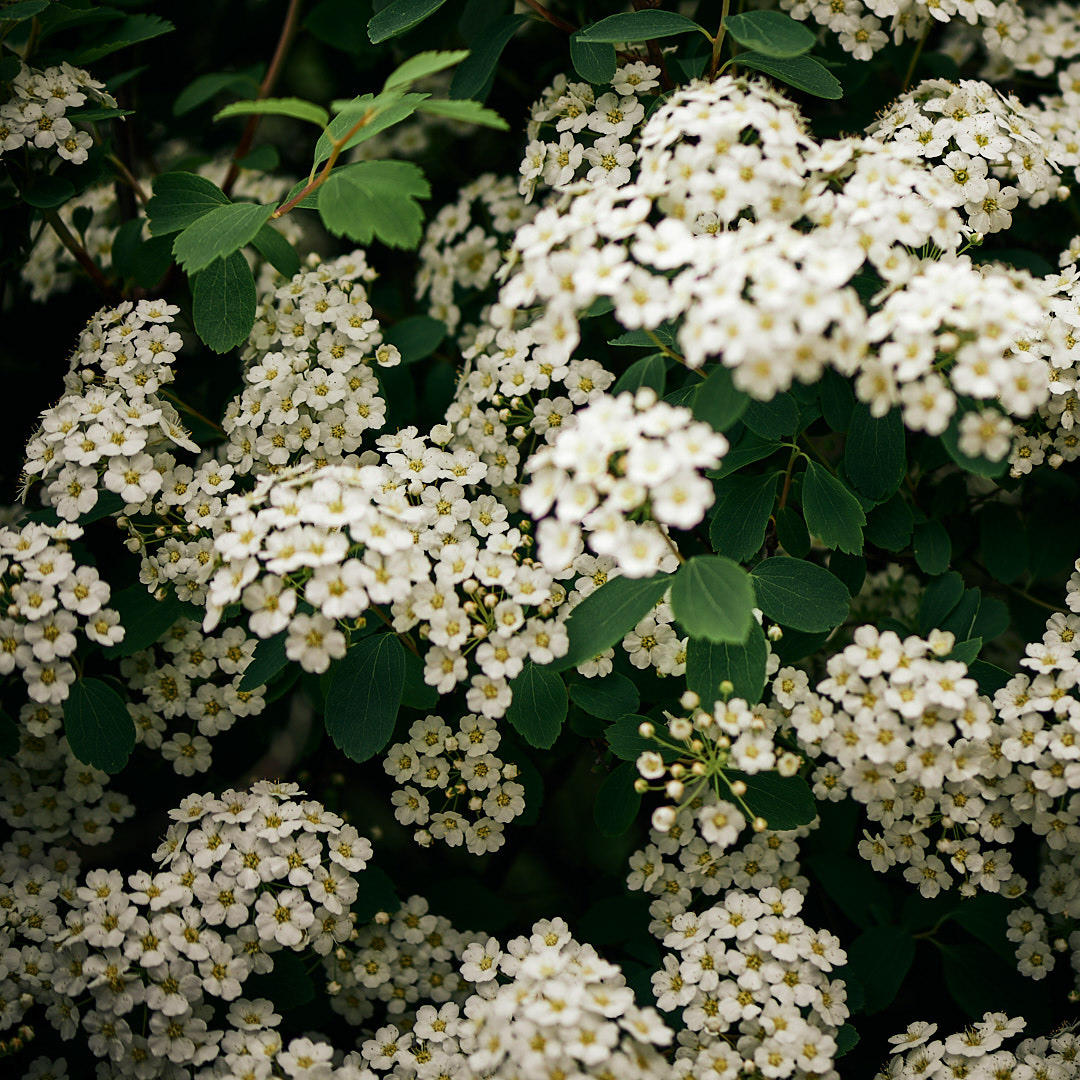
Flowers (far)

Flowers (near)
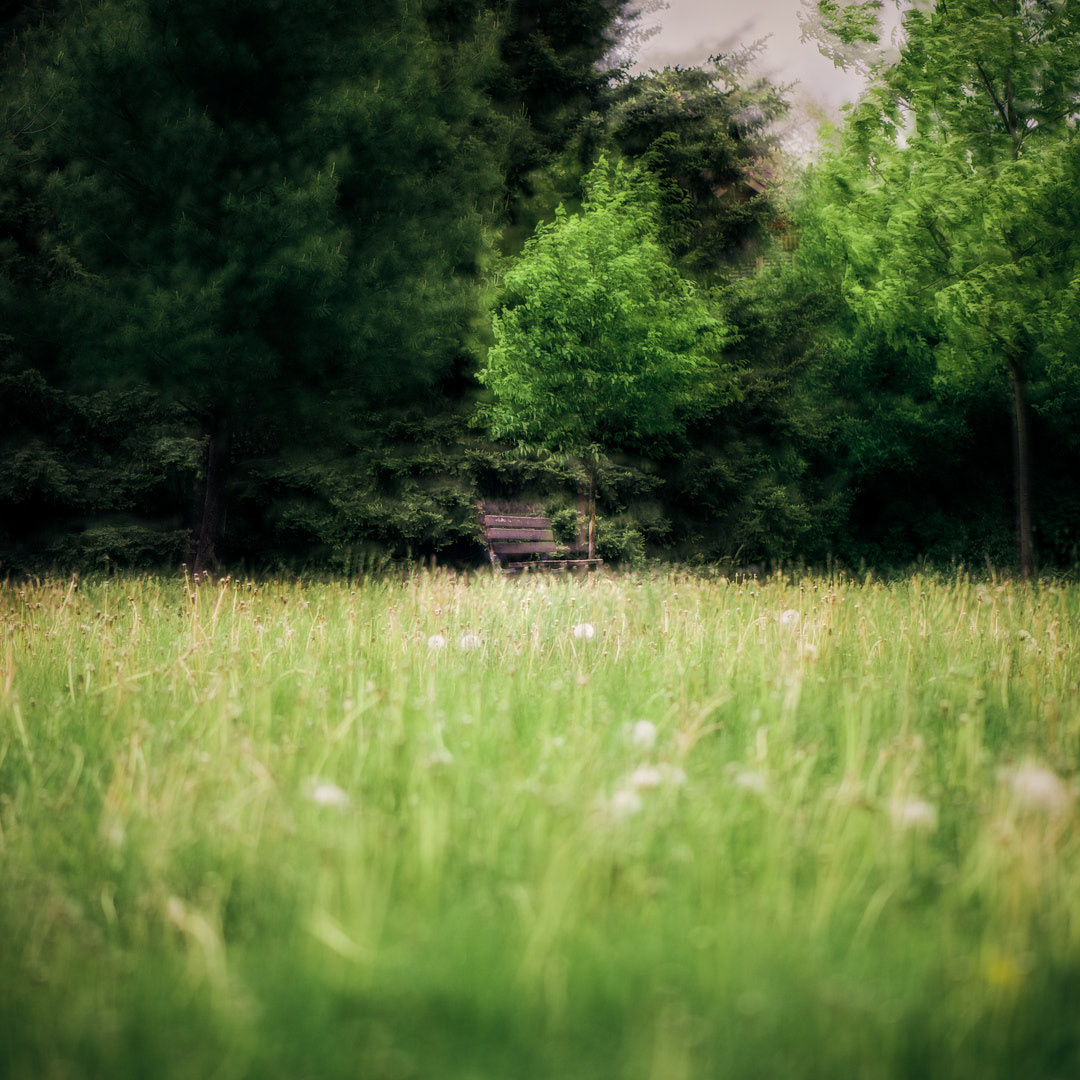
A bench with vertigo
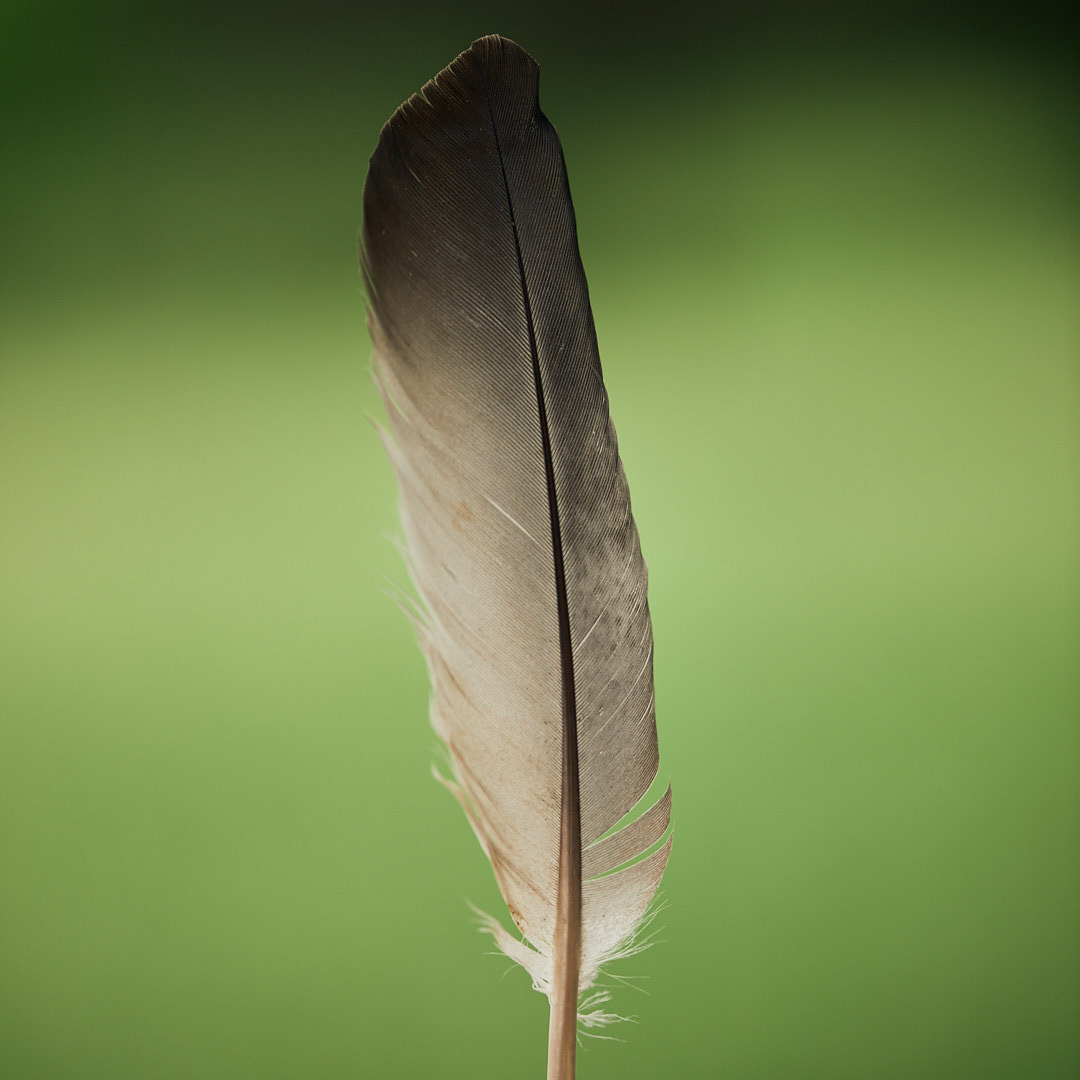
Feather (far)
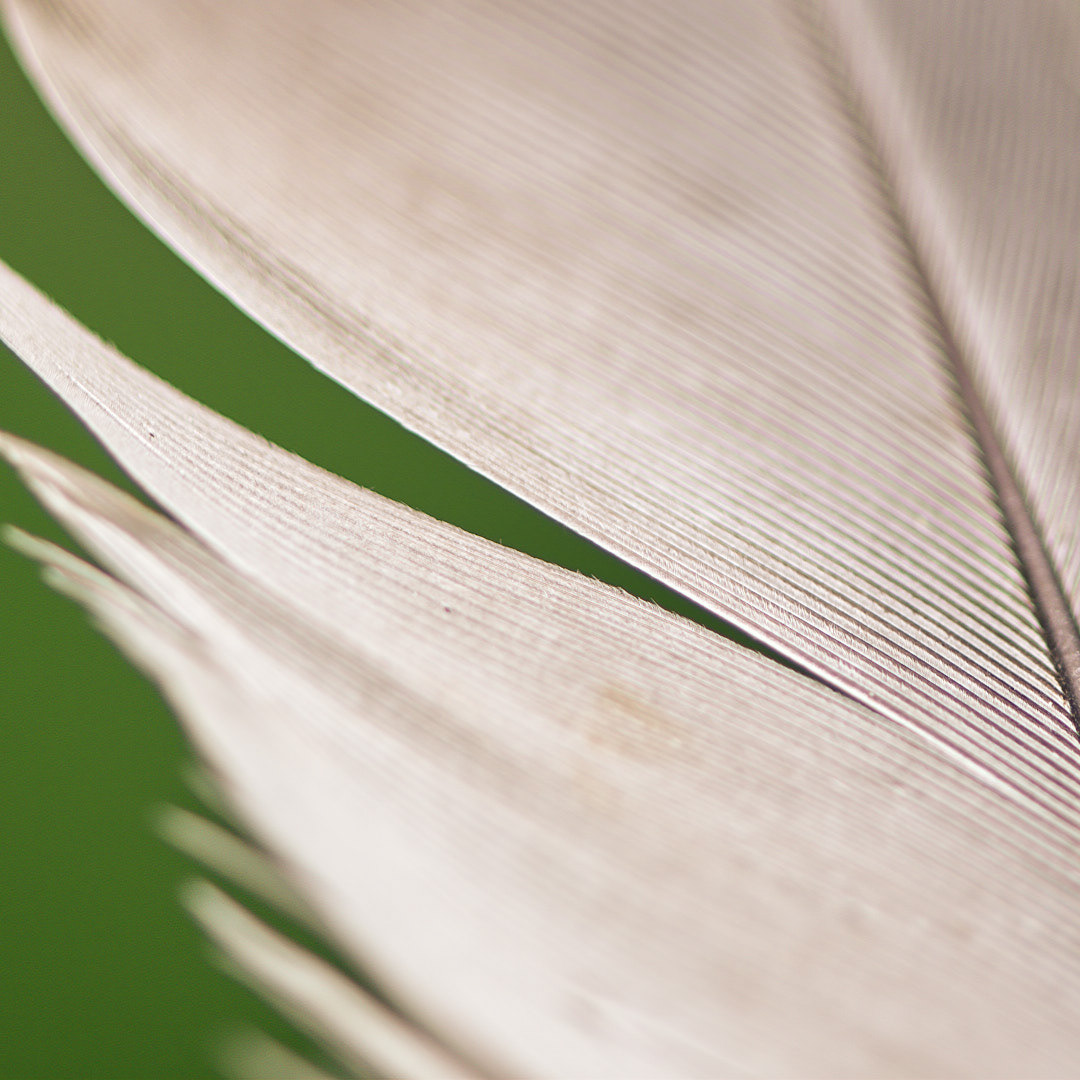
Feather (near)

Mr. Squirrel (far)
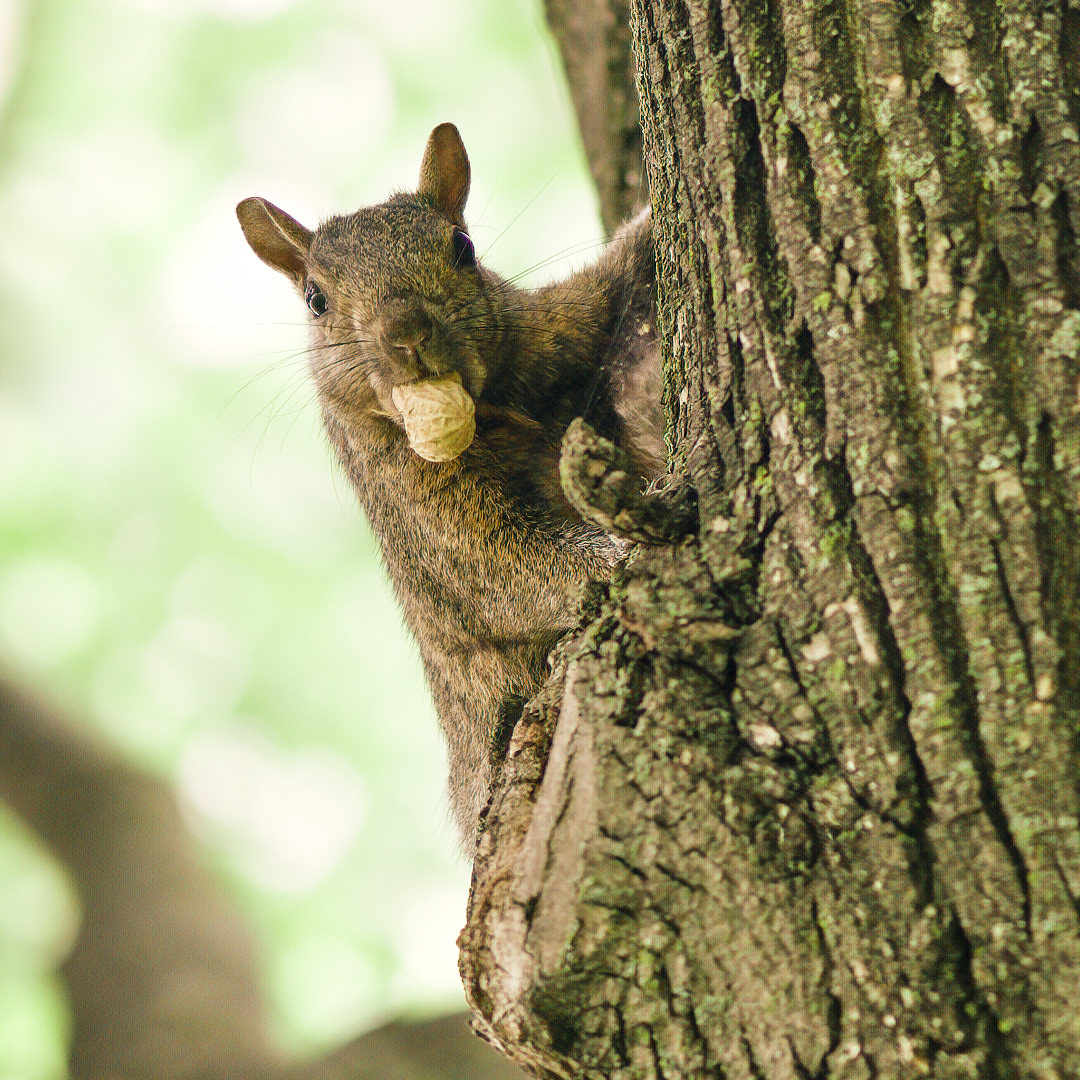
Mr. Squirrel (near)
Things--Far and Near Part 2
May 21, 2020
Fascinating how everyday things look and feel different through a macro lens. With restrictions on social isolation slowly getting lifted, I look forward to evenings more than ever, because I get to take a long walk around the neighborhood with Christmas (our dog) and just let myself be surprised by the same plant over and over as it changes with the passing of the season. Part I is on display only on my personal instagram.
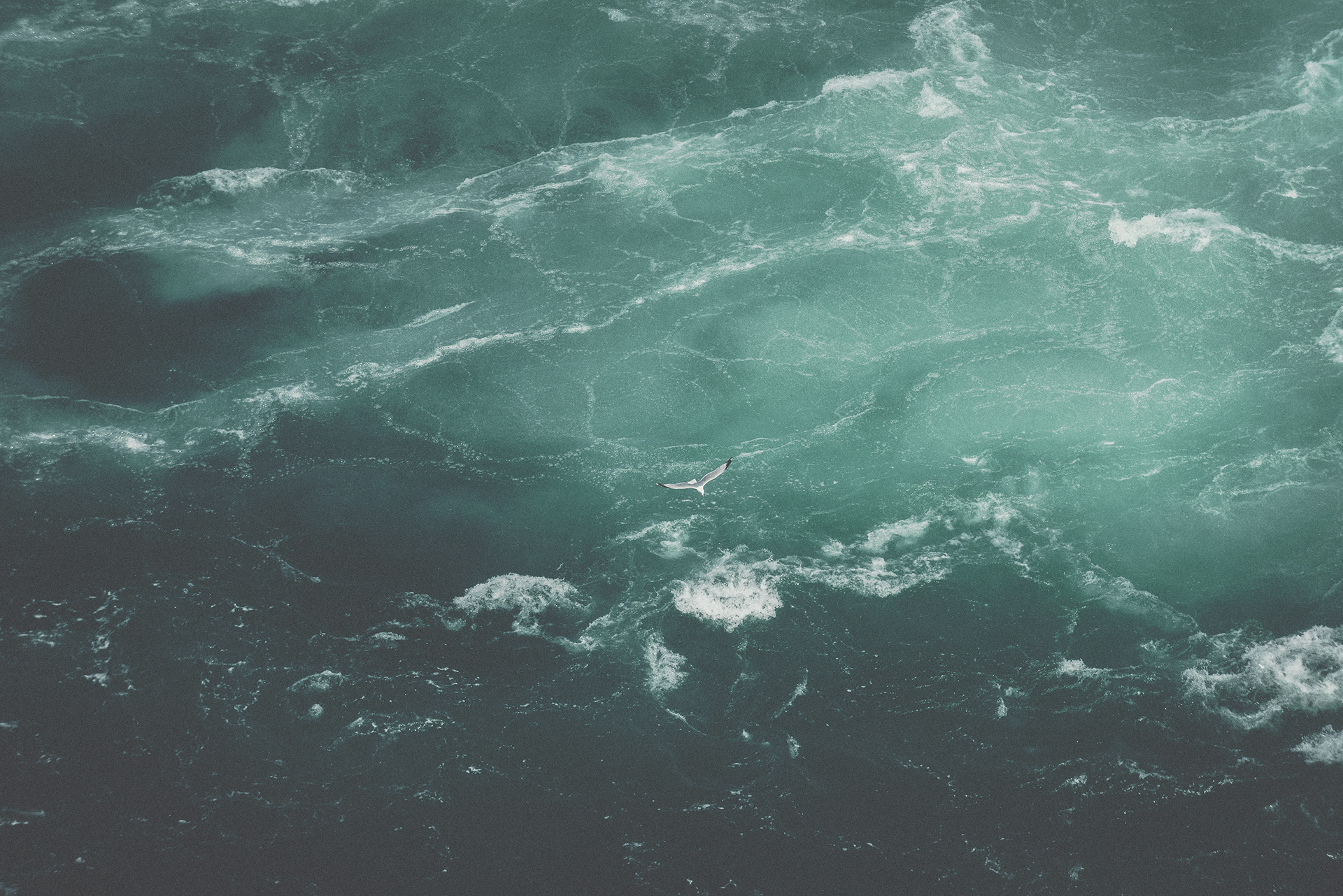


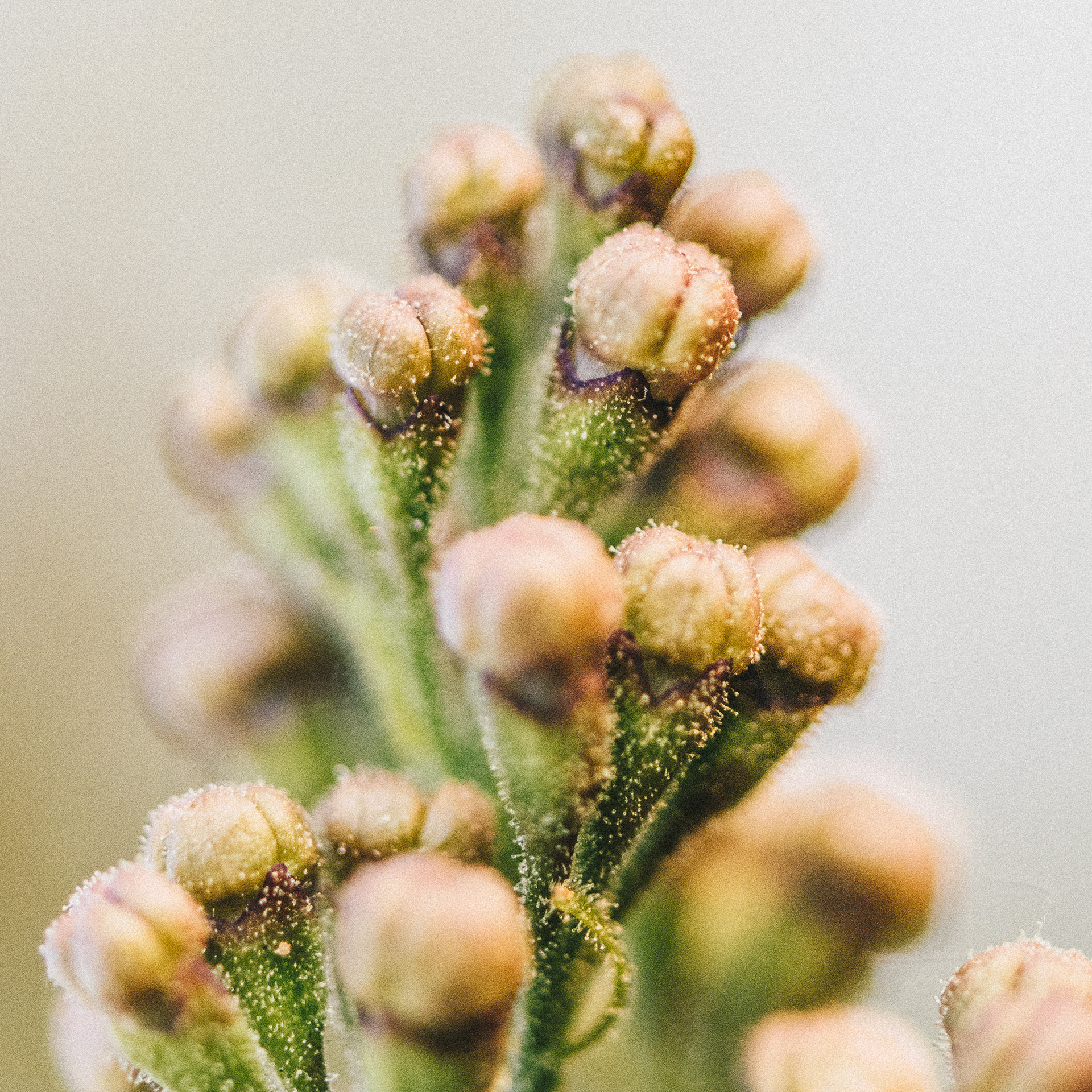
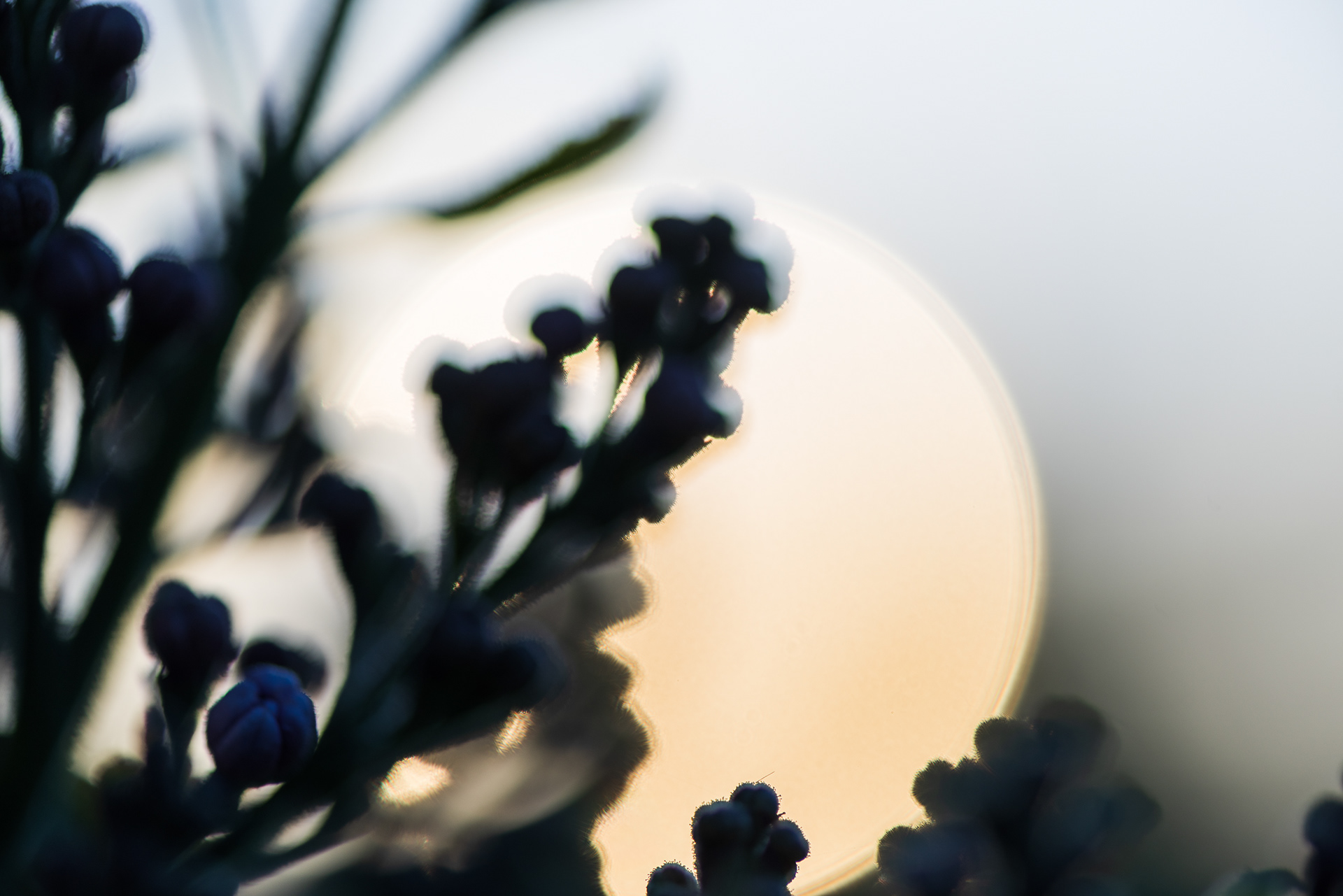
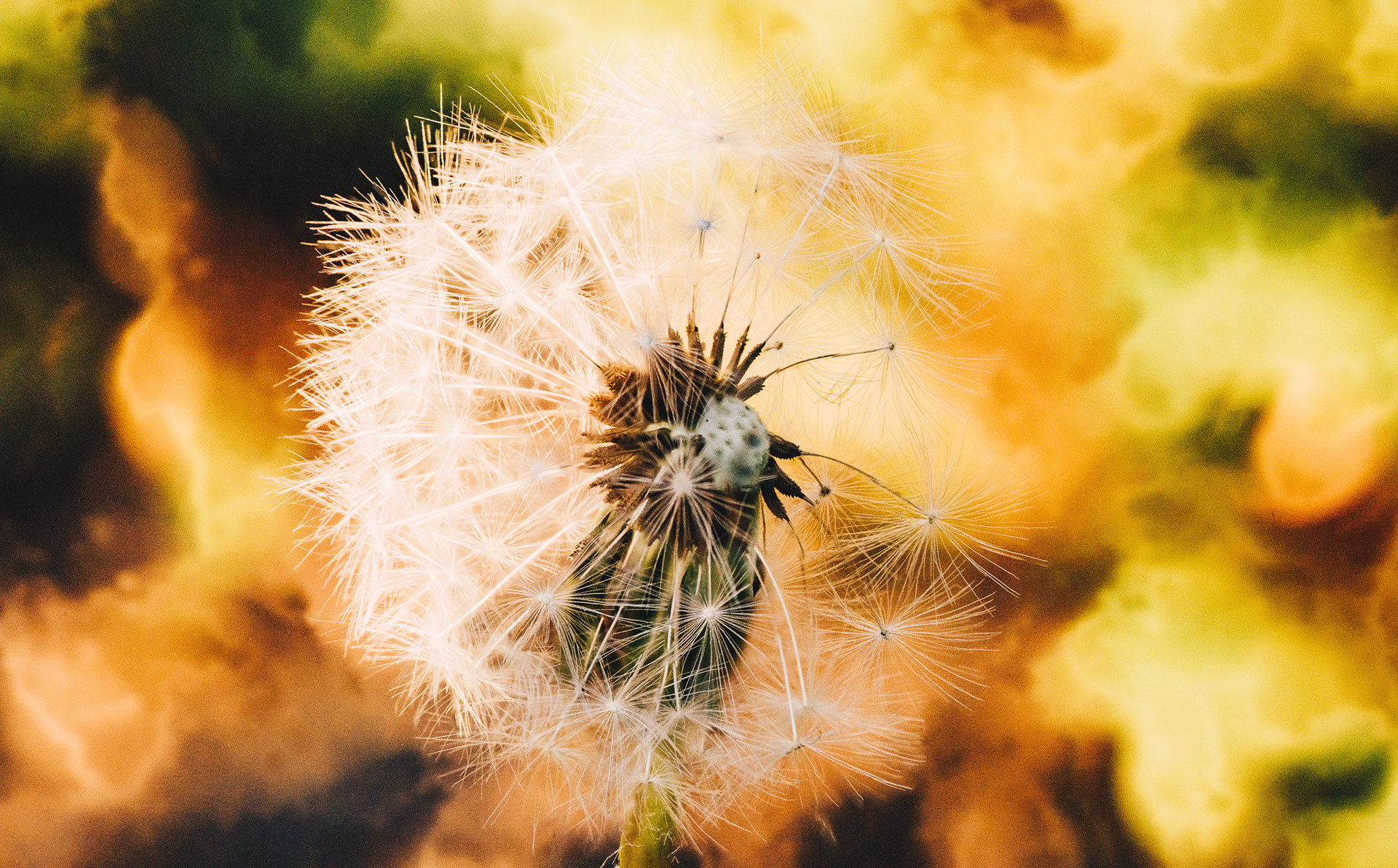
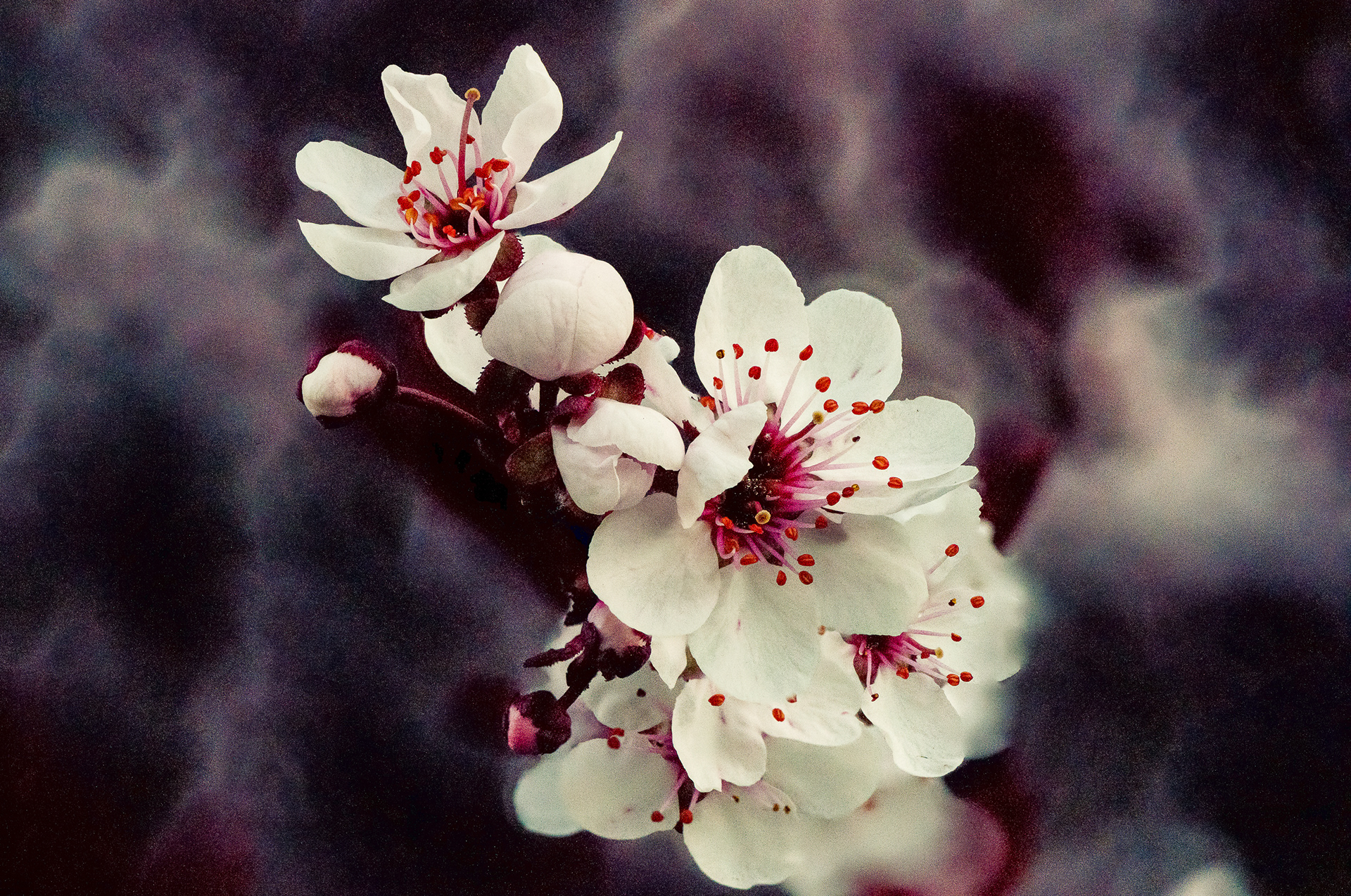
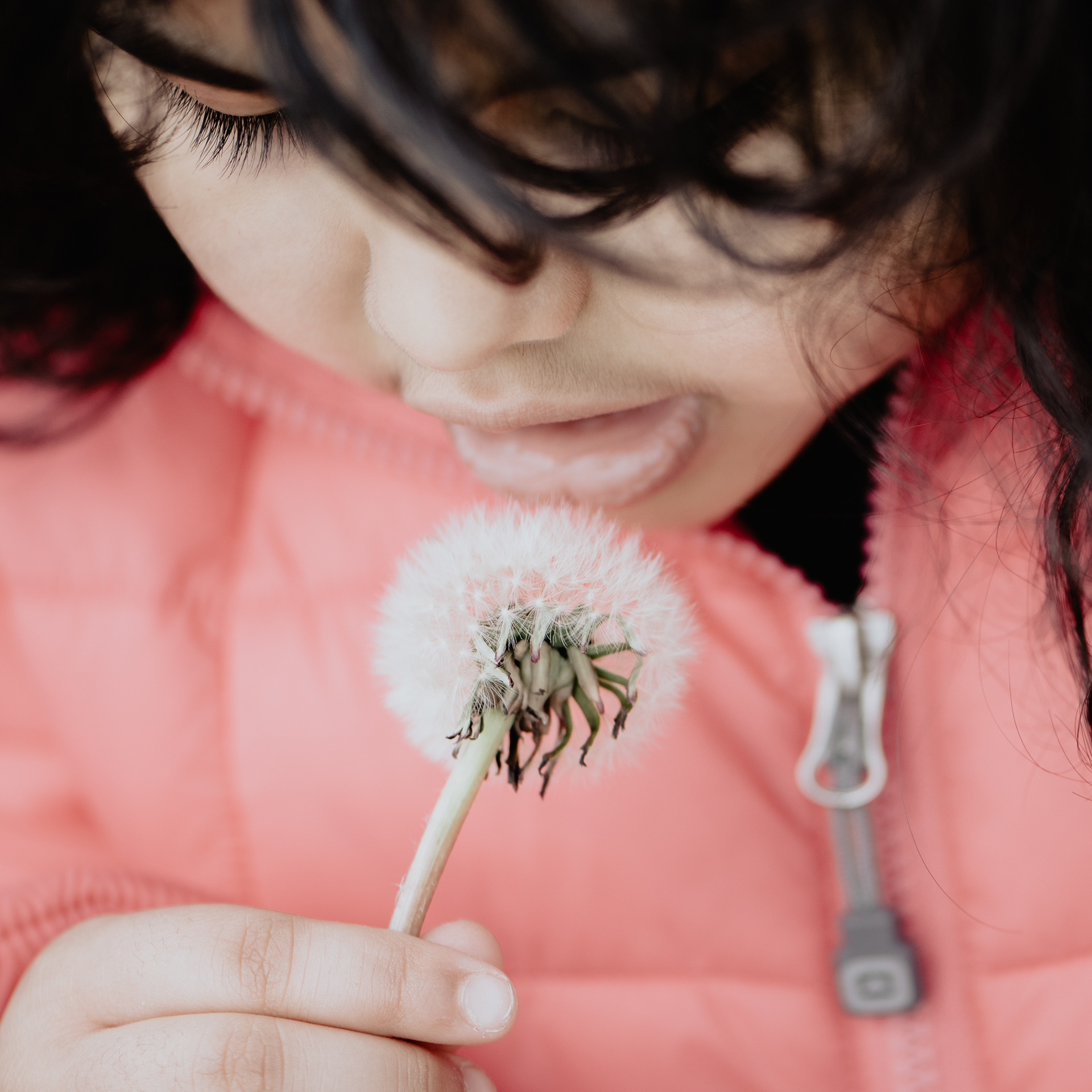
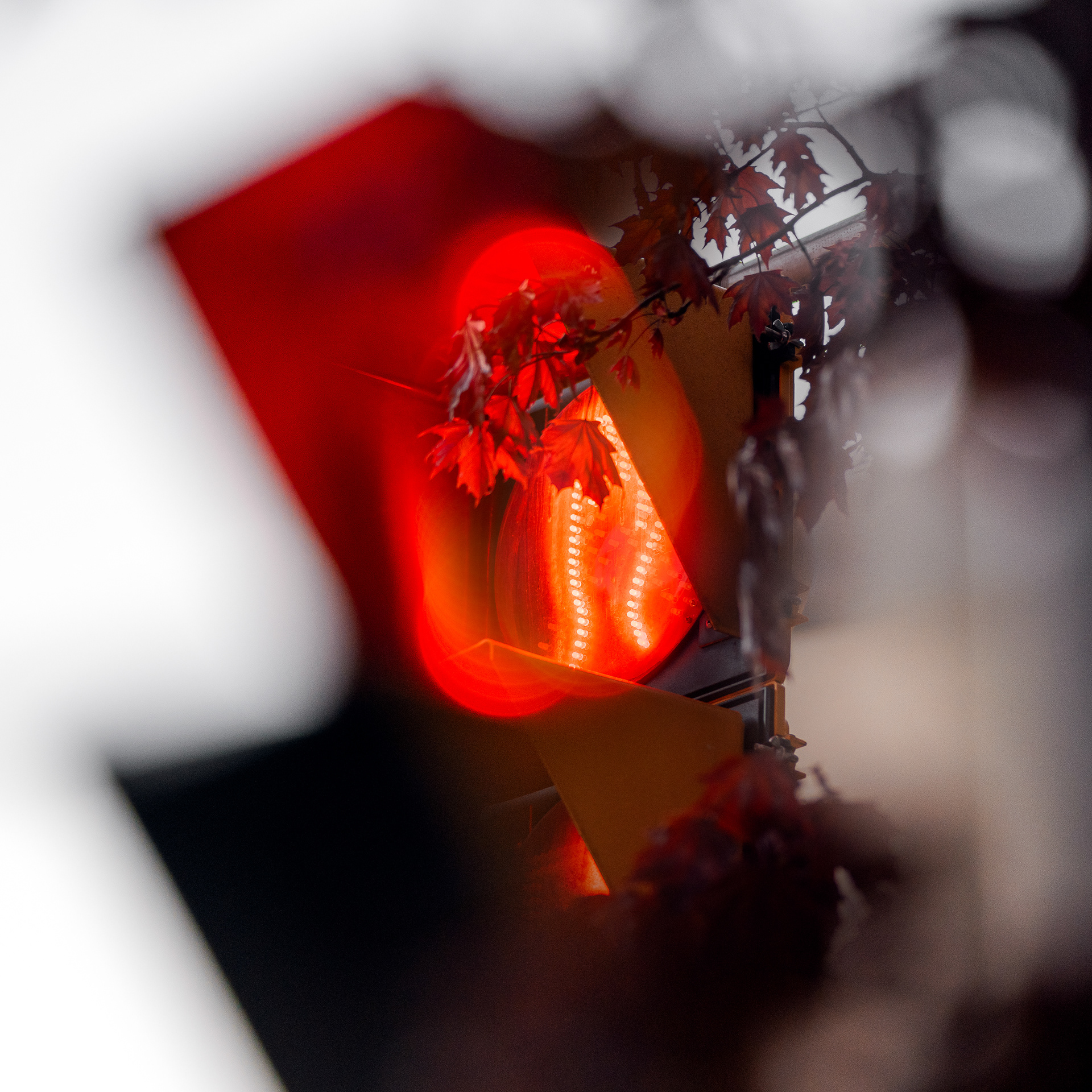
Coronavirus diaries
May 19, 2020
“It’s like the Disney World of commercial photography!” I uttered to myself the first time I crossed the doors to TC Transcontinental Studio A, back in early Spring of 2018. Before me, a gigantic conic wall erected itself dozens of feet in direction of the sky, and extended so far in one direction I couldn’t see the end of it. The words “megacove” were etched right at the top in a playful green font. The latticework of metal and plastic growing out of spider-like tubes was overwhelming, and I almost missed the life-sized two-story house front on my left side. I tried to look calm and composed, so I wouldn’t look as green as the fake grass bracketing the front porch.
I knew from my previous research that TC was founded in Montreal 40 years ago, and focused on commercial printing and packaging. I knew it was Canada’s largest printer with 9000 employees and over 40 operating facilities world-wide. I also knew that its specialized in extrusion, printing, laminating and converting plastic and paper products. In sum, nothing that had to do with photography. Yet here I was, in the middle of an interview for a production assistant position at TC’s premedia branch. I repeated in my head for the tenth time that day: “A production assistant is someone who engages in large and small tasks on set, including gripping, setting up gear, moving, painting, cleaning and styling props, replacing batteries, tearing down sets, and generally makes the life of a photographer easier.” I had a harder time remembering the definition of that other word, premedia. The premedia department barely figured out in TC’s website, which only referenced it as the team that dealt with the creation of still and motion assets—though later I found out that the word acts as an umbrella term to reference the processes that take place between an initial idea and the production stages —production being the actual printing, labelling, distributing, etc. As my guide and I walked passed a handful of smaller studios, I made mental notes of the products being shot: fashion stuff, food, home tool, toys, cutlery, pharmaceuticals. Most people greeted me with an honest smile and a firm handshake—the work environment, despite the seriousness of its nature, appeared jovial and oozed camaraderie; people seemed engaged in their jobs, and walked with the bouncy gait of someone who enjoys what they’re doing. When the tour concluded some 20 minutes later, I was ready to make them them an offer to let me stay.
Miraculously, my guide (then lead assistant Emily Wayward) offered me a spot as a production assistant and asked me about my time availability. I had just been accepted at Humber’s photography program and didn’t know my schedule, but ventured I’d manage a few days a week of availability—and then everything went south. Emily was a Humber graduate said something about how tight academic deadlines and long assisting hours did not mix and casually added “come back when you’re done with school.” At that was it.
Fall 2018 arrived and with it, the first classes, new friends, exciting challenges—I moved TC to the back of my head. Some time later I found myself in internship preparation class; as the presenter went over several organizations that had provided students internship opportunities in the past, I began wondering about Emily. Had she sat in a similar class some time ago, wondering on which of these companies she had a better chance of being accepted at? I mentally revisited the big warehouse full of cables and devices I couldn’t name before and discovered that I could now recognize and use most of the gear I had seen. Focused on this, I almost missed the announcement the presenter made, about a large commercial photography organization looking for interns. TC’s logo was not in the slides, but I sent out a quick email inquiring more about the organization. The email I received back indicating the contact information had a familiar name on it. It was Emily’s.
After exchanging pleasantries, Emily W. (who by then had climbed the corporate ladder) connected me to current lead assistant and, moving forward, my internship boss: Emily V. A meeting was scheduled for the following week, and just like that I was back at TC. The day we met, Emily and Emily took me on a guided tour, again introducing me to the staff we ran into. Out of these folks, several became key figures on my internship: Ethan, senior assistant with quick feet and wit, and the chilled-out looks from a certain Scooby Doo character; Margaret, the prop stylist with a stern face, heart of gold and propensity to get hurt on the job; Jesse, the lead photographer, tall and elegant, and whose eyes can estimate incident and reflected light within a quarter of an f-stop. Throughout the tour what struck my attention the most was how everything remained just as grand as I remembered; the house was just as wide, and the mega-cove, just as tall, the light modifiers just as exotic. When the tour ended, I was offered a position as an intern, and asked about my availability— with the kind of tone that implies they could use someone right away. I took a deep breath, and explained that I was meant to start next semester, but could start right away if I spoke to some professors first. When Emily W. Began stating the importance of not mixing long internship hours with school I felt my knees go weak; but then Emily V. intervened: “winter is slow season, we don’t want interns getting bored so we usually have only one spot. If you want that, it’s yours.” I resuscitated myself. Later I would find out Emily V. too was a Humber graduate; not too recent, but more recent than Emily W.—Humber graduate solidarity?
Being a production assistant in a large commercial photography enterprise was not a glamorous job. But then, I did not expected it to be, and found my time at TC immensely rewarding because of it. That’s what I say when someone asks me about the everyday life of an assistant; the reality was different. At school I had repeatedly heard statements like “an effective assistant anticipates the need of the photographer” and even though that was in the job posting I had applied to many months ago, I expected this to be a figure of speech, meant to encourage people to be on their feet— focussed and not distracted, with actual tasks along the lines of folding soft boxes and setting power outputs more than hand trimming rubber “hairs” from new truck tires. I was wrong.
On my first day as a TC intern I had the good fortune of being paired up with Jesse, who was busy “prepping” a scene for a home hardware manufacturer featuring an array of aluminum and plastic cabinets of different sizes, piled atop one another, with a waist-height drawer in the centre and glistening silver tools hanging from a pristine plastic brown tool racks. A love letter to DYI home owners. The client, a large manufacturer with nation-wide presence, wanted the scene shot from the POV of a potential consumer, and lit as if the mid-evening sun was hitting through the open door of a double-door garage. To be involved in something so important right off the bat was reassuring and gratifying, so when I was given a windex bottle an industrial-size Kleenex box, and told to clean the already clean-looking aluminum panels, I figured this must be some kind of initiation. I obliged and cleaned up in a way that would have made my mother proud, and returned to the photographer, who glanced at the cabinets, told me to do it again, and left. I made a prayer to the spirit of Mr. Clean and returned to my task. About 15 minutes had passed when there were no more places left to clean, that the photographer returned. I left the set, and he took a shot. I glanced at this screen. Impossible to see to the naked eye with just available light, under the harsh unforgiving light of two 2400w/s Speedotron strobes, the faintest imperfections and fingerprints in the material jumped out clear as day. He kept comparing the latests shots, and I again prayed to Mr. Clean. In the end, he said “ok” and turned to talk to a producer that had materialized behind us. My mentor came to pick me up and we moved onto the next task.
Throughout the day I had brief interactions with other photographers. One feature they all shared was how meticulous they were in their approach to a shoot. Naturally, they all received a sheet with the specifications requested by the client —size, angles, overlays and so forth, but they would spend quarters of an hour pondering whether to use this modifier or that, moving a tiny little detail half a millimetre to the left, or to the back, aligning pieces of marble against drywall so as to reduce the gap between the surfaces by negligible (to my eyes) amounts. I did not understand this particular part of the process —of course a commercial photographer wants to ensure the least amount of retouching post-shooting, but at first it struck me as obsessive, bordering on busywork. The rest of that first day, my tasks were sort of mixed: moving sets, folding cables and yes, lots of cleaning. By the time 5 p.m. rolled around, I found myself across the room in which Jesse was having an animated conversation with the producer from earlier. Thinking it might be impolite to leave without thanking him for the experience, I made my way there and ended up catching a bit of the conversation they were having. Jesse then uttered, exasperatedly “tell them it’s the material itself, it is not dirty, I saw Carlos clean these cabinets twice!.” And with that, I turned around and left. The lesson I learnt on that day is that no matter how small or menial a task might be in a commercial studio, it matters.
As for the rest of the internship—it was just as Emily V. anticipated, some day were busy—multiple photographers and prop stylist would request assistance at the same time; and others, like on days where video was being recorded, not so much. While silence was a convincing reason to stop all nearby work, the long pauses between the beginning and the end of shoot surprised me, considering how the isles labeled “to be shot” never seemed to grow any smaller. Eventually I learned that there’s a moment after a shoot in which nothing can happen at all—when the producer is waiting for feedback from a client. While clients were often on site, most of the time they do remote supervision, so the team has to wait for them to review the proofs before proceeding to implement the revisions, or tearing down the set to start a new product shoot. During those dead moments, assistants scramble to make themselves useful—either by catching up with their list of tasks (which everyone receives at the beginning of the day via text message), by picking up and reorganizing old gear or, by far my favourite activity: come up with a personal project, which could include reclassifying effect gels, identifying broken strobe handles, doing major cleanup in the gear area, and so forth.
Every other learning that came after that, screwing large set pieces together, painting apple crates and yes, trimming little rubber hairs out of truck tires, became part of something bigger for me. It wasn’t long before I started to notice that what I was learning at TC was transferrable to other areas, like at home. Soon I began feeling comfortable enough with some tools I had lying around, and began my own DIY home improvement routine at home—tightening bolts and screws, fixing broken toys, replacing car parts (cars lights are surprisingly easy to take apart), sealing gaps in caulking and so forth. Basically, my internship became a Karate Kid experience.
The vastness of the technical prowess of the photographers was something I never grew used to—though this is maybe a result of the invisible wall that existed between assistants and photographers. There are definite roles people have to play in large-scale operations, and TC was no exception; sadly, that meant that I did not get much exposure to photography techniques or etiquette beyond what I could glimpse when I was paired up with a photographers. Freelancers were the friendliest of them all—many openly sharing they were there to supplement their income and “pay the bills”, and their creative processes. These photographers would shoot dozens of minute shiny hardware tools in the morning, and large inflatable flamingos in the afternoon. A few of them were seasoned “ film days“ photographers, I knew technicalities to a ridiculous degree. One of them, who goes by Greg, but it’s not his actual name, taught me about colour balancing on a coloured gel to obtain otherworldly colours in portraits, while another spoke to me about the alien like shapes produced by running images through an abstract computational photography software.
This was an unpaid internship, but it offered back lots in terms of learning opportunities. One moment I’d be helping the photographer make a set for a close cut furniture shoot (which consists of a 4 x 4 plywood piece, mounted on two sawhorses, 2C stands, and a 4 feet wide white seamless paper with a black flag on it for visual flare), and the next I’ll be screwing on wheels on large prop walls, stapling several of them together to make a kitchen scene. All of this, without throwing my back by learning the proper use of tools and dollies lying around the studio (pro tip: surviving a physically demanding job is in big part a direct result of proper tool use.) Overall, it was a lovely experience that left me with much to reflect about—I deeply regret that I could not finish my time with them, as it was shortened due to the coronavirus pandemic. I find myself even in isolation drawing frequently from the knowledge I acquired while I was there to inform my own at home projects. Not all is lost though, as towards the end of the semester I got an email from Emily V., telling me that they had enjoyed having me there, and were looking forward to having me back –as staff! I’m not a superstitious person, and I don’t believe in destiny; but this time, just this once, I’m willing to make a concession.
Coronavirus diaries
April 8, 2020
On any given day this week, jumping on the web is to encounter discounted prints, lightroom presets bundles, licensing photojournalistic coronavirus images, merch, tutorial sales, and home challenges. If one were to roughly classify the way in which most (visible) photographers and content creators are reacting to the world-wide coronavirus-induced quarantine, two large groups would emerge: those who are diversifying streams of income, and those who are about to do it.
Creativity is the name of the game. Many photographers who’ve had their appointments postponed or cancelled have turned writers for larger venues like f-stoppers. F-stoppers, by the way, launched their first ever tutorial sale companion patreon page, and have gone on record to state that all money collected will be donated to charity—so even in the middle of the crisis, some photography outfits are thinking of helping others. That’s reassuring. Full disclaimer—I received a free tutorial from them a few weeks back for a silly Youtube comment that grabbed the attention of Lee Morris, one of the co-founders—so, at least from personal experience, I feel like there are some people out there who haven’t fully turned their backs on others to keep their businesses afloat.
For those of us, emerging artists, this is a unique (and short of another global pandemic, probably only chance) to work on developing a worthy web portfolio and dedicate some time to thinking about developing our brand. It’s too bad there’s no chance to shoot new work, but I have lots of unedited work, or work that needs updating, or remixing. Honestly, many of the home challenge pitches sound very interesting! If nothing else, doing them is a way to feel like I’m part of a larger community, joined in our social distance.
After vs. before. Will I cringe at the new edits two years from now? Only time can tell.
Depending on who one asks, prospects of future work for photographers is going to be either good, or really good—as the postponed assignments start to accumulate, there will be a renewed need for photographers to shoot everything from commercial fashion to industrial architecture: people and industries alike want to show the world they’re still alive, and as the saying goes—an image is worth more than a thousand words. We have to be ready.
In one week, school semester will officially come to a close; there will be no more assignments, but the ones that we create ourselves. From personal experience, no task is harder to complete than one without a deadline—so I’m creating a calendar for myself—and for the rest of the family. Humans thrive on routine, and we’ll have routine in this house even if I have to micromanage every waking moment
Quarantine-inspired family schedule. I again forgot to schedule time for wallowing in self-doubt and anxiety.
My wife’s work was deemed essential, and luckily most of it can be done remotely; but we also have a two-year-old and a four-year-old, who are at the best of times already quite time consuming. If I am to produce anything besides anguish and stress for others, I need a few sacred hours where I can just focus on work without having to worry about singing the sixteen variations of the wheels on the bus in two tonal scales at the same time. A calendar takes care of that—in theory. I also have this list that I’ve been filling for about two years—I call it “Photo stuff to do” and has dozens of items across several hastily made categories, including “marketing”, “exciting new capturing techniques,” “portfolio” and “social media.” Many of the check marks are empty; they will become my goals for my upcoming weeks.
I cannot tell whether having a calendar will be helpful in helping me achieve my photo goals, modest as they are—as Helmuth von Moltke the Elder famously put it: “no plan survives first contact with reality.” I’m paraphrasing. All I know is that without organization, there will definitely no goal achieved at all. But maybe that’s fine too—after all, my children are excited about this extended weekend in which mom and dad and their grandma and their dog are all together, 24 hours a day, every day. And, after the initial panic, I am sort of excited as well. Work comes and goes, but my children will only be this small and cute for a little while longer. I want to enjoy them as much as I can—so spending time with them was the first thing I added to my calendar. How will I fare in my mission to balance personal and professional life in the times of coronavirus? Only time can tell.
-Carlos